
For me, my biggest wish in July is to go to the newly opened Pudong Art Museum (MAP) .
Unexpectedly, your thoughts are also true!

The reason why I planted Pudong Museum of Art was because I listened to a podcast: "The almost luxurious Pudong Museum of Art made two Shanghainese so excited."
I listened to it before going to bed. I was so excited that I couldn't fall asleep after listening to it.
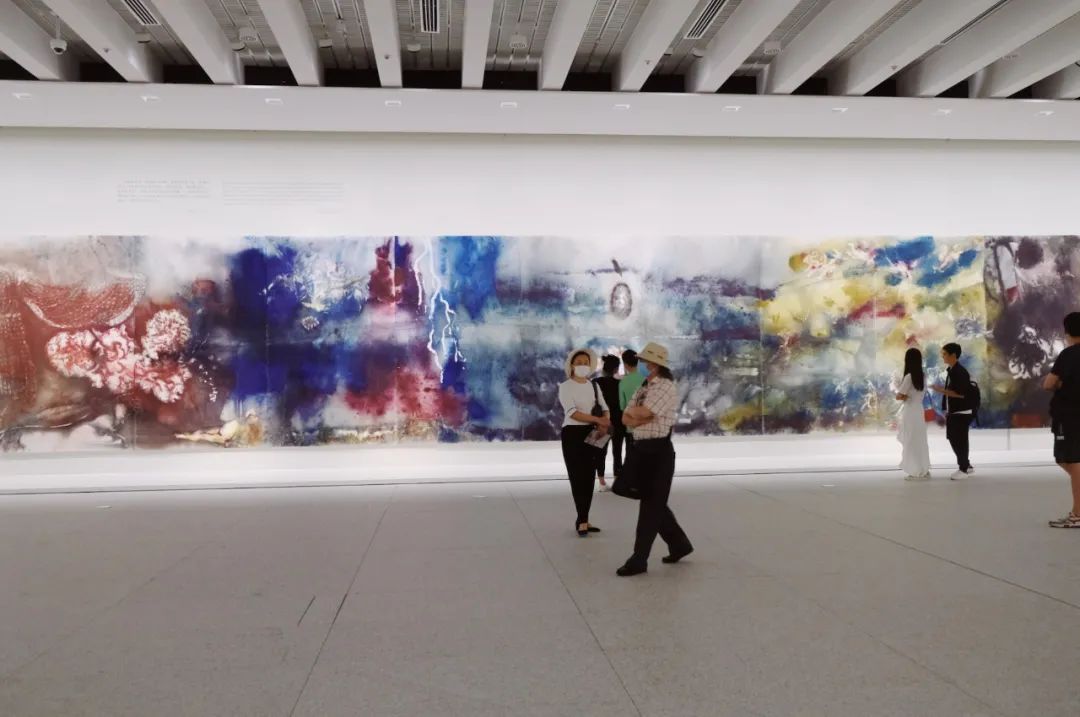
"This is a rare thing. We rarely see in our lifetime that the ranking of art museums in the city we live in has undergone earth-shaking changes." It is this mysterious thing that landed on the Huangpu River. White box.
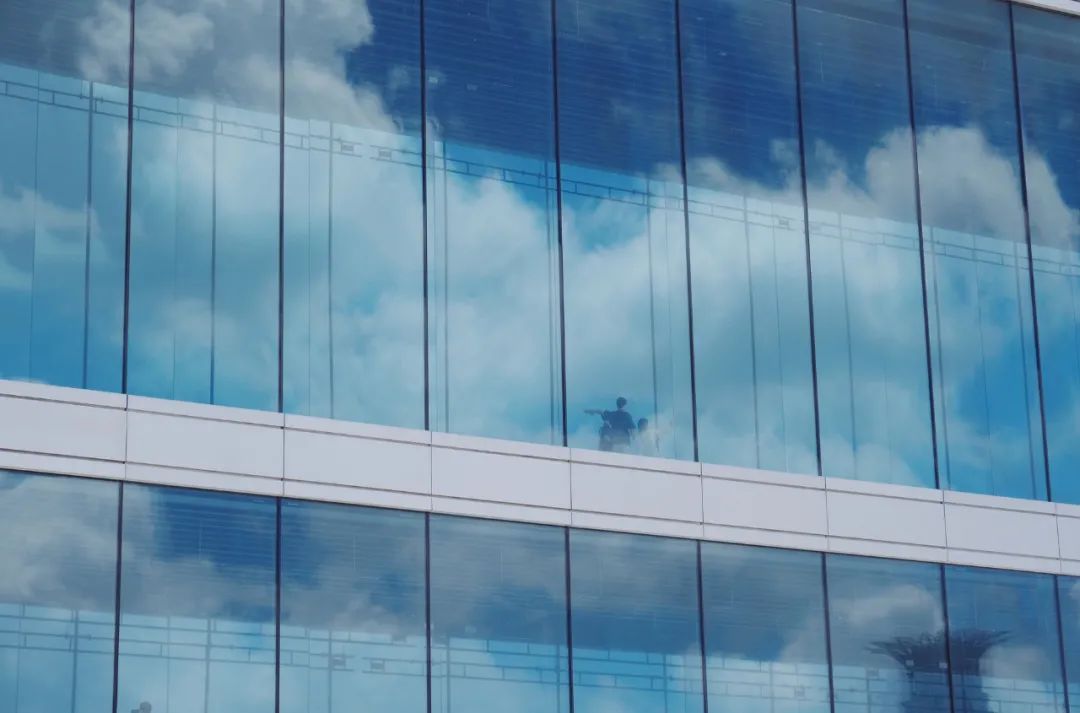
So on a day with a high temperature of 37 degrees, I decided to take the high-speed train to Pudong early in the morning. I walked 20,000 steps in the square art museum box and spent 7 hours in a crazy exhibition. Because the concentration of art is too high, I feel a bit mentally deprived of oxygen.
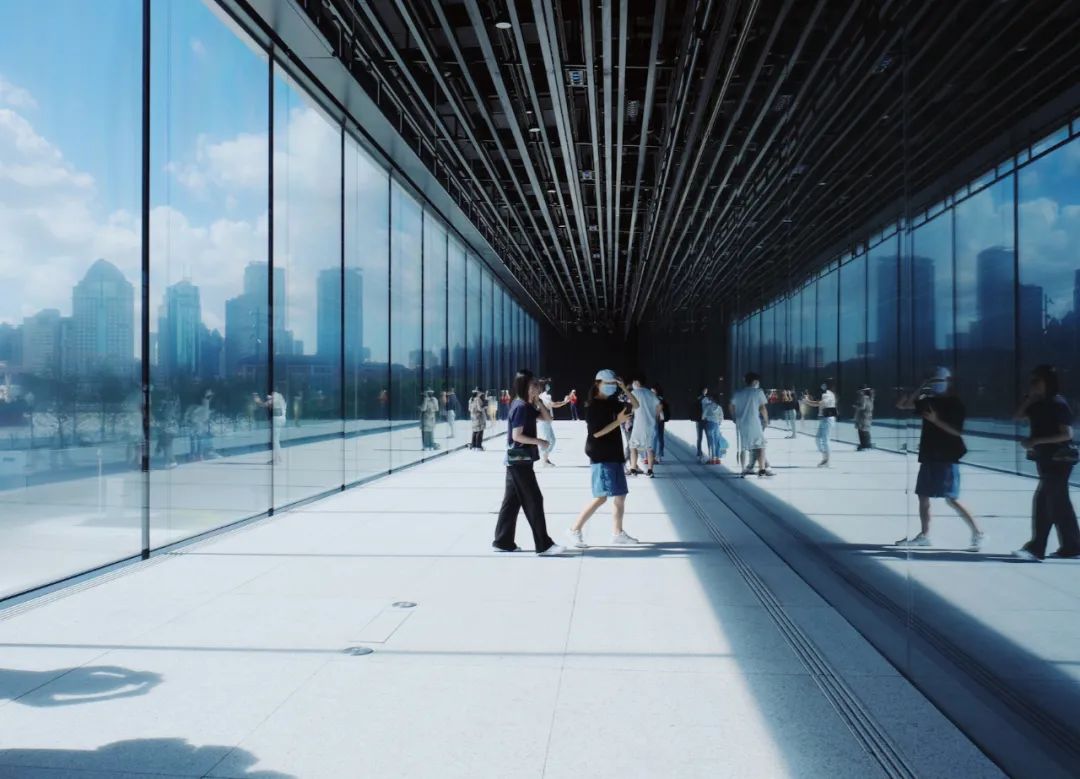
I just came out of Pudong Art Museum, and I would like to give you 5 high-energy warnings.
1. If you are in Jiangsu, Zhejiang and Shanghai and are still interested in art, come quickly and don’t hesitate! It’s also worth beating up friends who are a little further away.
2. Judging from the current exhibits, it is likely to become the top contemporary art museum in China.
3. In the most expensive place in China, there is an art museum that does not make much money. It is incredible.
4. The art museum is big and cool. In addition to hiding in the mountains, it is also a summer resort.
5. Designated day tickets for 3 major exhibitions are only 100 yuan on weekdays and 150 yuan on weekends (To tell how good it is, I can even turn into a host to sell it)
6. You can only take a quick look at the exhibits in one day. It is even recommended to come 2-3 times to slowly experience the exhibits.
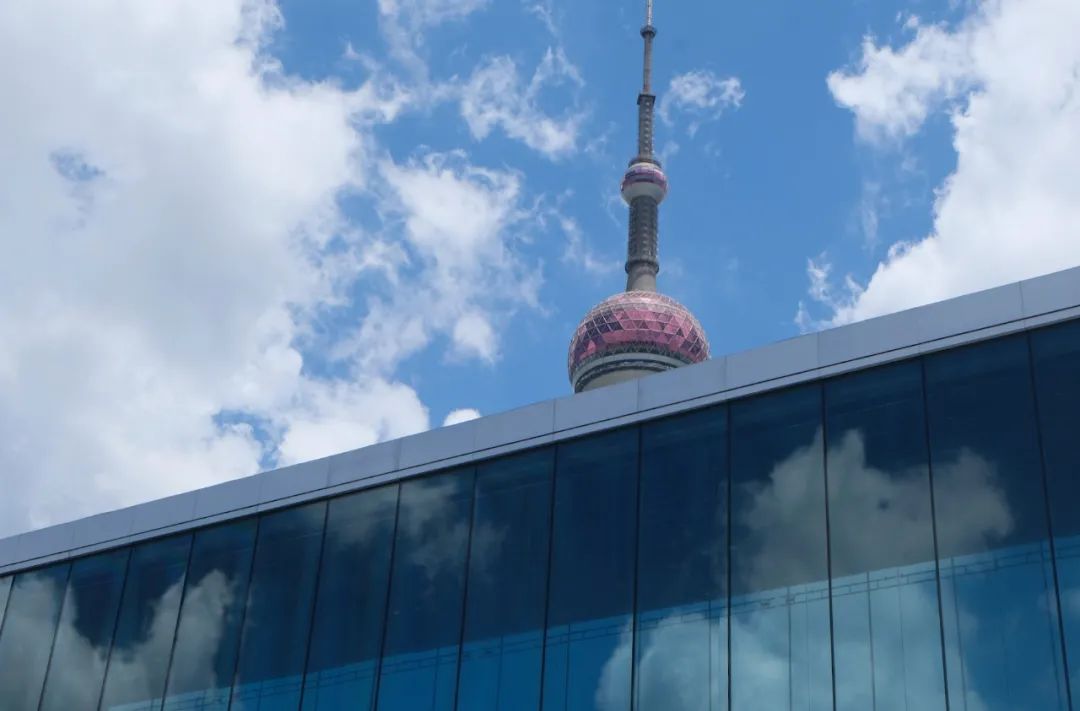
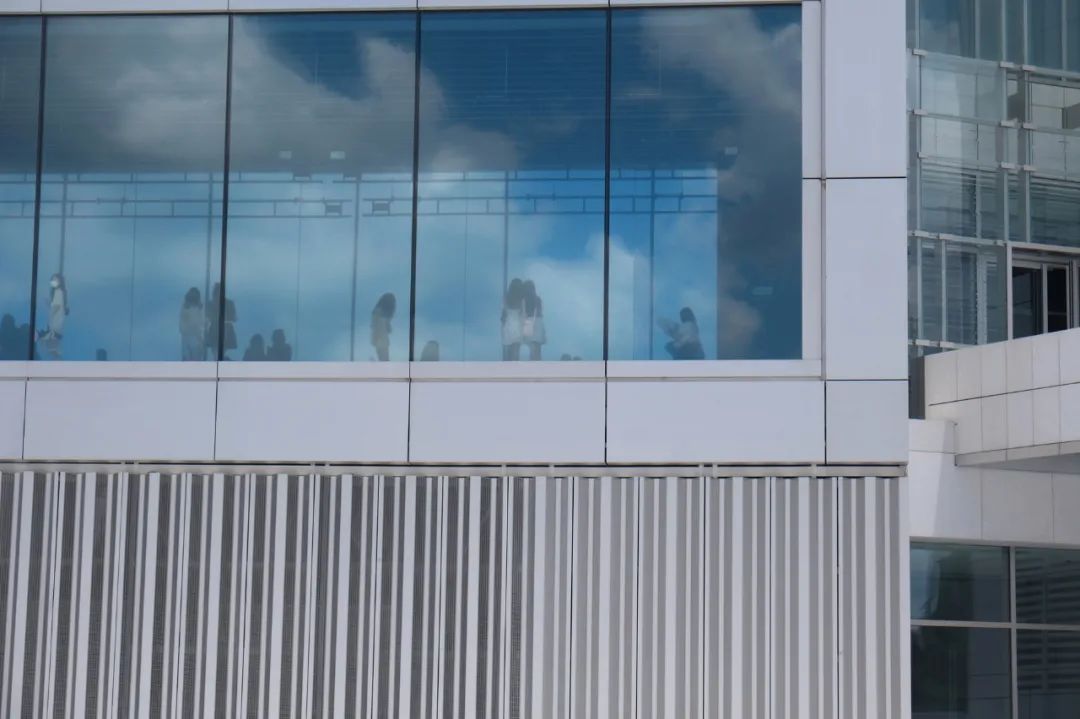
Chinese culture is extensive and profound, and there are many museums. Most provincial capital cities have excellent museums and cultural relics. But when it comes to art museums, the high-quality ones are basically concentrated in Beijing, Shanghai, Guangzhou and Shenzhen.
Shanghai is the leader among them. Many contemporary art museums are slowly leaving the circle, such as West Bund Museum, Long Museum, Rockbund Art Museum, Shanghai Contemporary Art Center, Oil Tank Art Center, OACT...And Pudong The Art Museum and the West Bund Art Museum are the most outstanding among them.
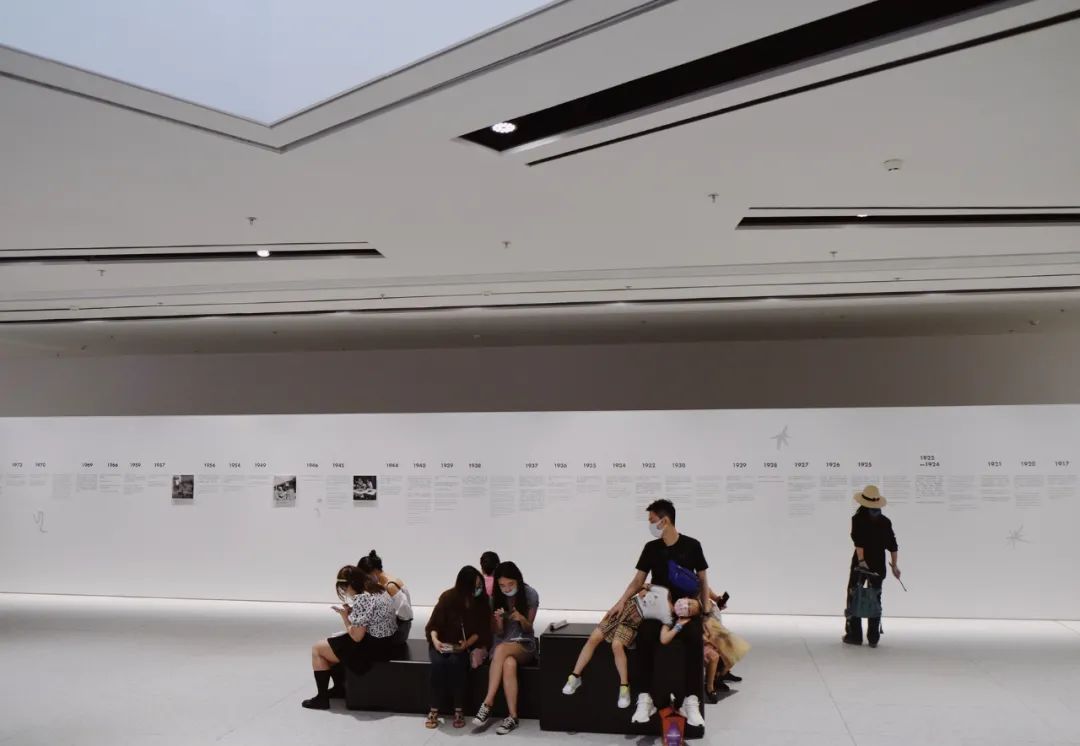
The Pudong Museum of Art has reached a three-year art cooperation with the Tate Museum in London, and the West Bund Art Museum has reached a five-year exhibition cooperation with the French Pompidou Art Center Center .
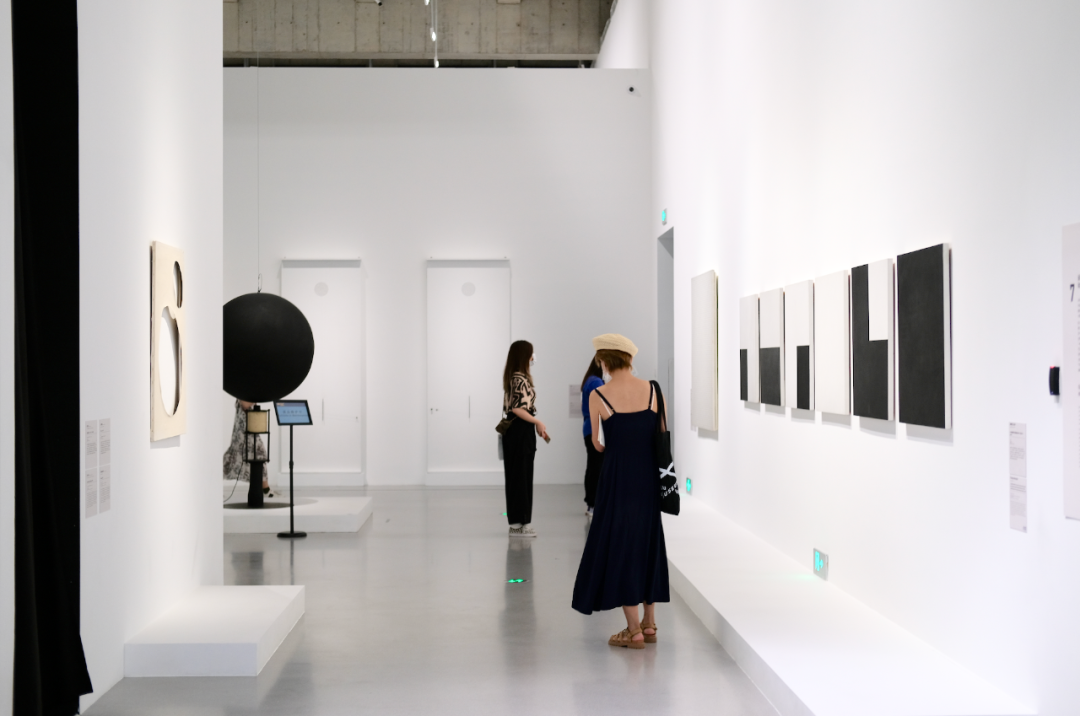
West Bund Art Museum↑
These two guys can form an art 53 combination cp, but don’t think about simulating the college entrance examination for five years and three years. It’s hard to say who is number one, but I have to say that the arrival of the Pudong Museum of Art has made the landscape of domestic contemporary art museums much more exciting.
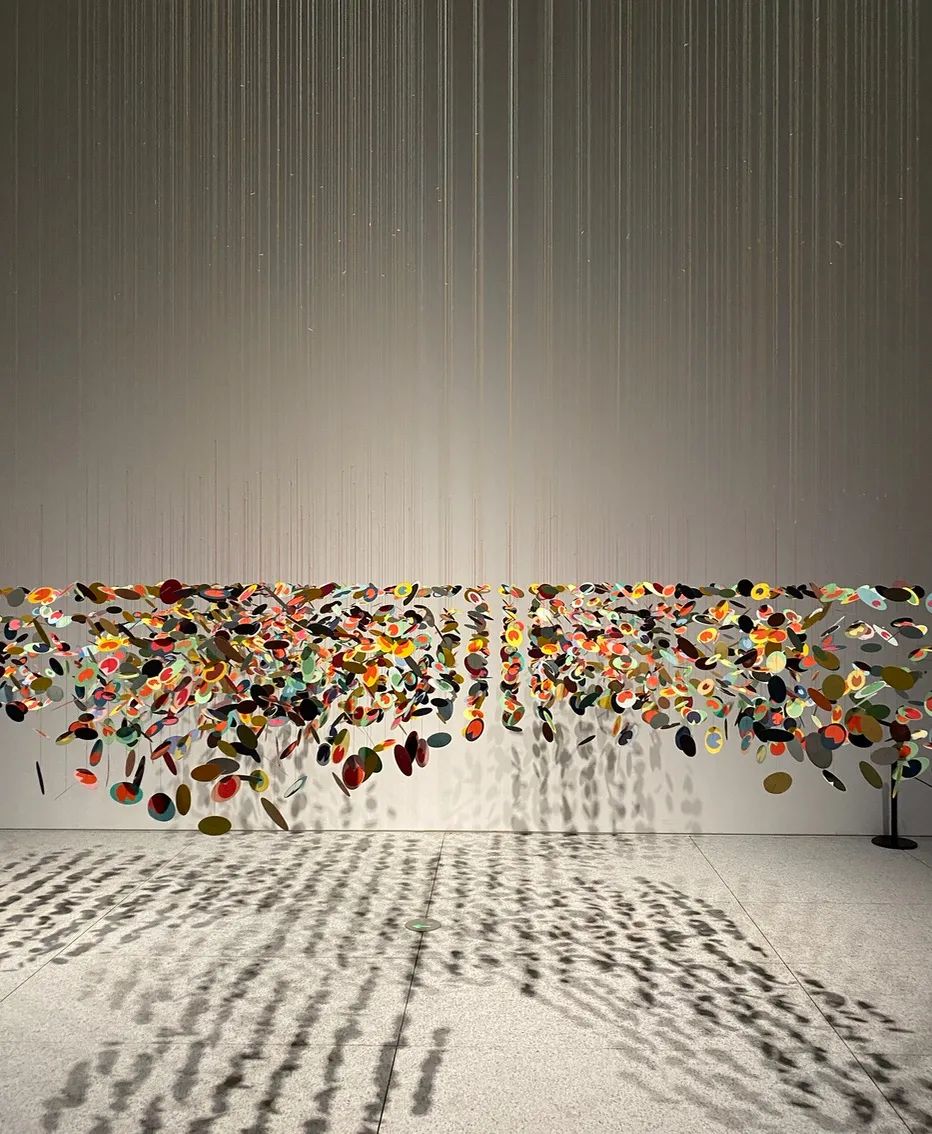
Pudong Art Museum (MAP)
How powerful is it?
I will talk about it from four angles: Building, location, exhibit quality, and price. By the way, I will show you the screen of the exhibition.
Architecture: Seemingly mediocre, but actually great
To be honest, when I first saw the Pudong Art Museum, I thought: Is this it?
The square appearance looks naive, and I even think it looks like a school. Do you think the protruding square shape on the roof looks like the bell tower of a school?
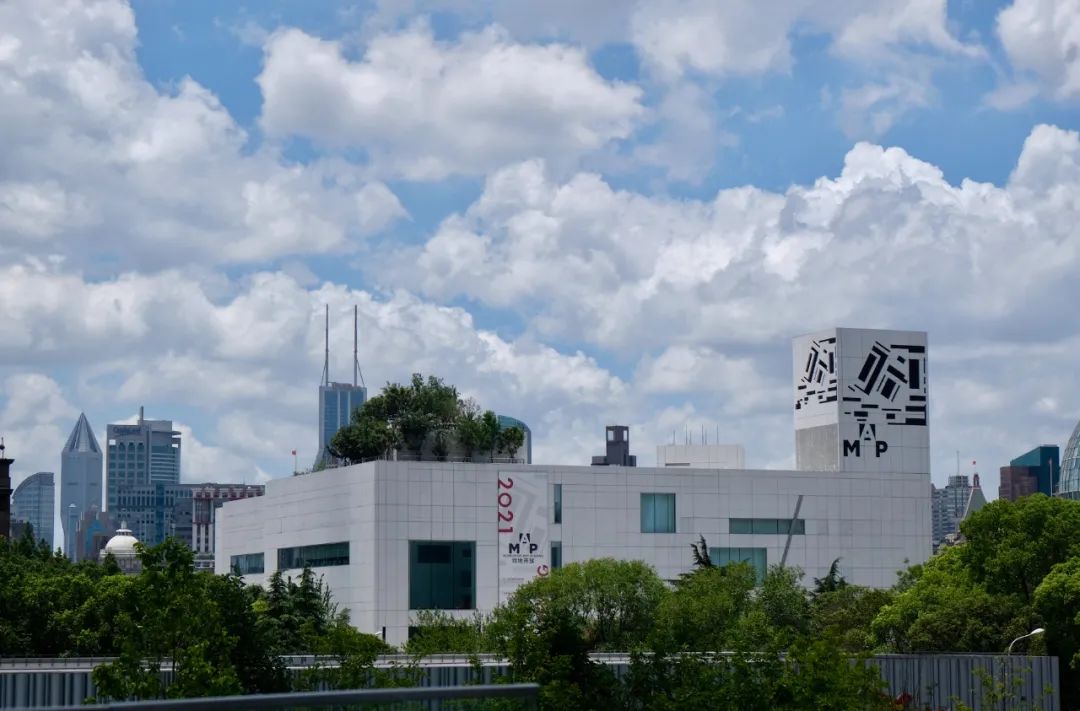
A friend said, how come this is so similar to the buildings in Tuao... A place with vast land and sparsely populated areas likes to build like this, but how dare they do this in a place where every inch of land is precious?
Let me say something quietly: The father of the financial backer behind the Pudong Art Museum is the Lujiazui Group.
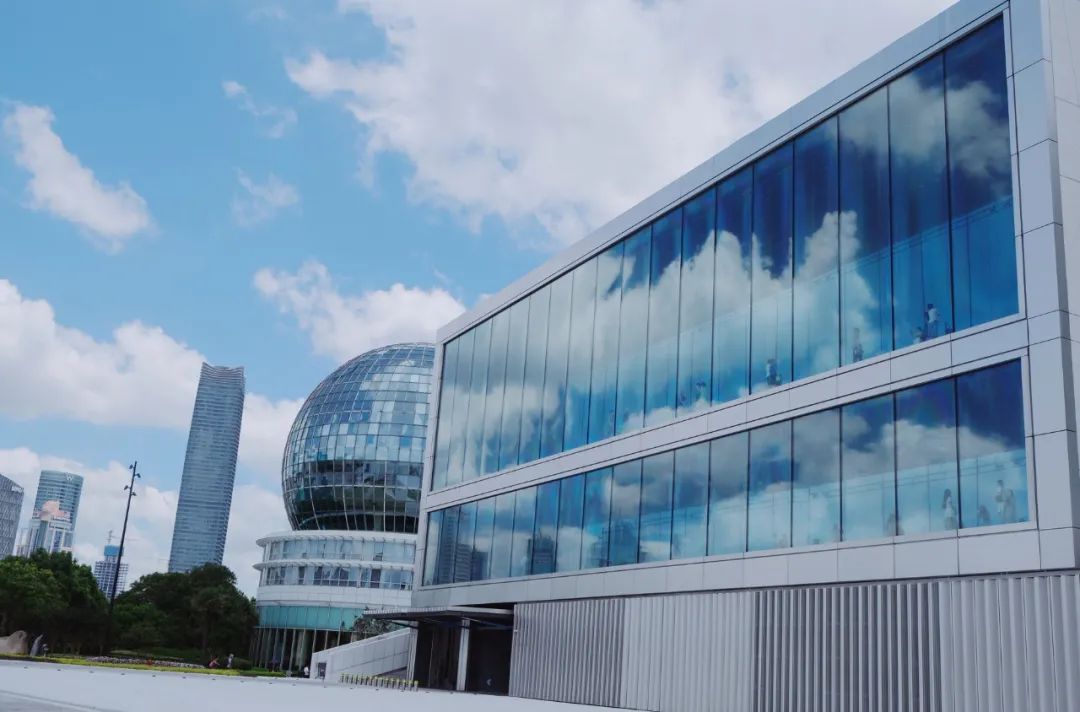
But looking at Lujiazui, among a bunch of buildings with bottles and cans, it is very rare that MAP can maintain this shape.
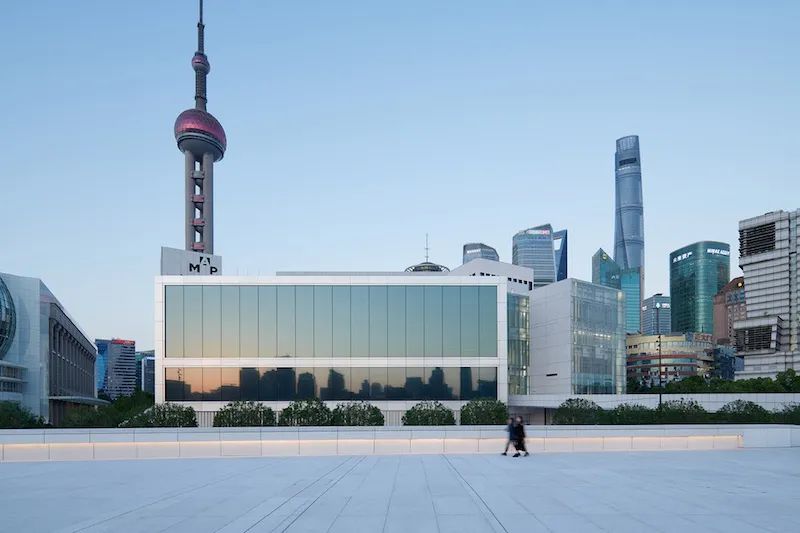
There is a lot of controversy over the Pudong Art Museum in the architectural community this time. There is basically nothing good to say about it, and it looks very mediocre at first glance. The designer is Jean Nouvel, a winner of the Pritzker Prize , which is equivalent to the Nobel Prize in architecture.
Compared with the bold and smart style of the Shenzhen Opera House designed by his office, this disciplined appearance is not his usual approach at all.
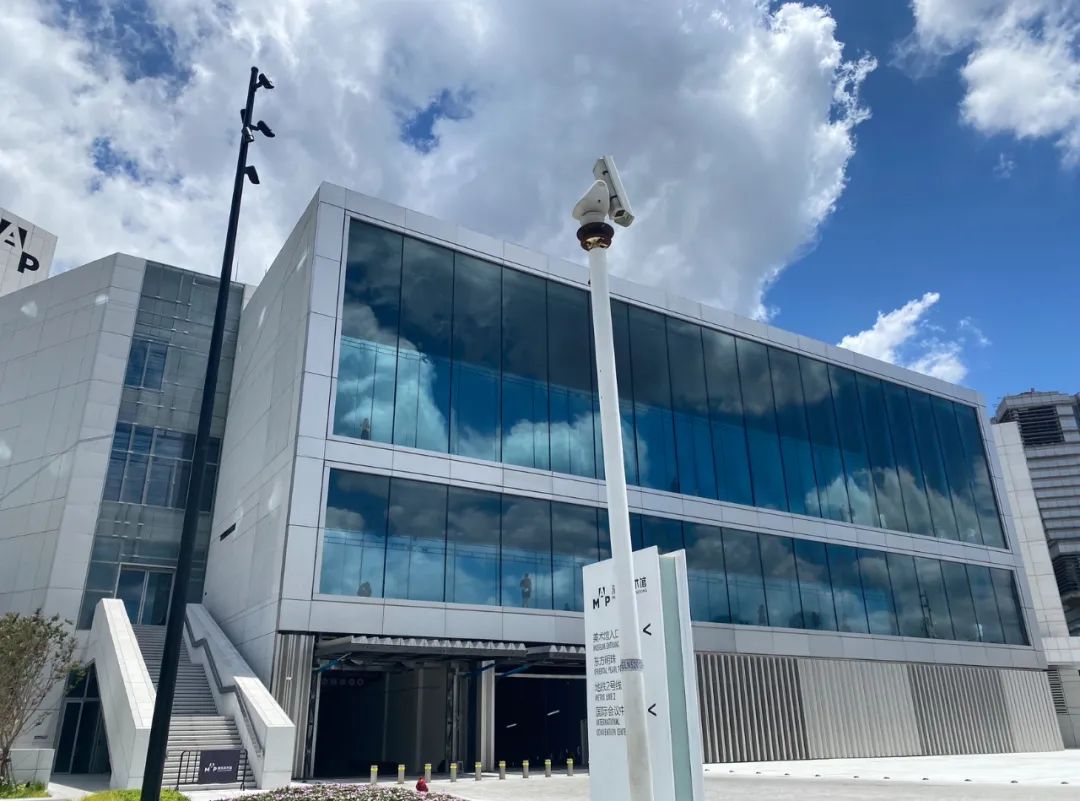
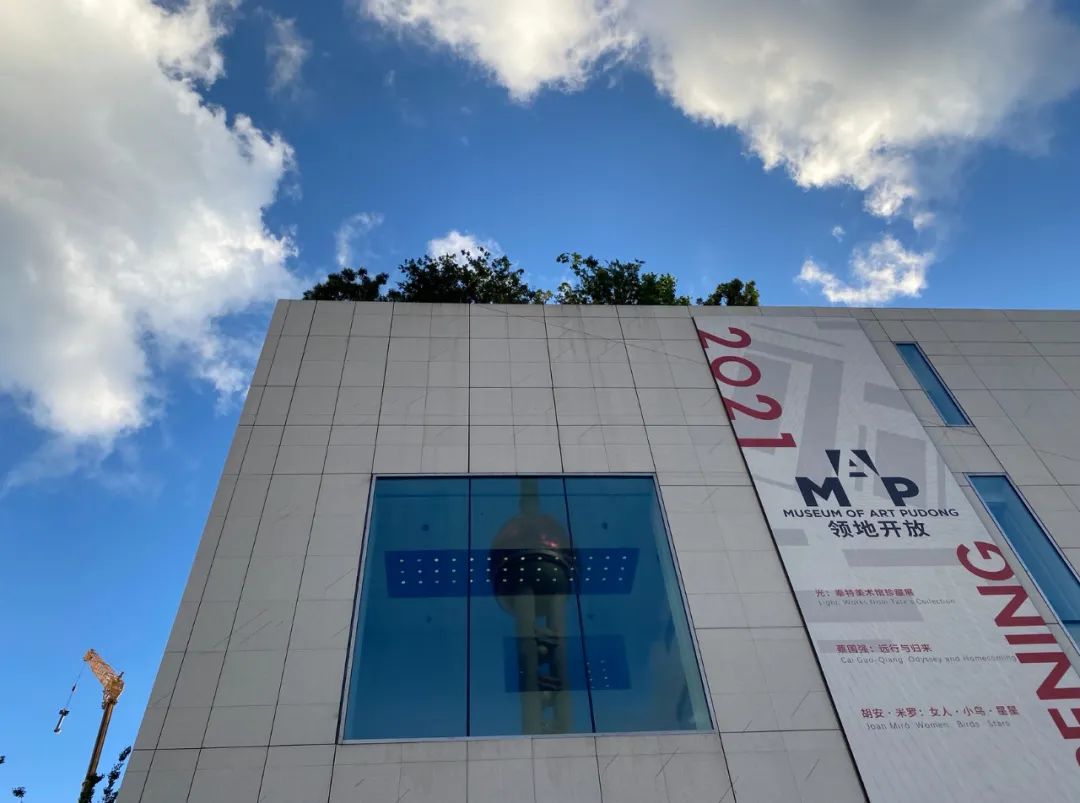
But when you visit the building in person, stroll through the 13 "white box" exhibition halls, and look at the scenery captured outside the glass windows and the environment on the rooftop, you will be filled with exclamation points! Details induce great comfort!
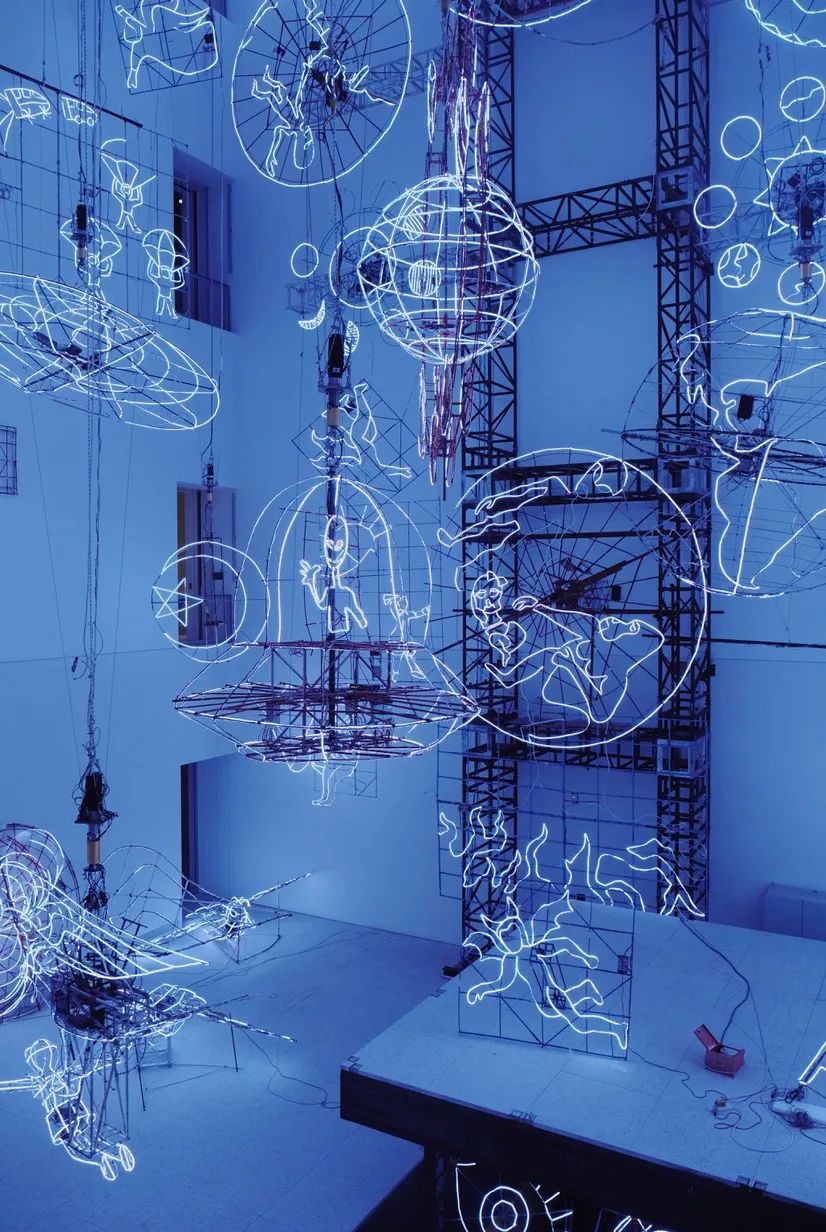
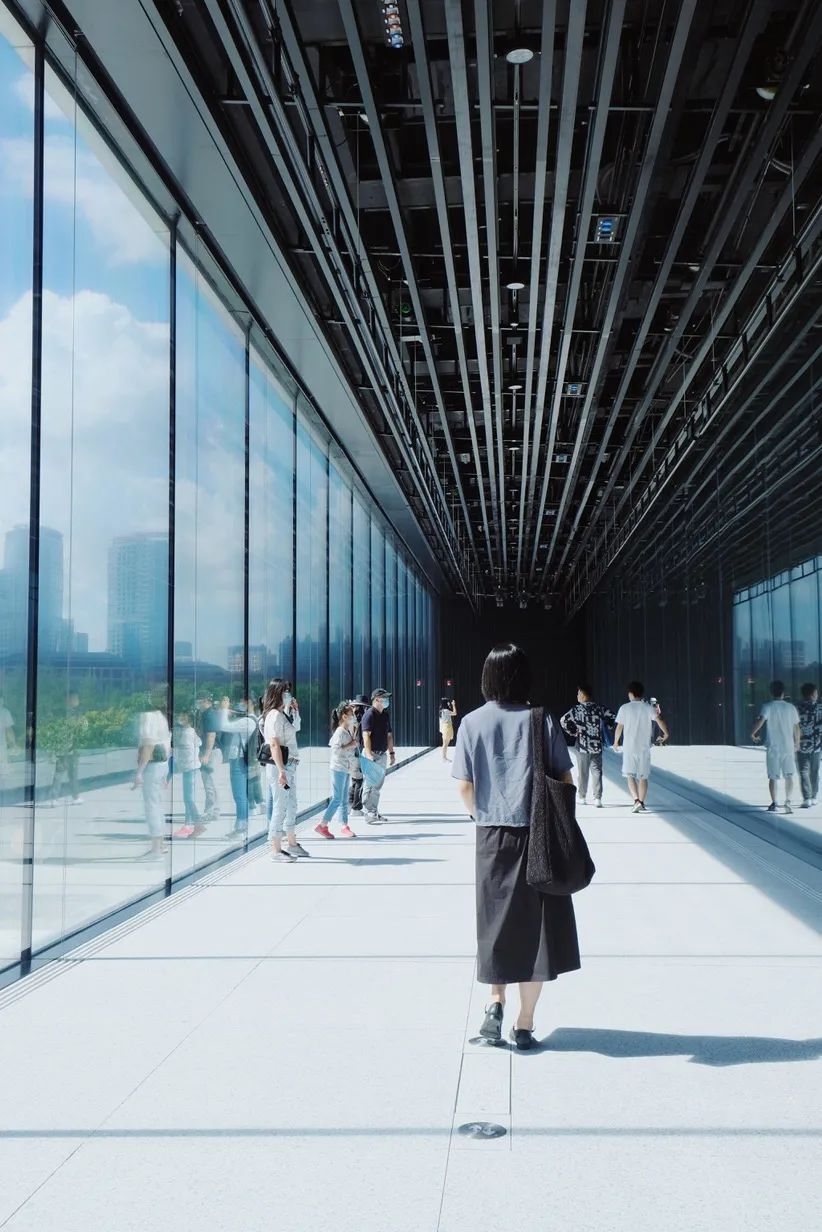
Especially the two long halls of mirrors on the second and third floors. When I first stepped into it, my inner thoughts were: Help, it’s so beautiful! Through the large glass, you can see the buildings of all nations on the opposite side without any obstruction, which seems to connect the history and the future.
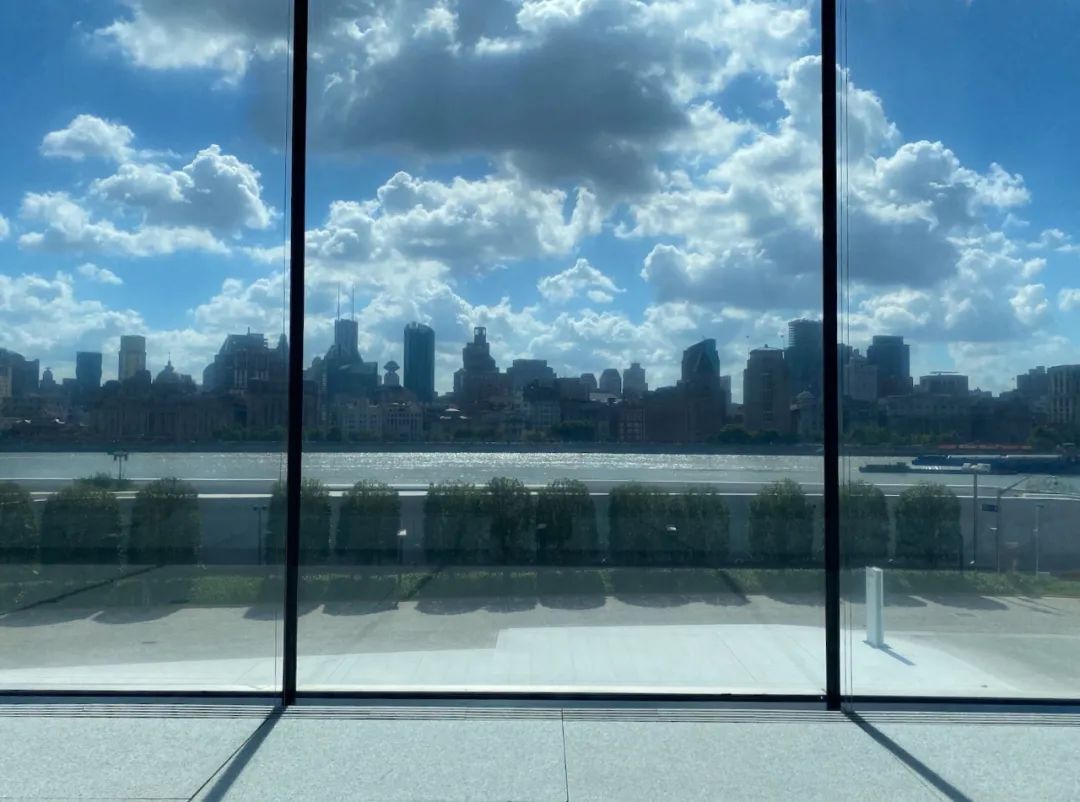
When the weather is good, you can see the blue sky and white clouds projected in front of the huge glass floor-to-ceiling windows. Through the glass, you can also see visitors performing various actions. I watched an art museum human award from a distance as a bystander. Everyone is a moving exhibit.
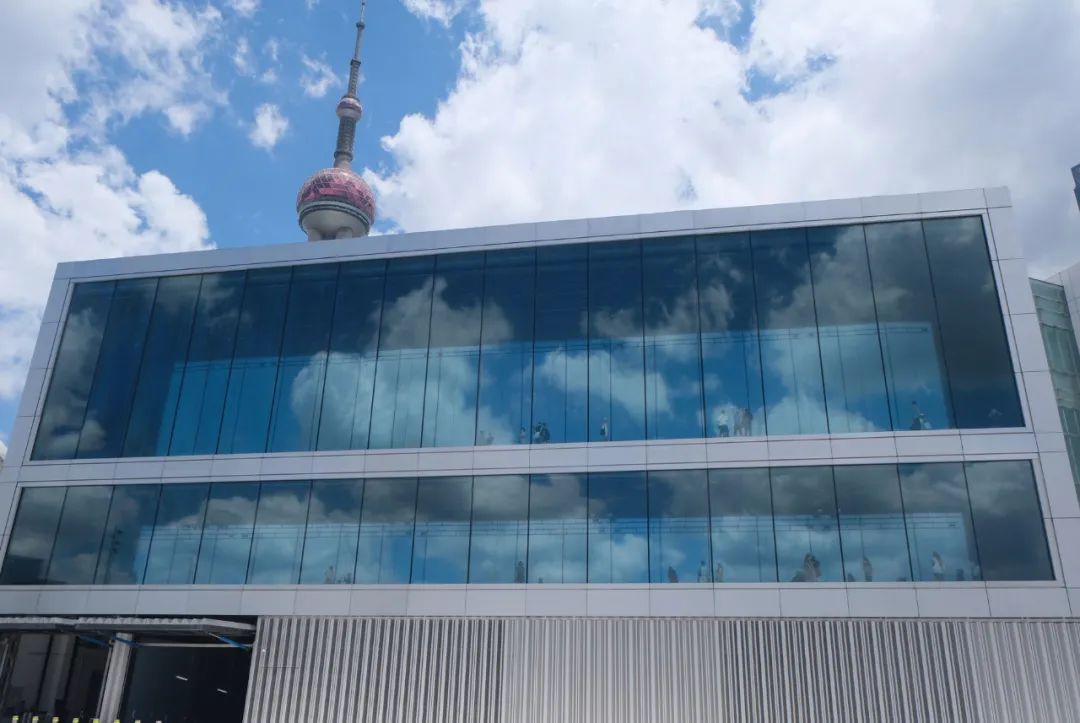
Moreover, the height of each floor is very high, and the construction and interior materials used are almost all the best and most expensive. I have to sigh again for the financial resources of the sponsor dad.
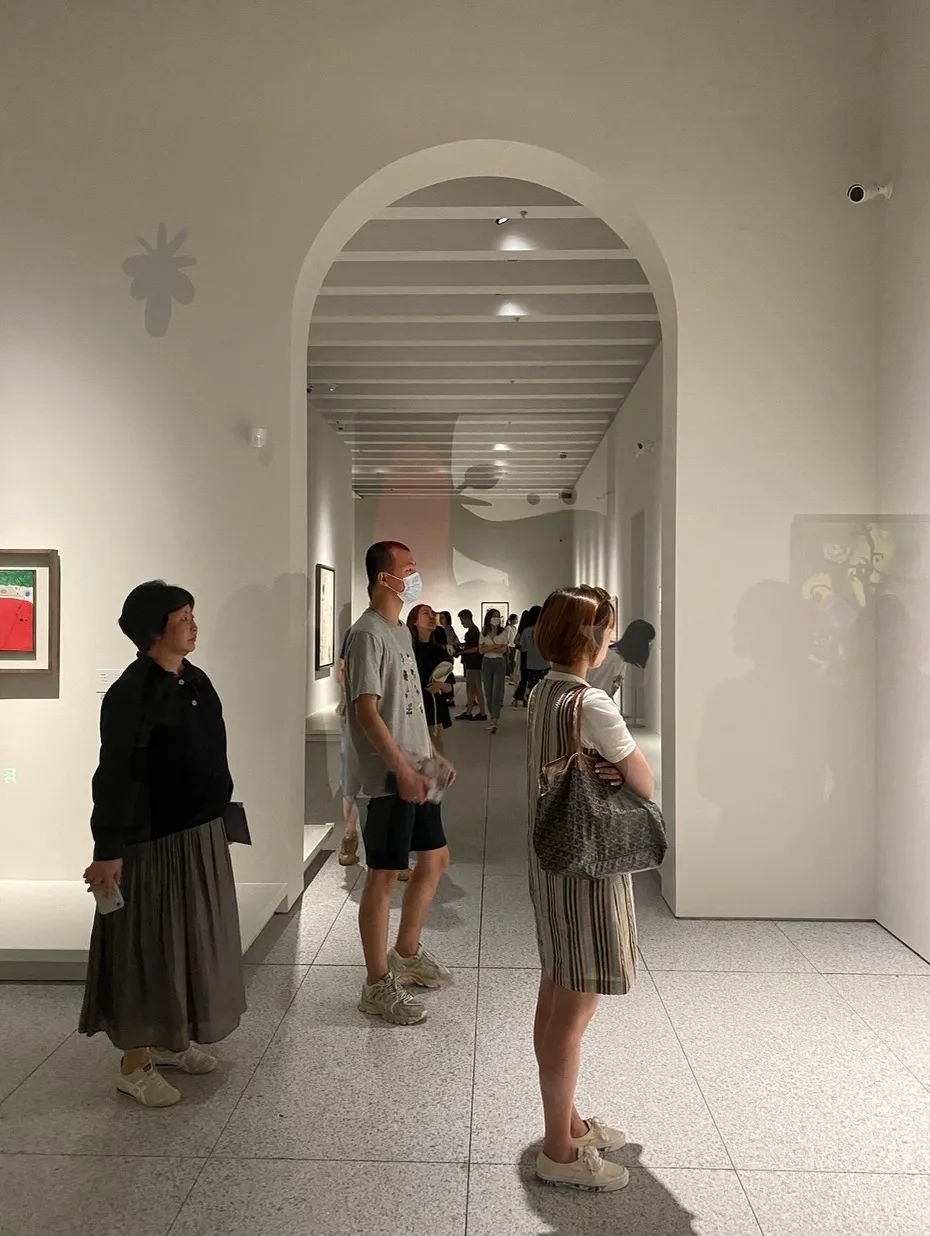
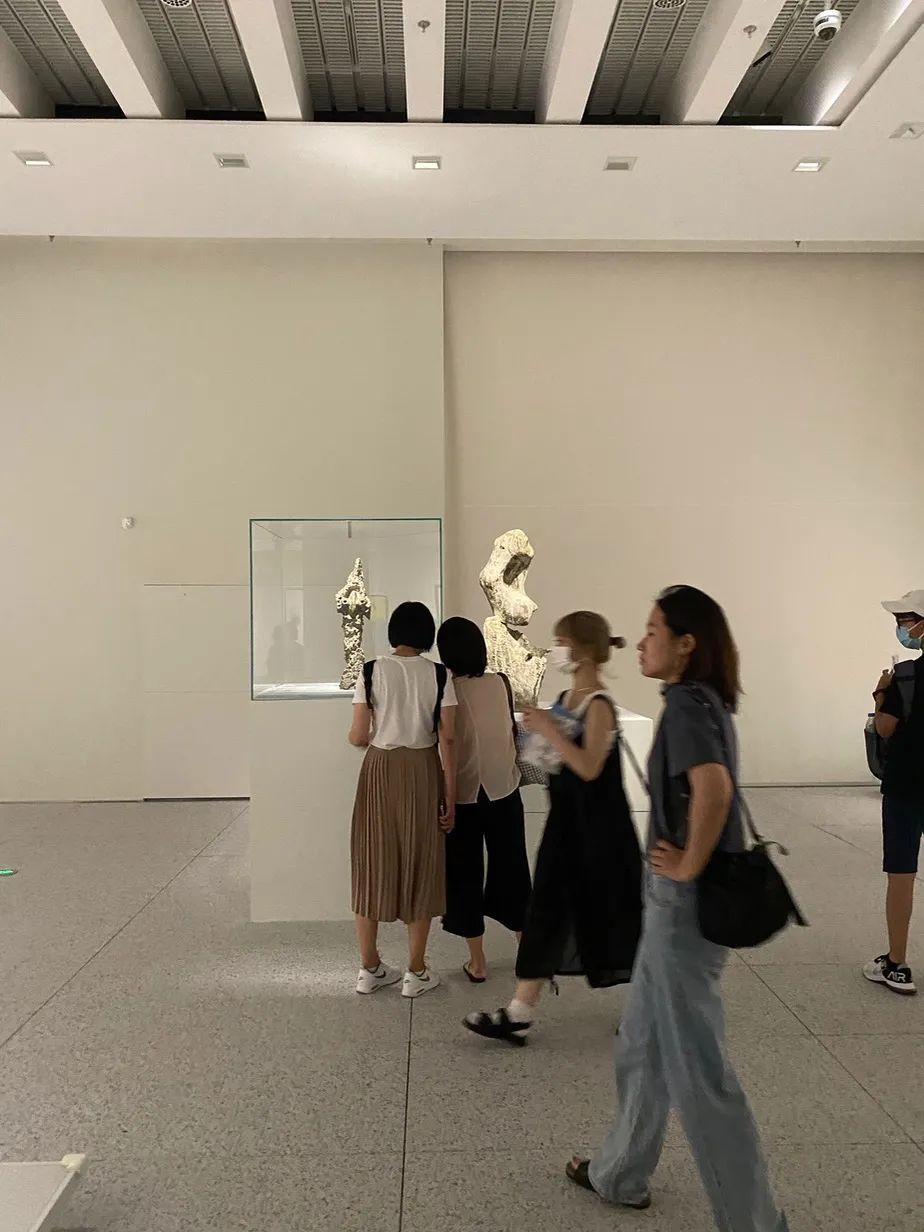
Location: Excellent
The Pudong Art Museum is located probably the most expensive place in China. Xiong Xiaomo said: This is a riverside location in one of the most expensive financial districts in the world.
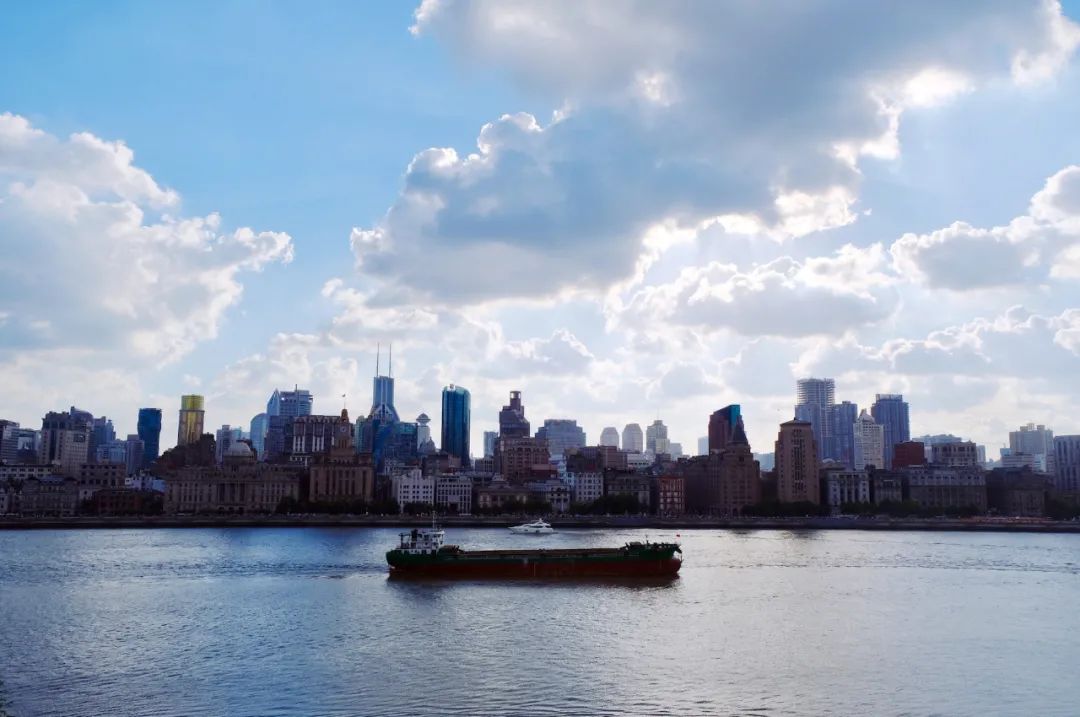
Let’s take a look at the architectural brothers next door to the Pudong Art Museum: The Lujiazui three-piece suit is very close to it - egg beater: Shanghai Tower; bottle opener: Shanghai World Financial Center; syringe: Jin Mao Tower.
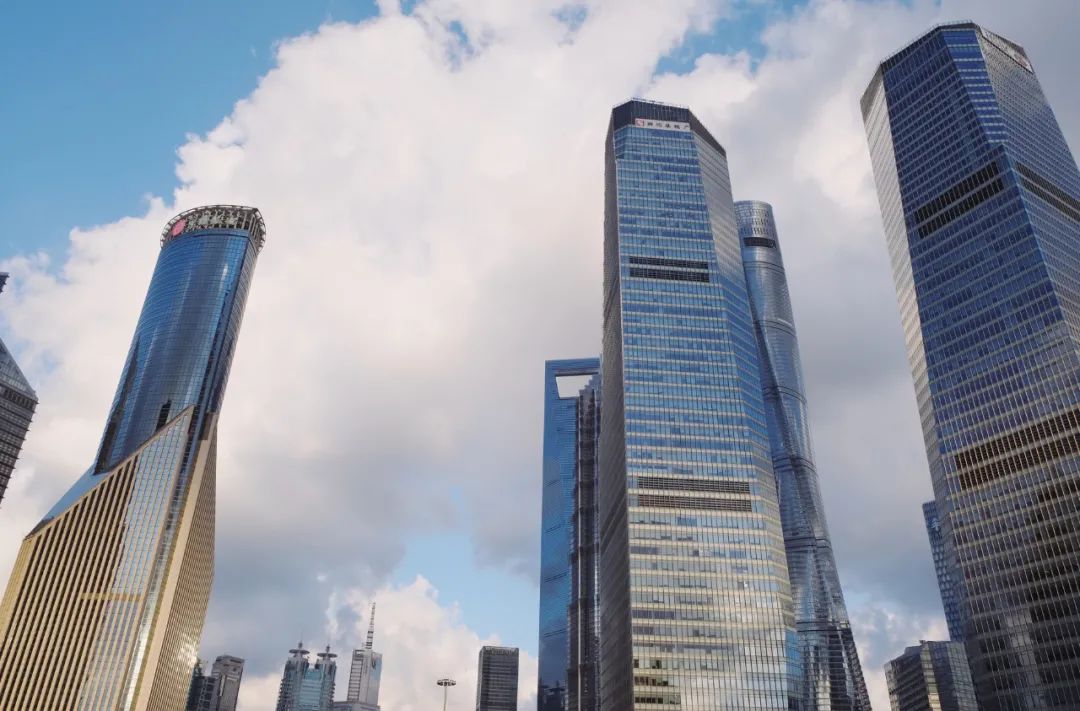
There are also Shangri-La and Aurora Group buildings on its left.
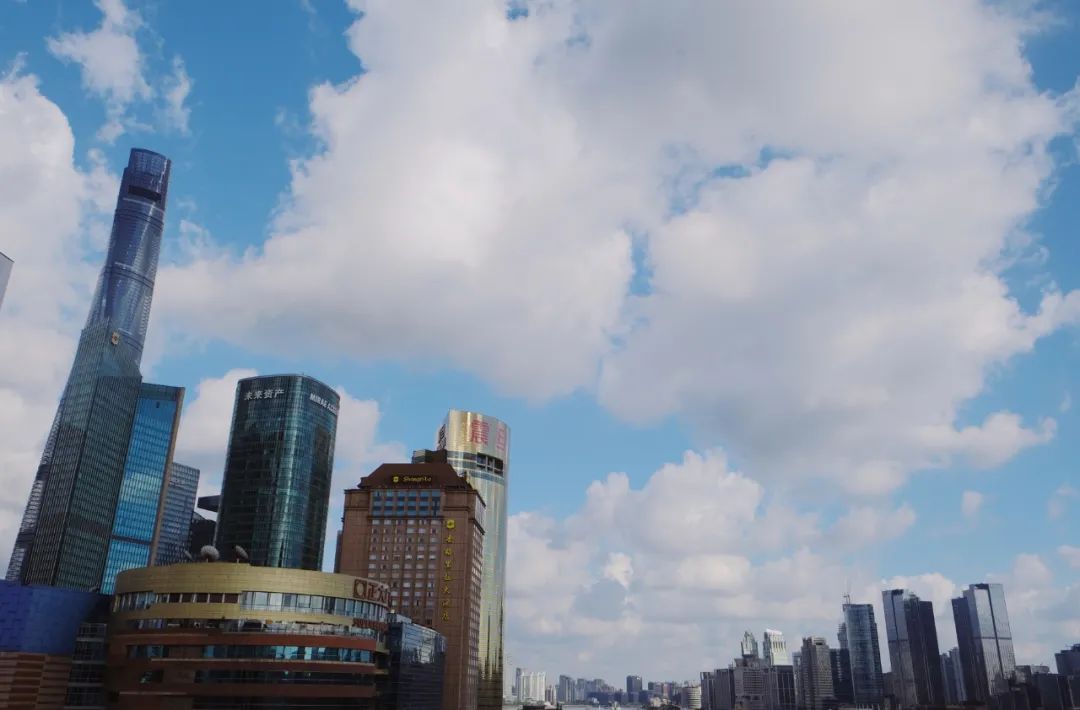
In addition, it is located at the foot of the Oriental Pearl Tower. In an art museum, you can directly face the giant buildings through the glass or terrace.
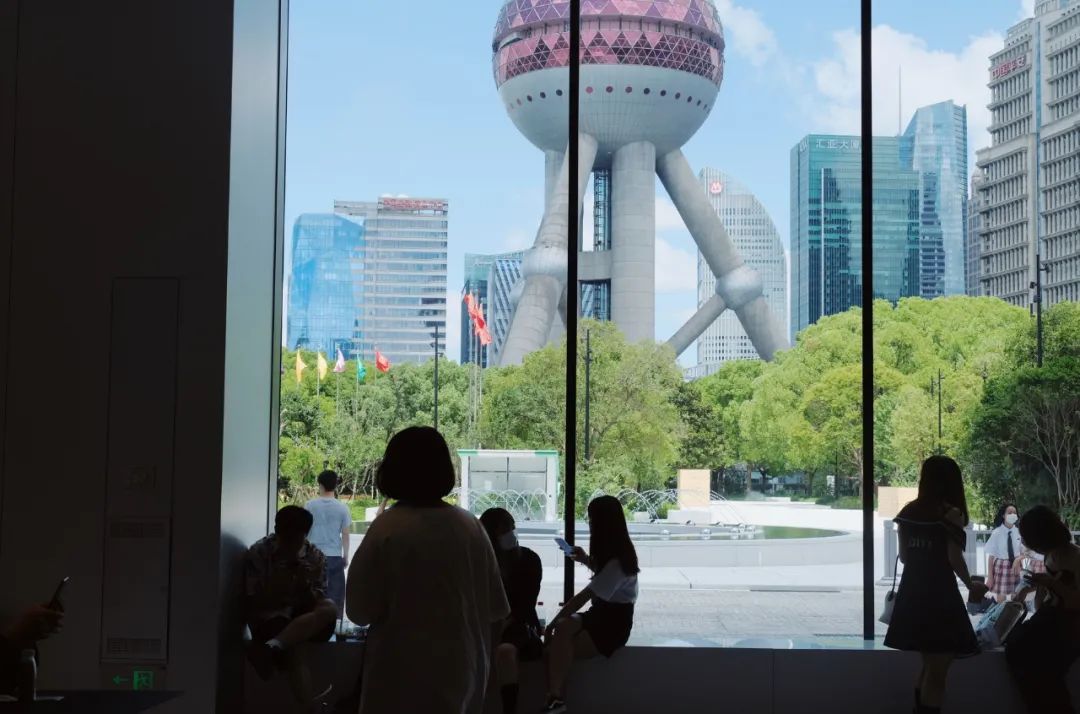
Price: Very affordable
There are 3 major exhibitions inside. Specified day tickets only cost 100 yuan on weekdays, on average they cost 33 yuan each.
Among them, "Ophelia" at the Tate Gallery has a separate exhibition, which is equivalent to 4 solo exhibitions. The average price is 25, the price of a cup of Manner coffee!
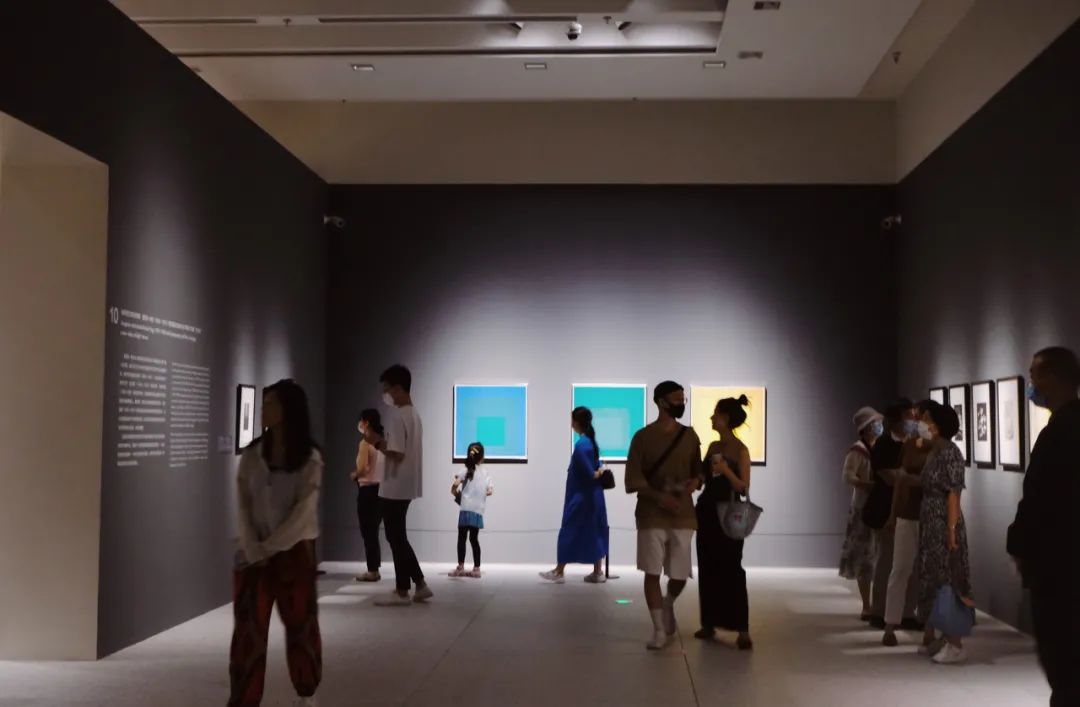
The art museum shines and generates electricity for disseminating good art, and once again laments the financial strength of the Lujiazui Group.
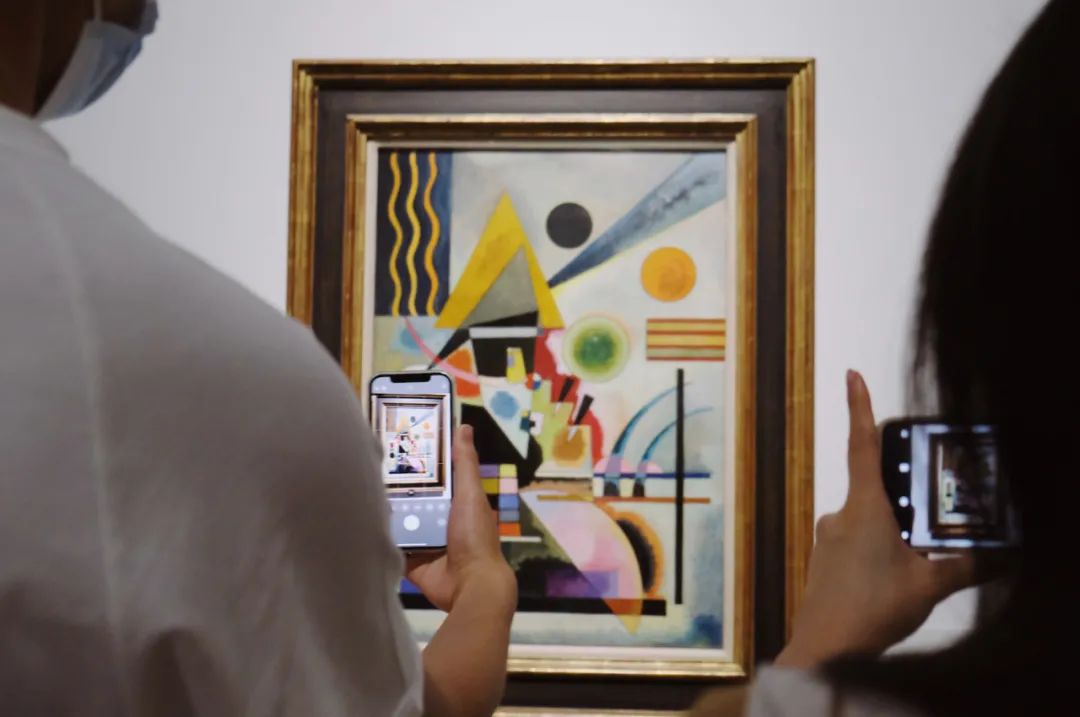
You know, the artists in many exhibitions are not as well-known as MAP, the exhibits are not as rich as MAP's single floor, and the fees are between 100-200.
Even some shopping mall exhibitions set up just for taking pictures charge 100+
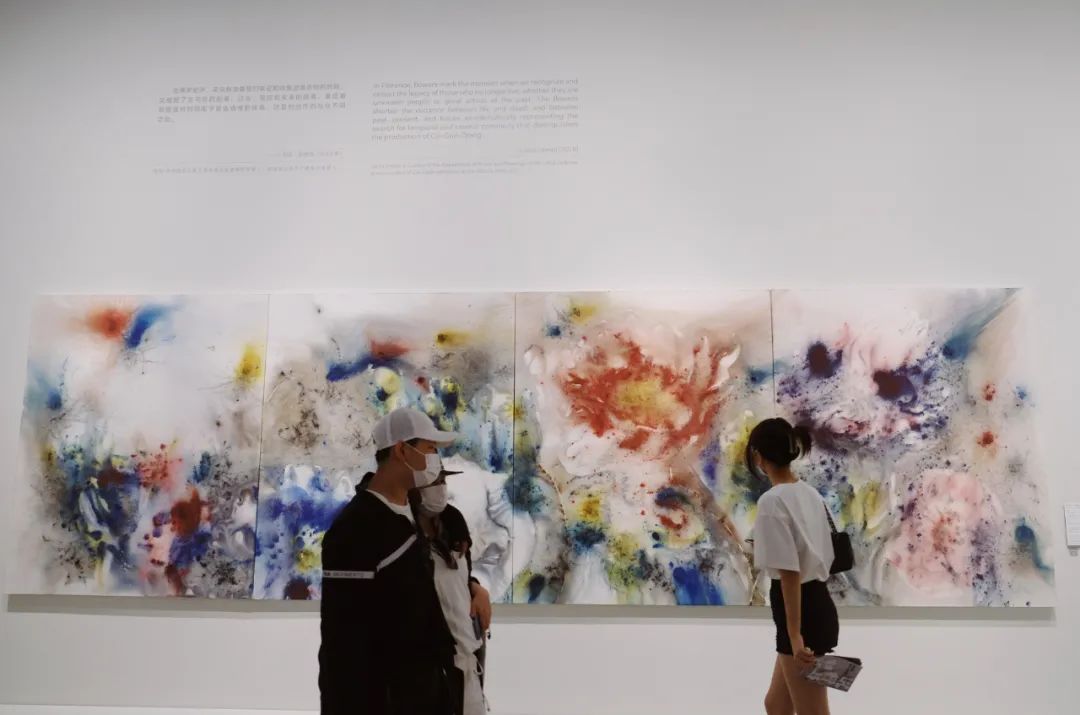
Exhibits level: makes people open their mouths😮
The three exhibitions that have just opened are equipped with It has reached the highest standard. As mentioned earlier, each individual exhibition is worth taking a train or plane from other places to come.
The three exhibitions are:
Cai Guoqiang: Travel and Return
Tate Gallery Special Exhibition
Miro: women, birds, stars
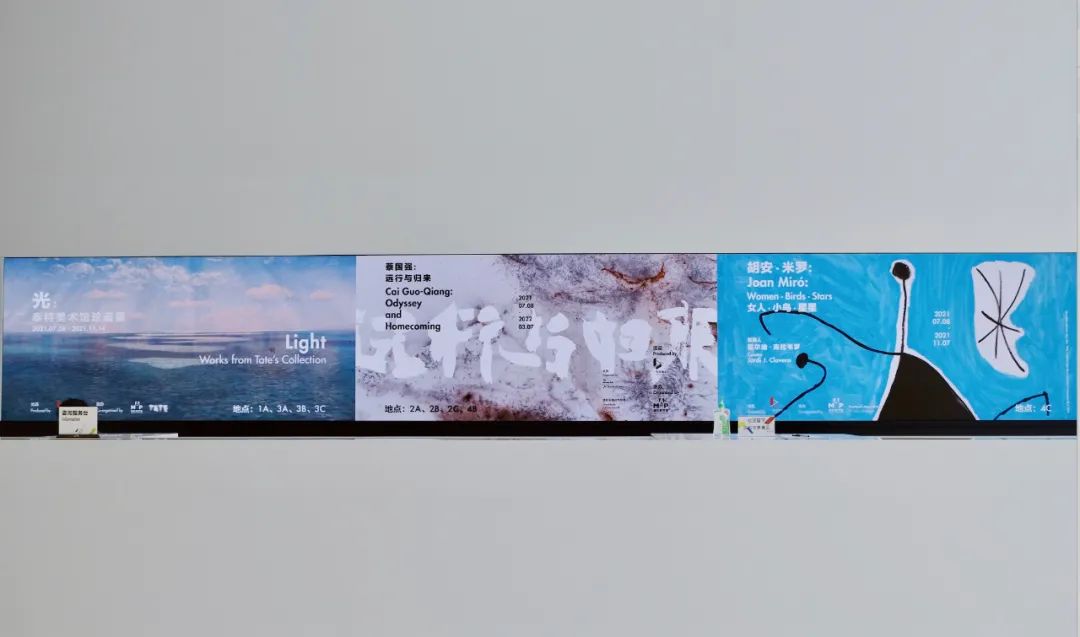
The distribution floors are as follows↓
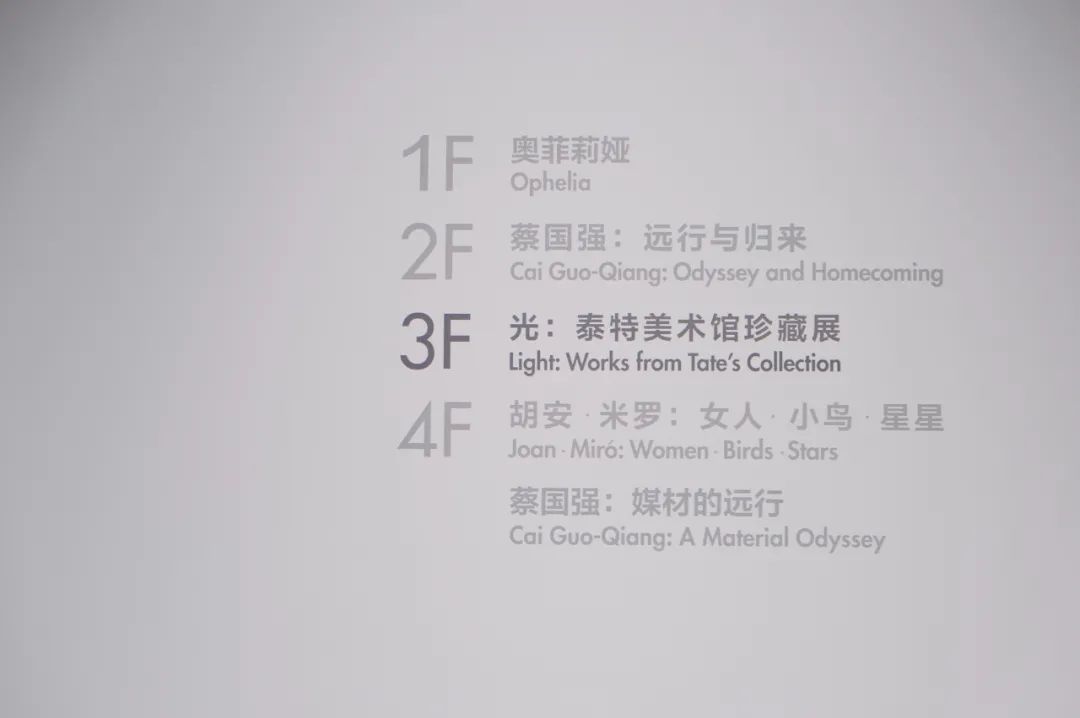
After viewing the three exhibitions, I felt connected to the universe. The artist's works will bring a new way of thinking: for example, Cai Guo-Qiang's view of the universe, or Miro's child-like painting method, which takes people away from reality.
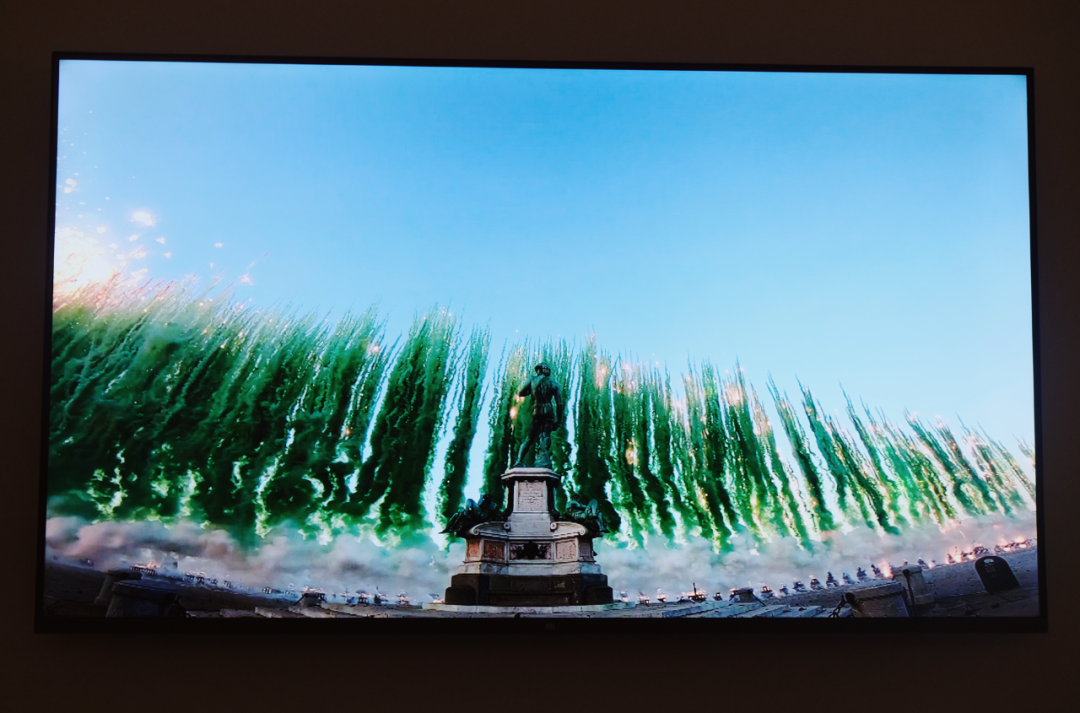
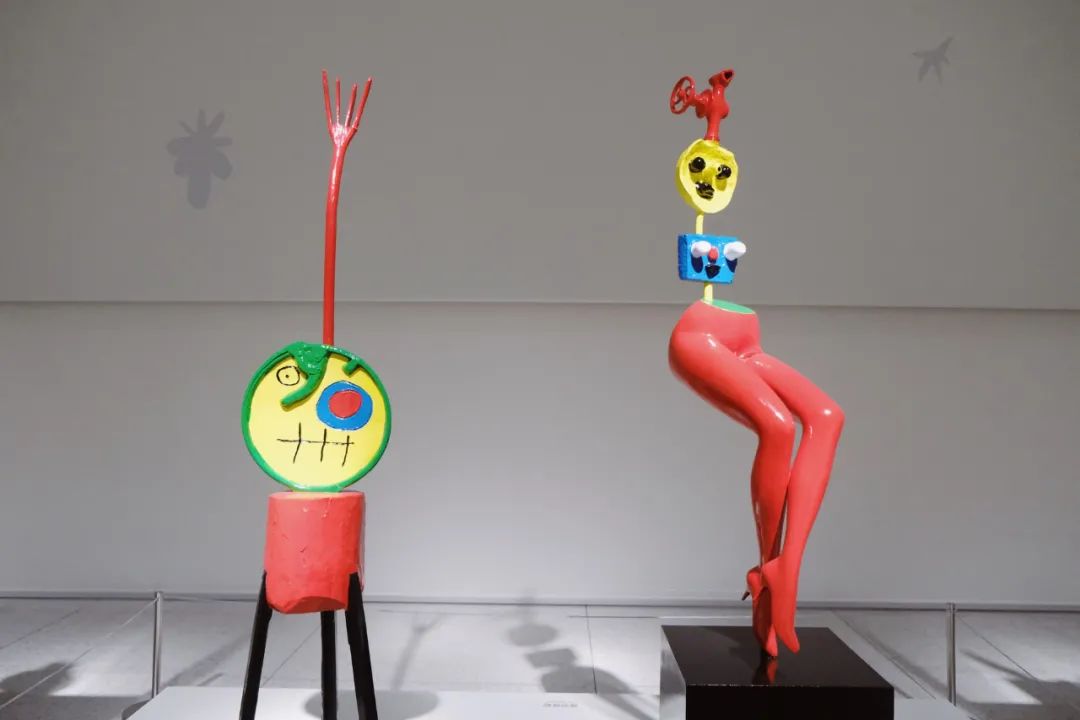
"Light: Tate Museum Collection Exhibition" took me to re-understand the light we are accustomed to, and even used light to bring stories from different historical periods. This is the height of the exhibition.
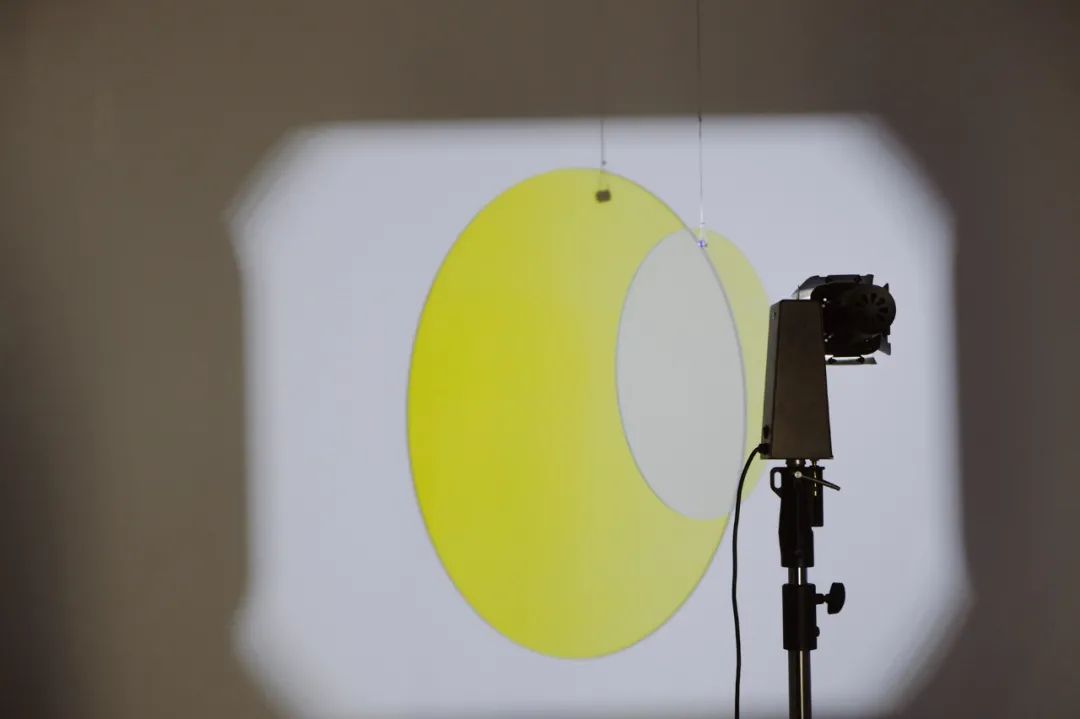
Of course, I also feel that my cultural level is not enough and I still need to know a lot of art knowledge😞
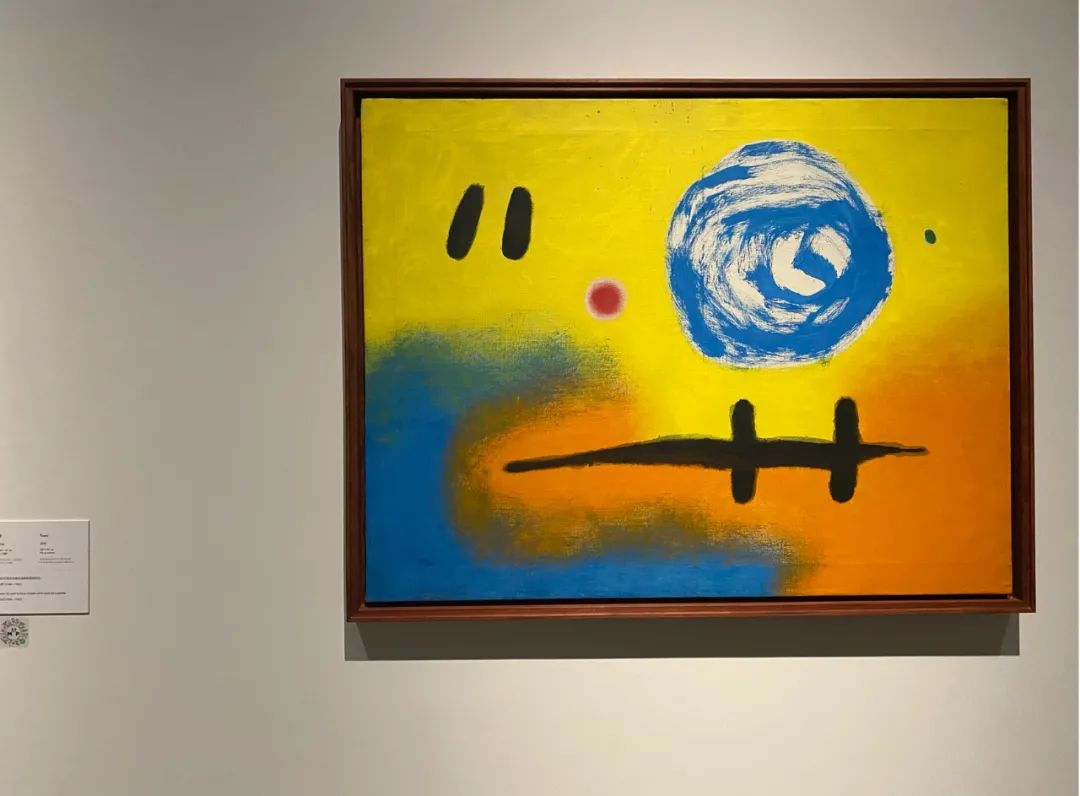
Before I talk about each exhibition in detail, it is very important to tell you how to buy tickets and make reservations‼ ️
The crowds are very large when the museum opens. If you go there at short notice, you may not be able to make a reservation or have a ticket.
Step1: Follow "Pudong Museum of Art MAP" WeChat articles. Click on the service to get the ticket purchase channel.
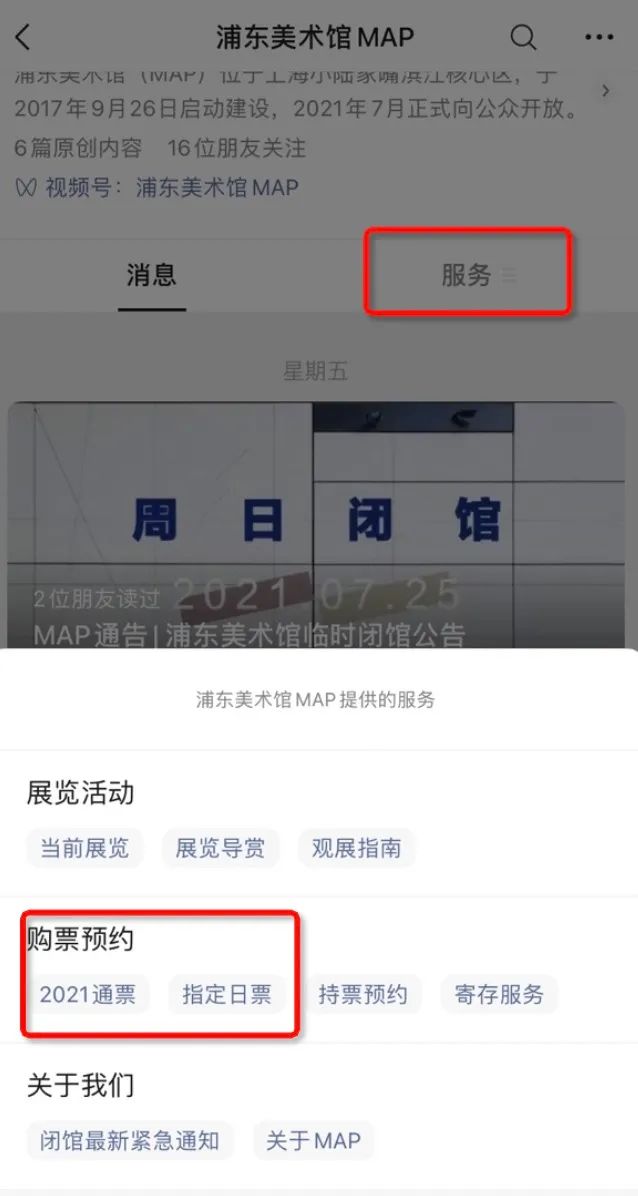
Step2: Determine the type of ticket you want to buy
Tickets are broadly divided into two categories:
😊The first is a designated day ticket (go to to confirm the day)
The price is as follows ↓Limited quantity
Calculating, it is most cost-effective to go to on Friday, because the museum has a night show that you can watch at 21:00.
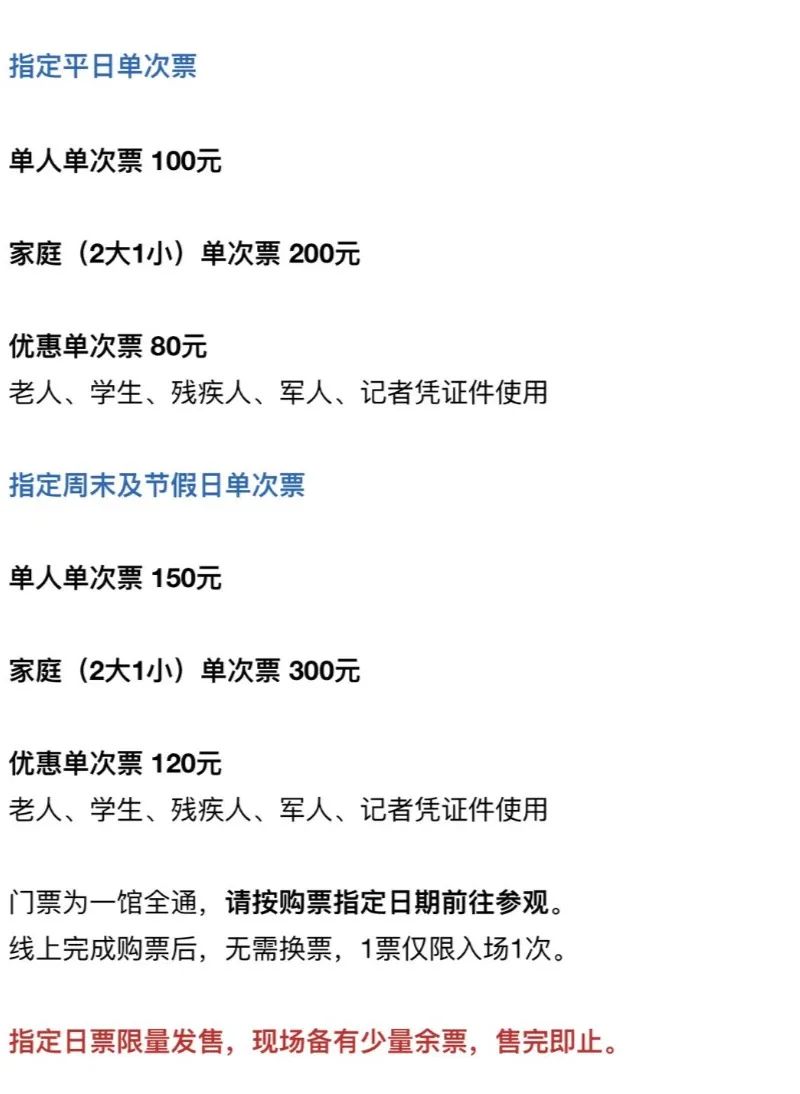
If you purchase a designated day ticket, you need to check in advance whether there are tickets for the time period you want to go and whether you can make a reservation .
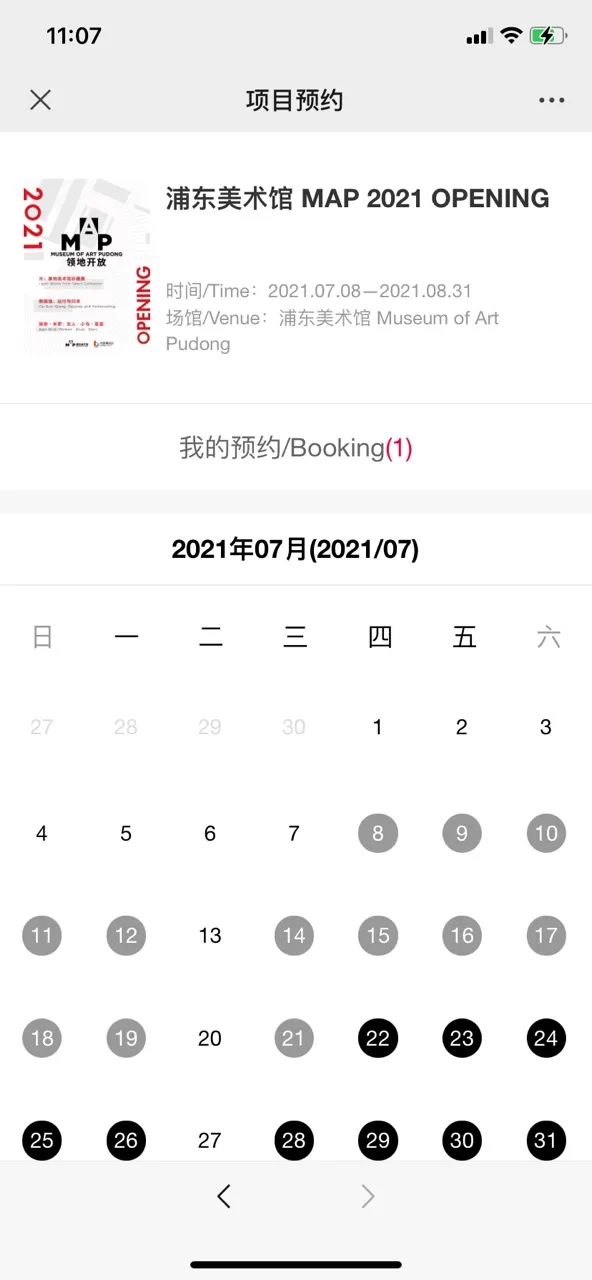
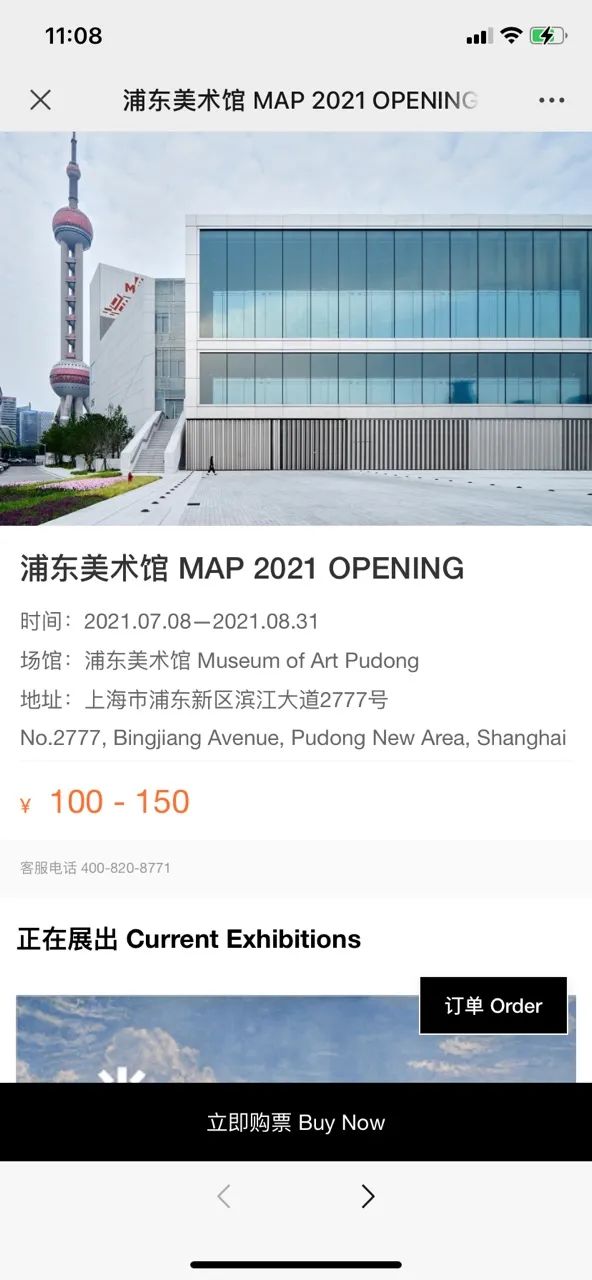
😊Another type: a one-time pass for the whole year (buy it before deciding, and we can negotiate when to go)
Because the hours are flexible, it's also more expensive. One-time There are 3 types of passes, each with 3 price levels. If you want to go on a good day, remember to make a reservation in advance.
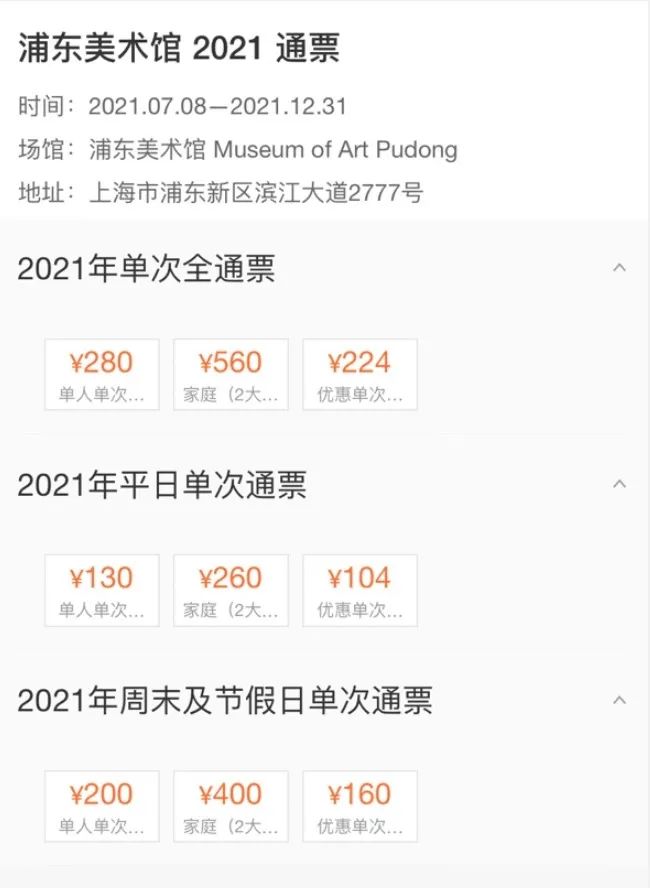
Step 3: When the ticket purchase and reservation are completed, remember to take a screenshot of both codes
This is to facilitate later entry verification. You need to show the code 3 times in total to enter.
The following is a detailed introduction to each exhibition. StartPaper tour of the exhibition🚶
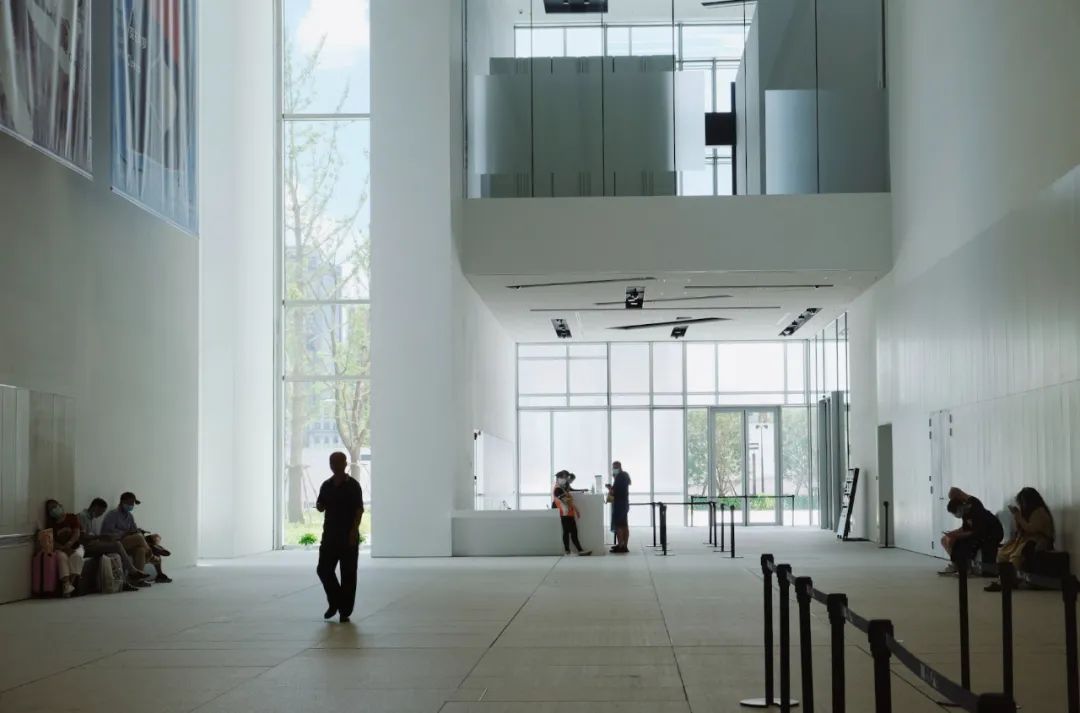
World famous painting: Ophelia
"Ophelia" is the highlight of Tate Britain, the best contemporary art museum in the UK and a must-see in London.
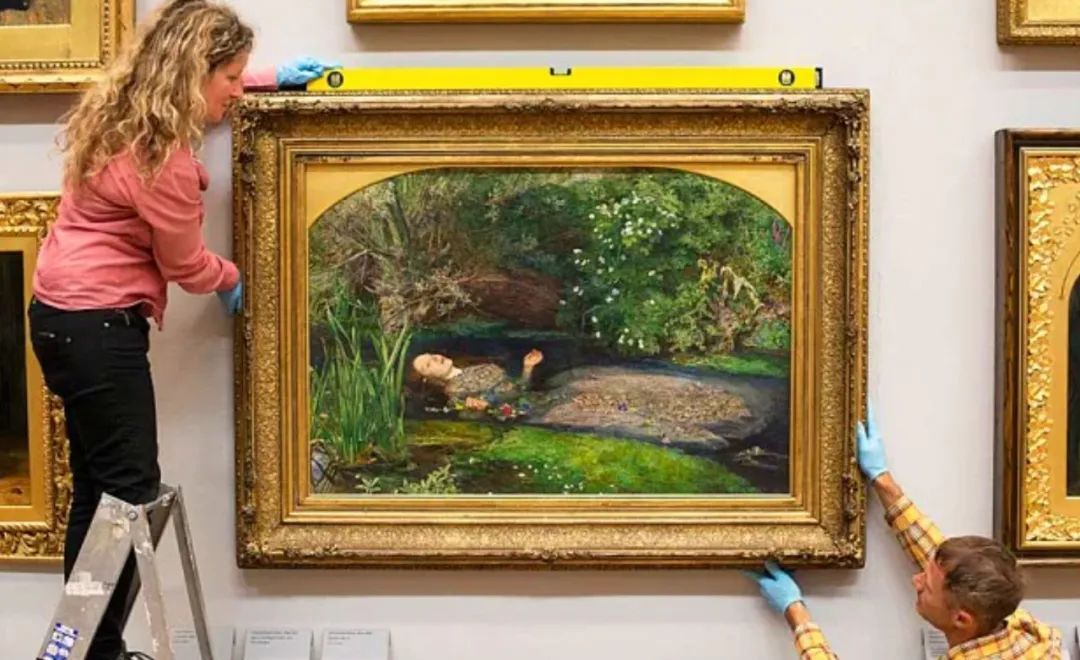
Ophelia at Tate ↑
Millais who painted "Ophelia" was a Pre-Raphaelite painter, and was the youngest but most talented of the three founders.
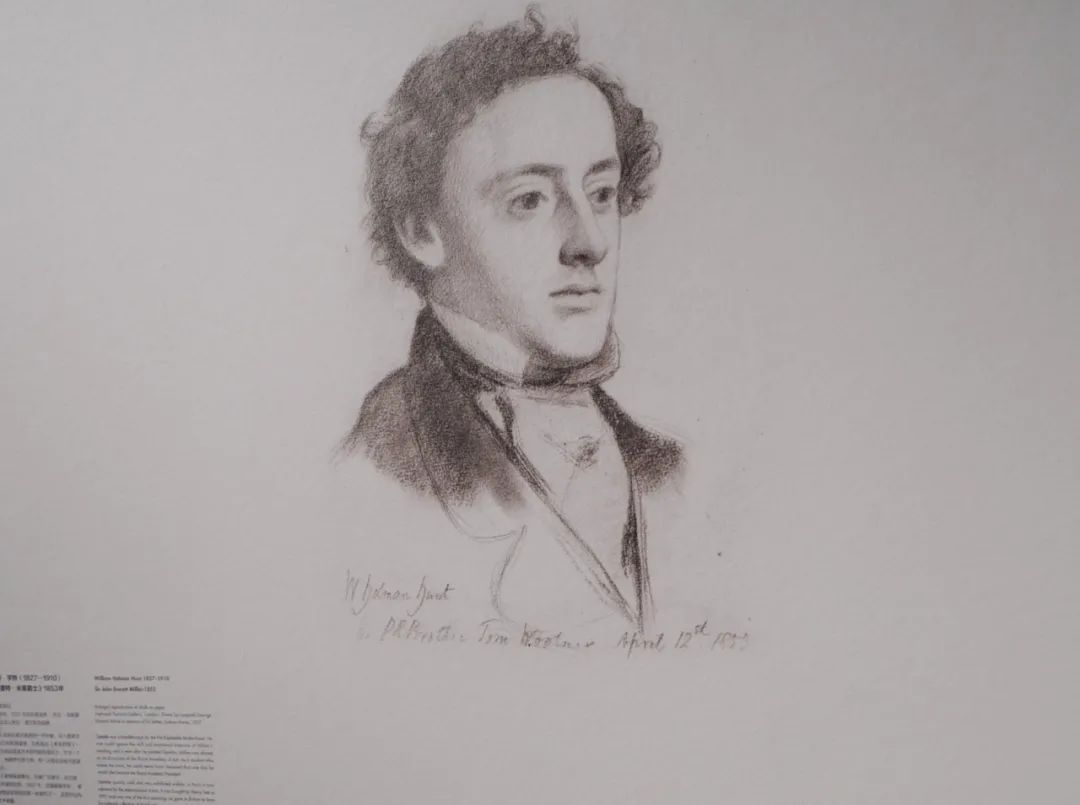
This painting rarely travels outside the UK and this is the first time has been shown in China.
When I first saw "Ophelia": it was so beautiful, there was a sense of distance, and I could feel the despair of the woman in the painting.
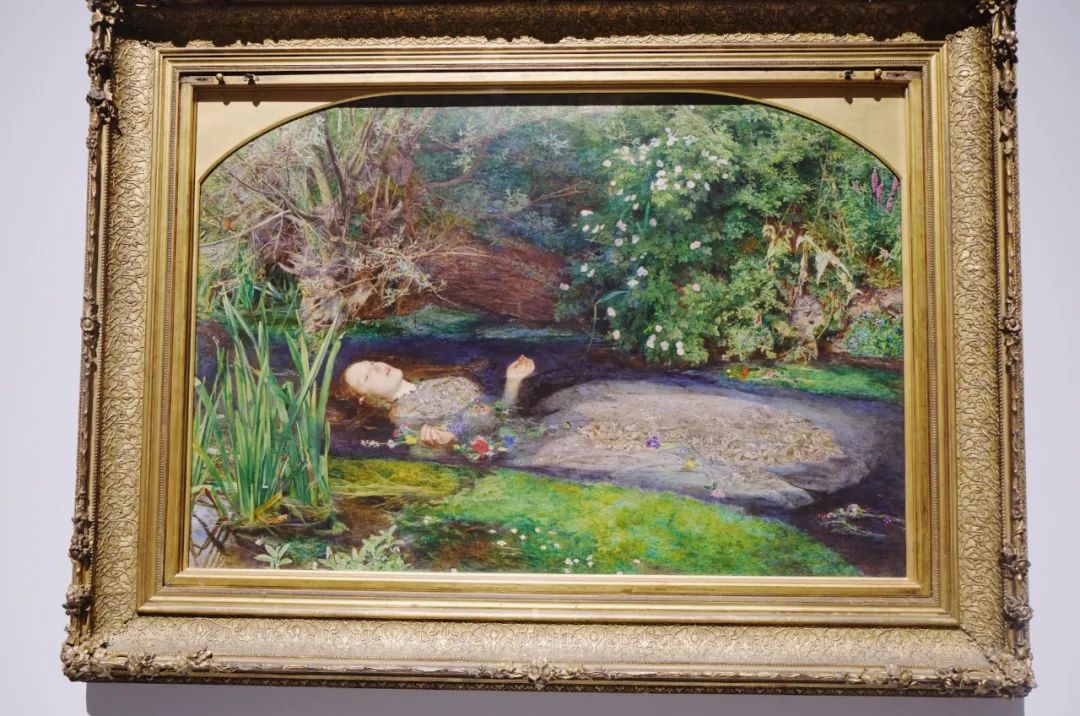
In order to admire this famous painting, everyone watching the exhibition leaned forward at 45 degrees and stared directly at the painting, with a level of seriousness comparable to a key review class before a major exam.
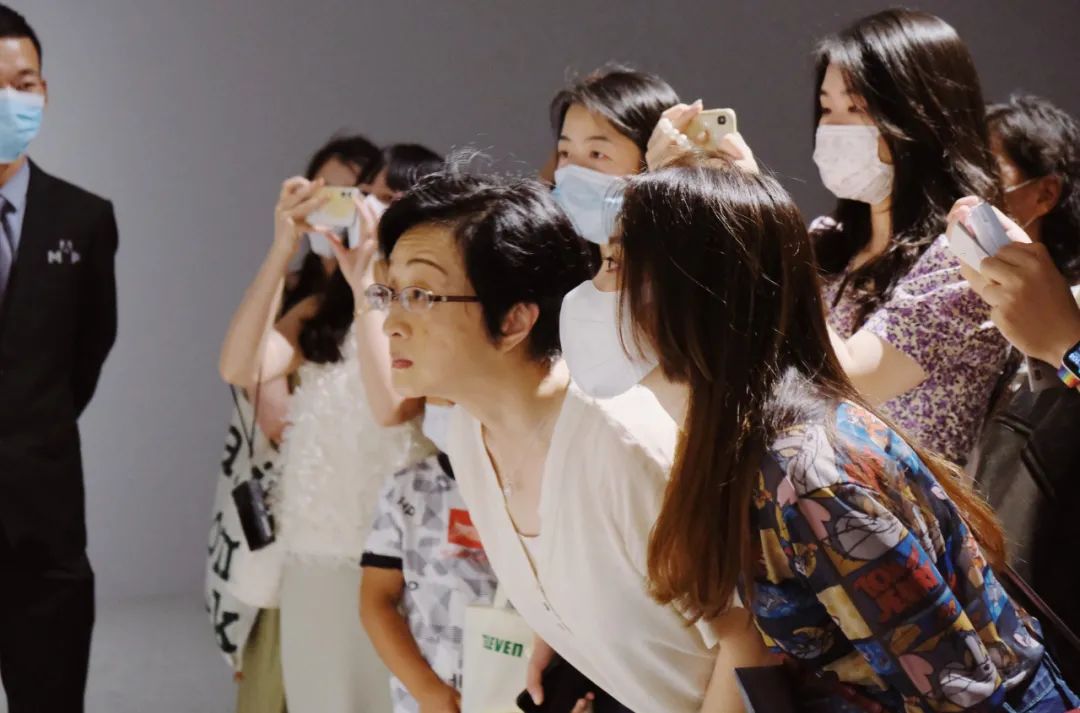
For the nth time, I saw someone who was so eager to take pictures of details that his hand stretched out the cordon.
The security guard on the side maintained great patience and reminded many times: Don’t put your hands in, just use the camera to zoom (I may have to remind you more than 100 times a day).
A mobile phone with powerful zoom becomes very important at this time.
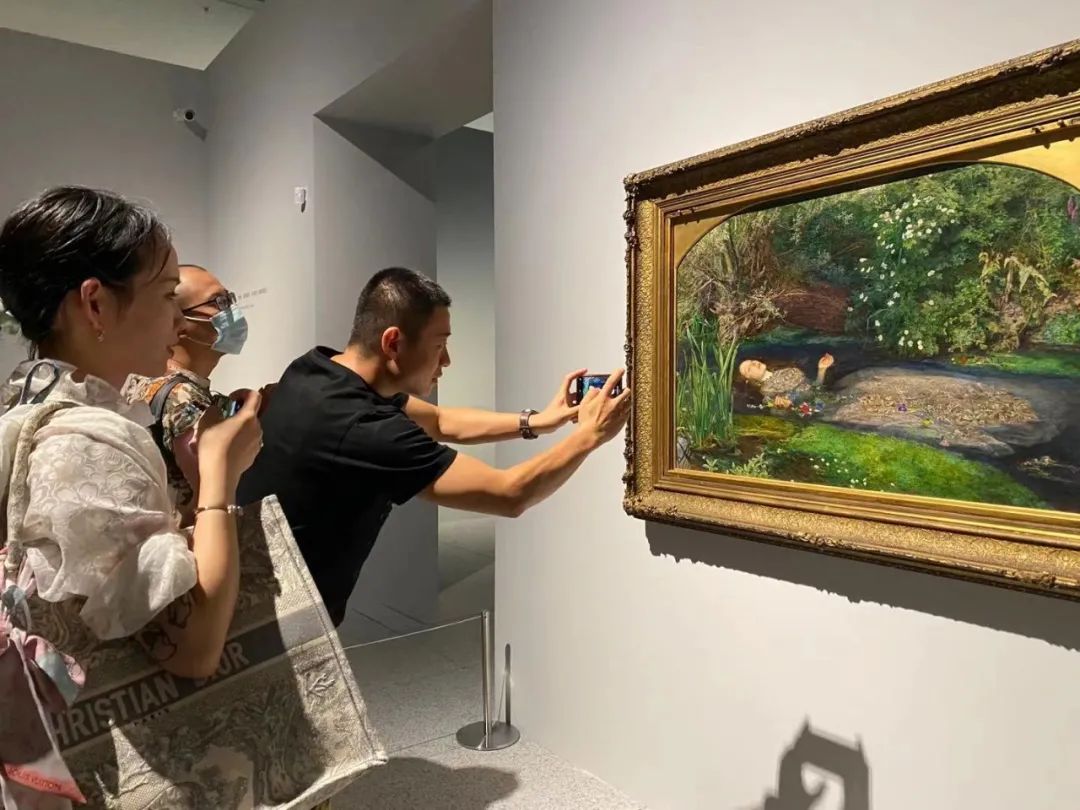
I looked carefully at the frame of "Ophelia", and there were many traces of metal oxidation. It was not easy for her to appear in front of us like this after traveling across the ocean and spanning more than a hundred years of time and space.
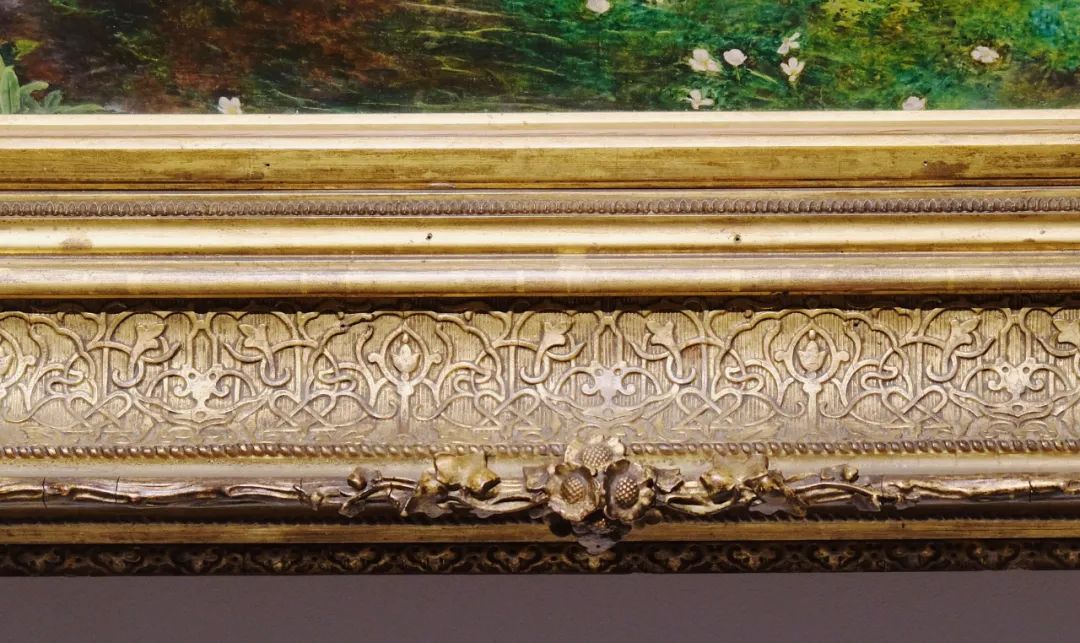
In addition, the highlight of this exhibition is:In order to give everyone a better understanding of "Ophelia", the curators spent a lot of energy telling a story for this painting.

If you don’t know the story of the protagonist in the painting, please allow me to tell you one: Previous on Ofilaia——
Ophelia is Hamlet's fiancée, but the prince broke off the engagement and accidentally killed her father. With despair and pain, Ophelia wandered in the woods, accidentally fell into the water, and fell into the creek. Humming a song, the weight of the skirt pulled her down little by little, but she didn't know it.
The original text in "Hamlet" reads like this: "The poor man had not finished singing the nursery rhyme before he had already sunk into the mud."
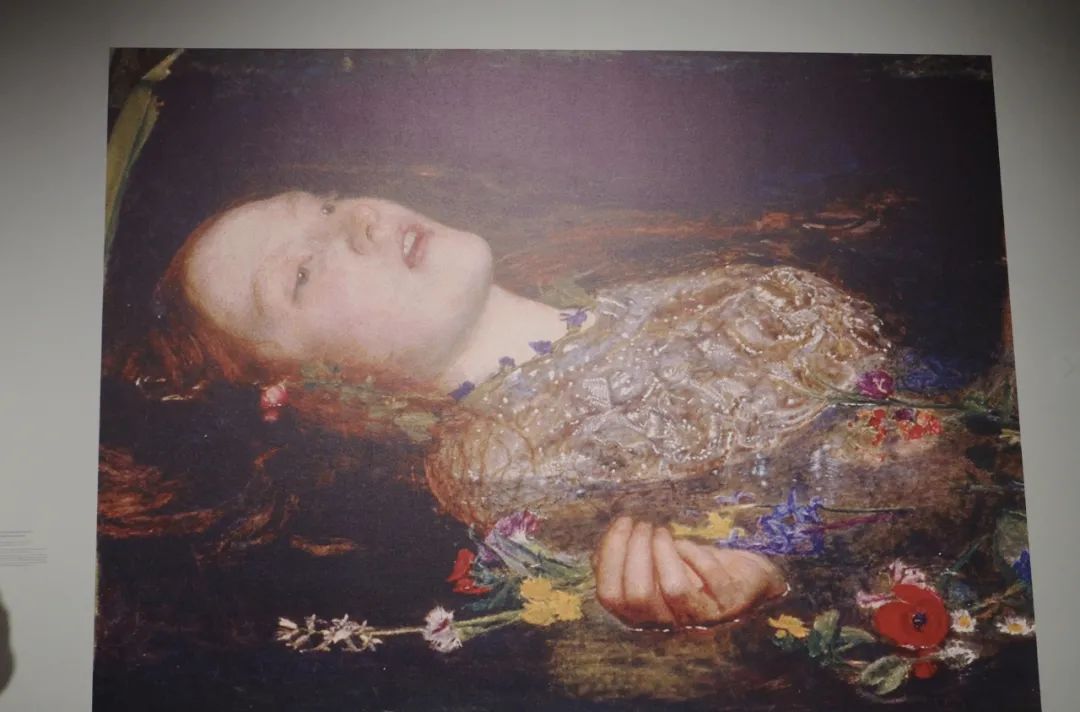
The exhibition displays the complete works of Shakespeare at the entrance. The pages opened in the book are exactly the plot of this scene in "Hamlet" ↓ One is in Chinese and the other is in English.

The museum uses video animation to simulate the first-person perspective of Ophelia slowly diving into the water, allowing everyone to become a person in the painting and experience the process of slowly falling into the water.
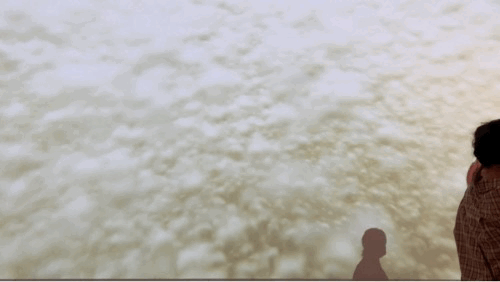
Walking further inside, there is a whole wall of interpretations of the flowers and plants that appear in the screen of "Ophelia"↓
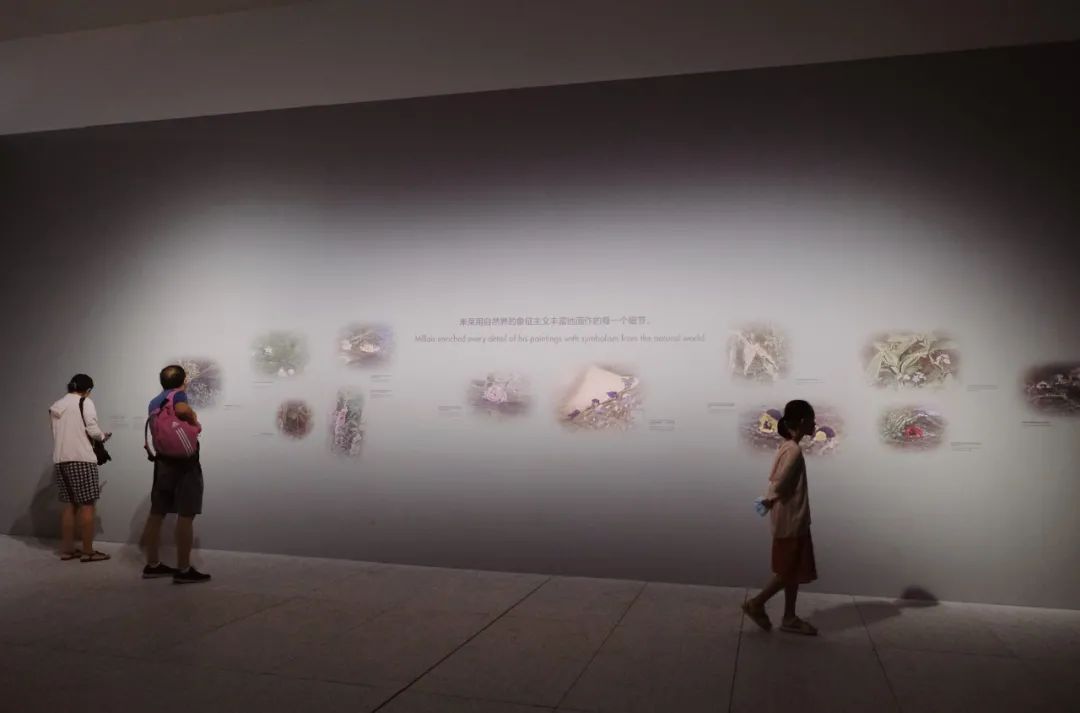
For example, the poppy floating on the water symbolizes Ophelia's sadness and death. Unexpectedly, Millais was so scheming, and various flowers were accompanied by corresponding emotions.
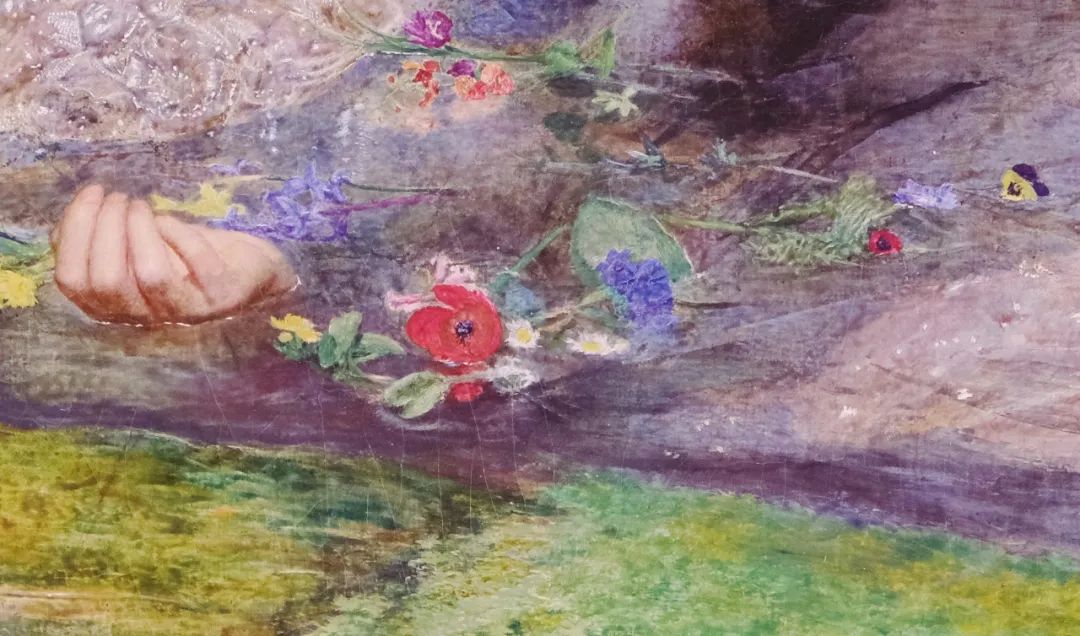
There is also a short film playing in the small exhibition hall. It tells the story that in order to create "Ophelia", Millais found the artist and poet Elisabeth Sidell and asked her to wear a white gauze dress studded with various diamond decorations and lie down on the bed. In a bathtub with water, simulate the process of Ophelia falling into the water.
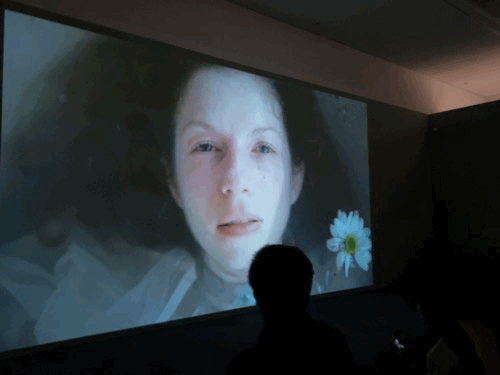
Listen to Xiong Xiaomo say in the "B Side Radio" podcast: "When I saw this painting in the UK, it had three floors inside and three floors outside ; but now that I have been invited to be a stress test guest at the museum, I can It’s an amazing feeling to watch Ophelia directly from the best location.” (Privilege from Pressure Test)
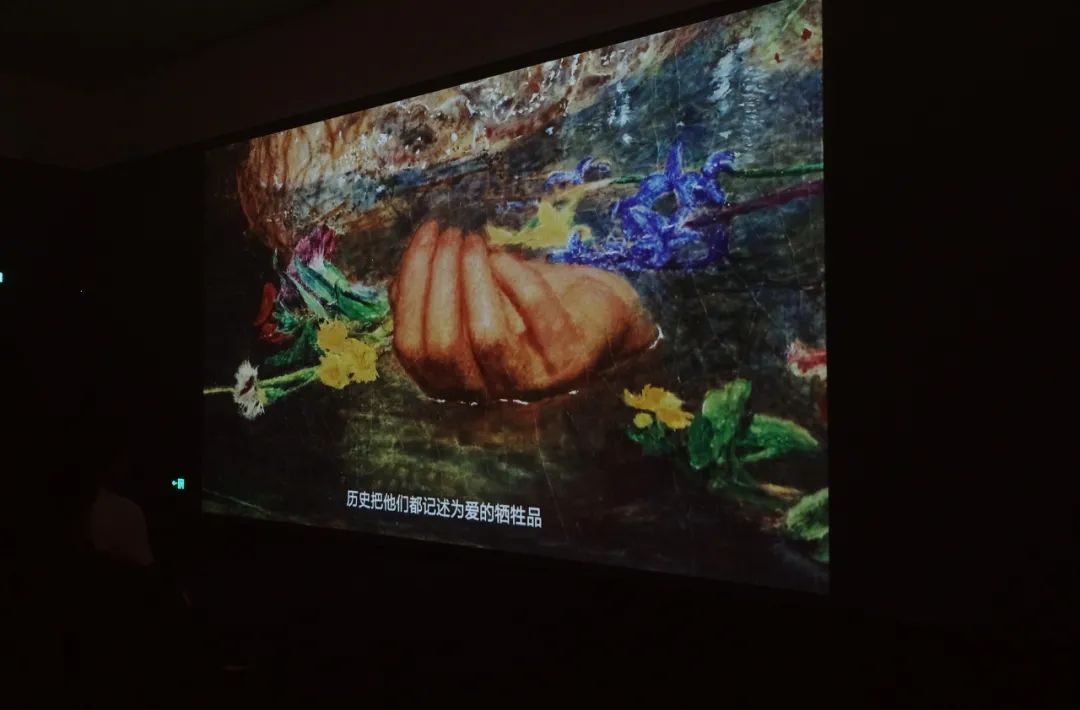
But now if you look at it, you will see that there are still three levels of people! But if you wait patiently, you can wait until the position closest to the warning line.
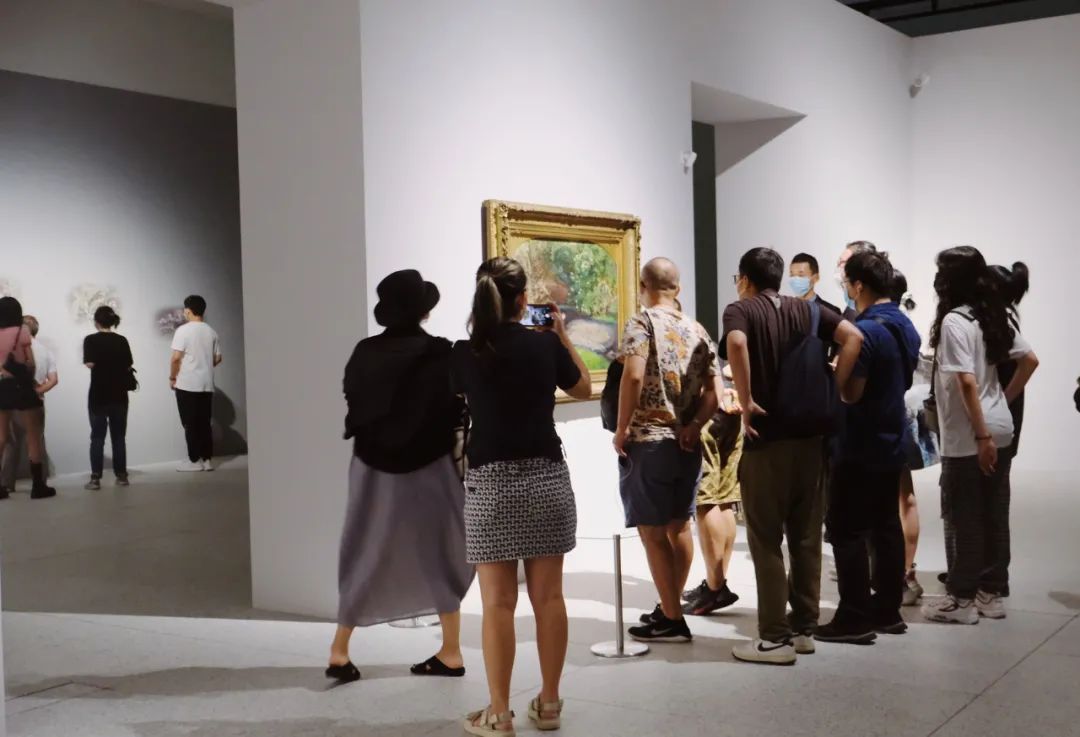
Cai Guoqiang
Travel and return
I once knew Cai Guoqiang because of his highly recognizable Fireworks Ladder.
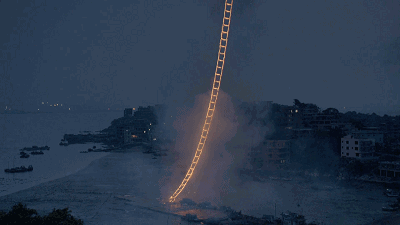
As the fireworks were lit, bright ladders appeared above the sea, and the sparks kept climbing upwards, as if they were leading to the universe, which was very romantic.

Later, I learned in the exhibition hall that the fireworks director of the 2008 Olympic Games was Cai Guoqiang. Do you still remember the big feet in the sky at that time?

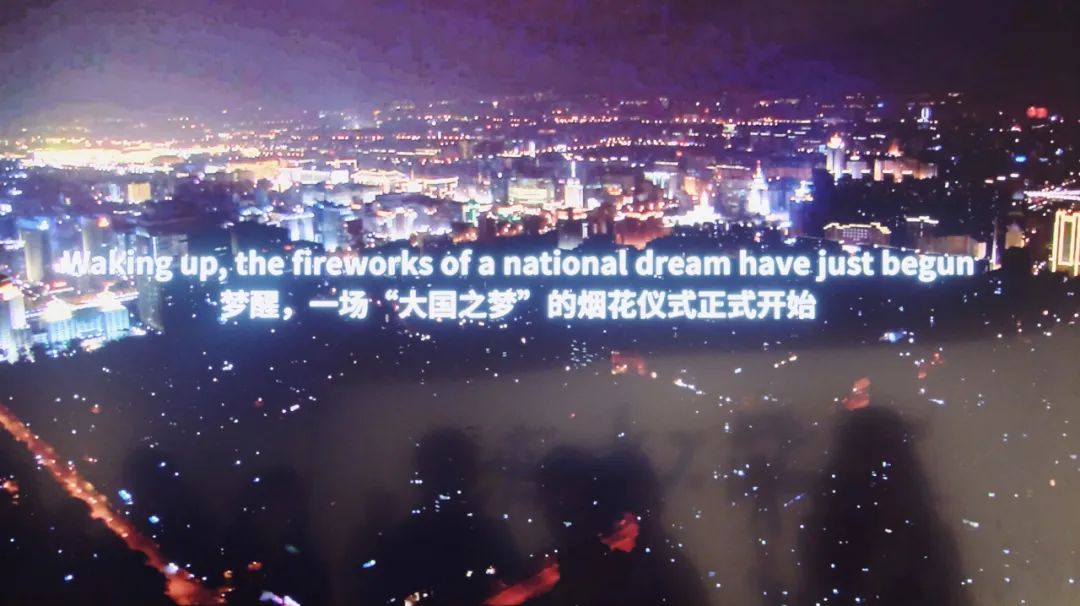
If you don’t know him very well, let me show you where he is!
This eldest brother, who is in his sixties, is from Quanzhou and looks like a spirited young man. It is not an exaggeration to say that he is one of the most famous artists in the world at present, and one of them can even be removed.
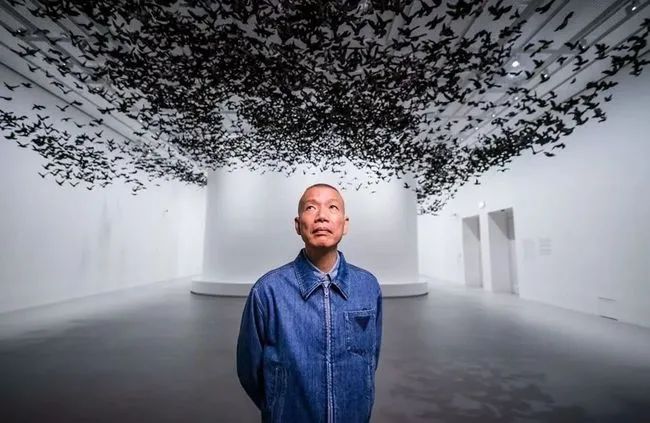
Normal people use paintbrushes or PS, but Cai Huoqiang’s creative tool is gunpowder! For him, the art of it is explosion 💥.
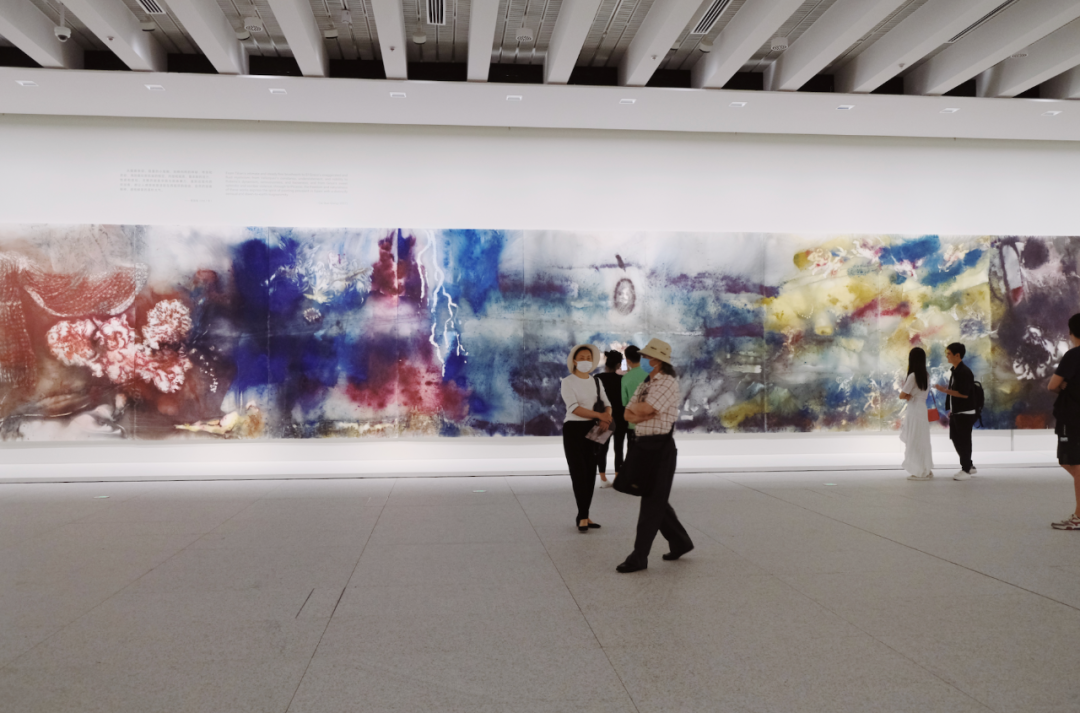
For example, use gunpowder to create the iconic Gothic rose glass window of Notre Dame de Paris. When you see this painting, you will think of the incident in which Notre Dame de Paris was severely damaged by the fire.

This time Pudong Art MuseumCai Guo-Qiang’s exhibition on this floor is quite important. In addition to a large exhibition hall on the second floor, the central exhibition hall connecting the 1st to 4th floors also houses Cai Guo-Qiang’s Dynamic lighting installation "Encounter with the Unknown" .
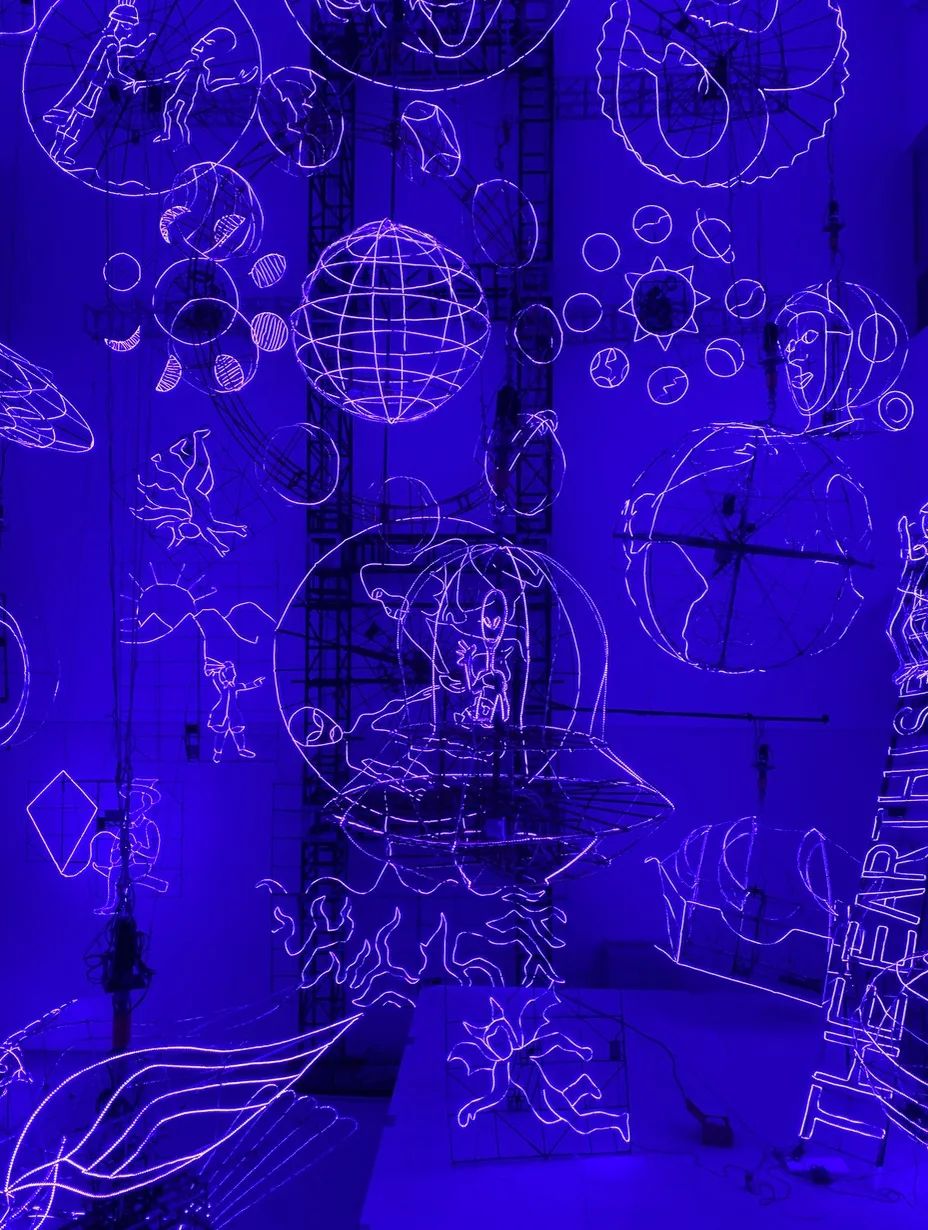
As soon as you enter the museum, you can see this installation through a long and narrow rectangle. Inside, there are colorful flashing lights, and then they turn into blue and purple. The rotating patterns include Einstein, aliens, and the universe. Spaceships, angels, apes... the installation seems to be talking about his own view of the universe.
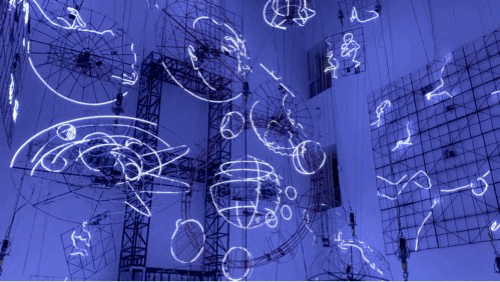
This location is also one of the best photo-taking spots.
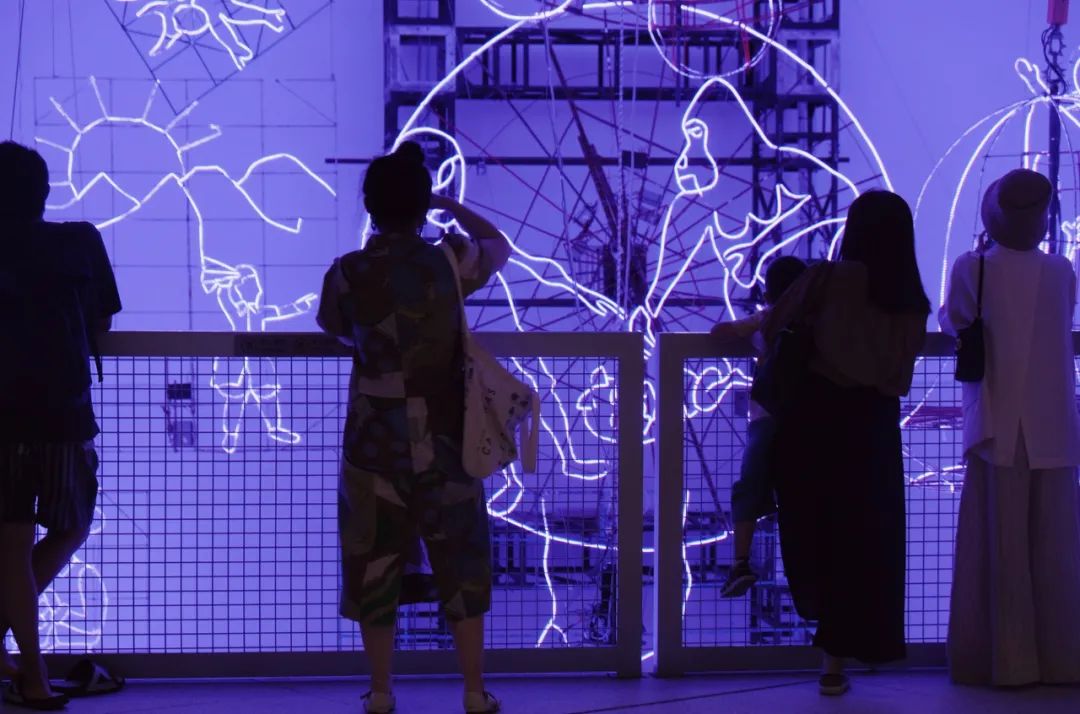
Personally, I feel that Cai Guo-Qiang’s works are the easiest to understand in the audience. The main line is to talk about art from different eras, and then mix it with his gunpowder. Almost every gunpowder painting or explosion art resonates with people and shocks them at the same time.
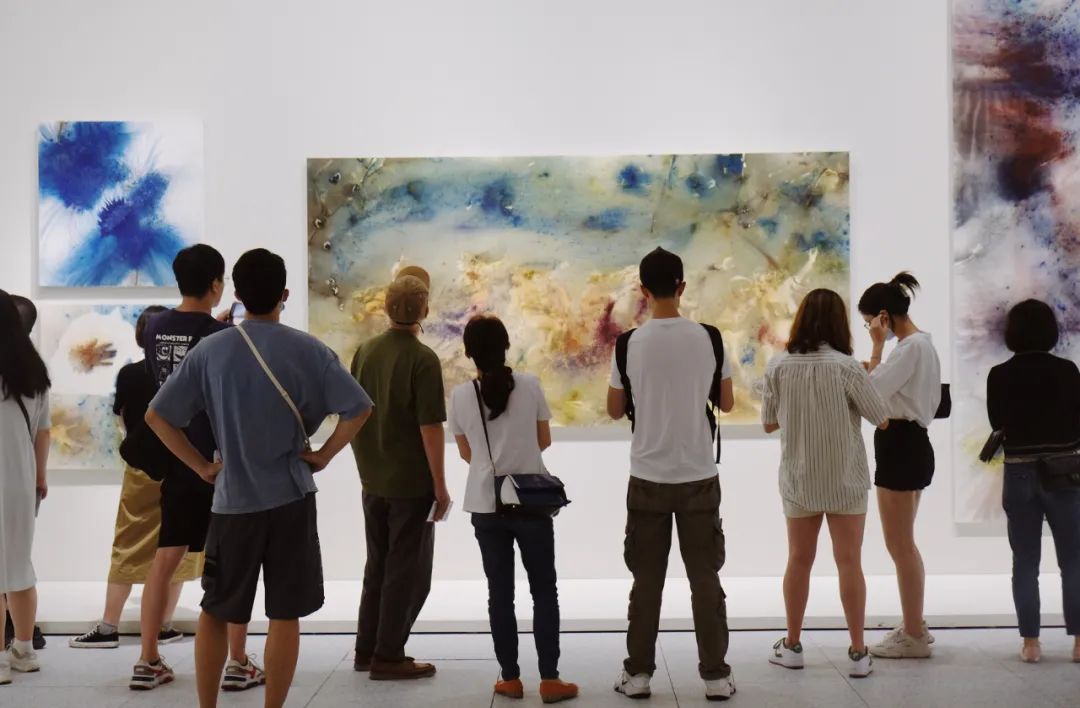
The entire exhibition has both historical context and cosmology. Dialogue with ancient Greek and Roman civilizations, modernism, the Middle Ages, the universe... The exhibition clues made me jump back and forth between the classics and the future.
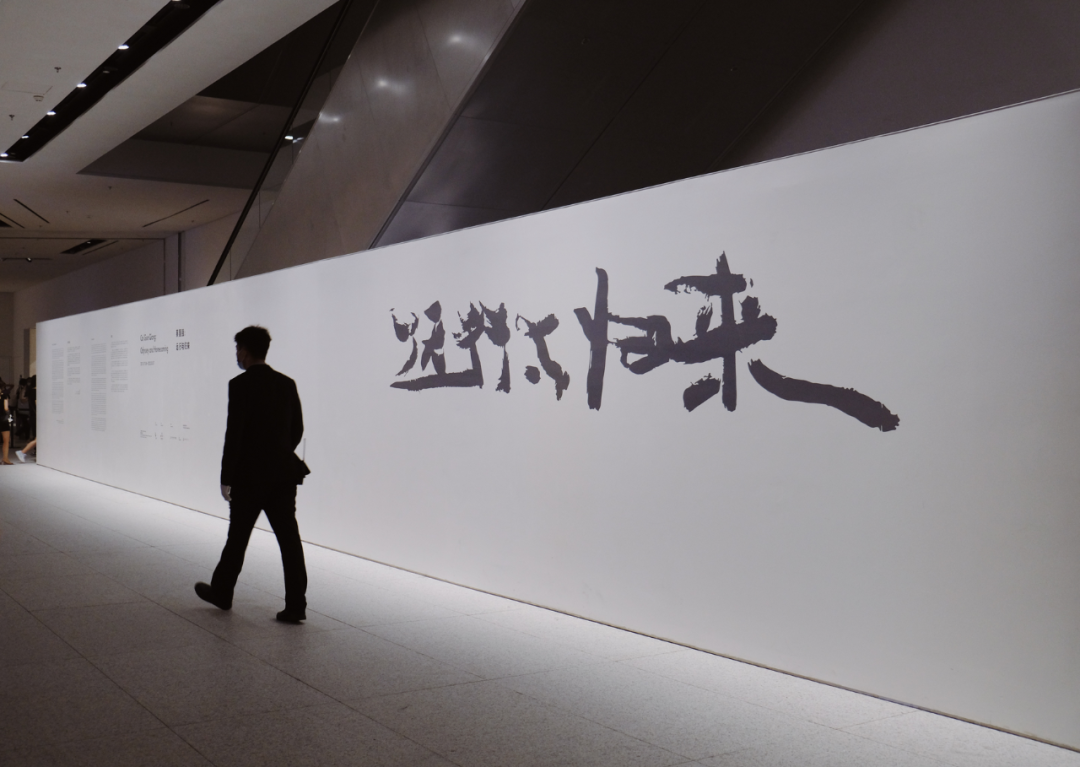
The most wonderful dialogue work is indeed dialogue with the spirit of Chinese culture ↓
For example, "Sleepwalking in the Forbidden City" , As soon as you go to the exhibition hall on the second floor, you can see a miniature model of the pure white Forbidden City with colorful fireworks scattered on it.
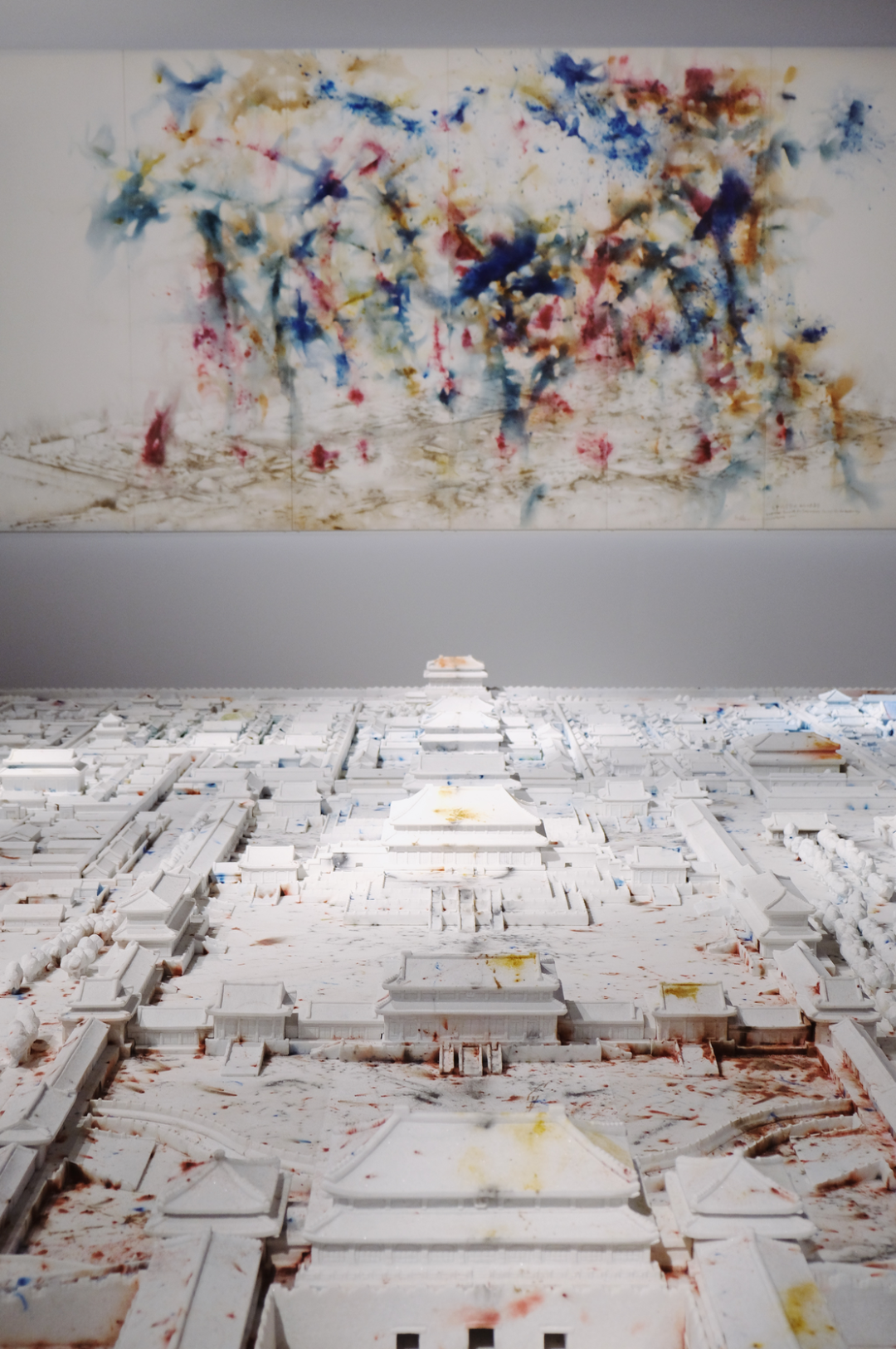
Historically, New Year customs in the Forbidden City include setting off Aoshan lanterns and setting off fireworks. Cai Guoqiang imagined an ancient daytime fireworks ceremony to celebrate the 600th anniversary of the Forbidden City. This exhibition was presented at last year's 600th Anniversary Exhibition of the Forbidden City.
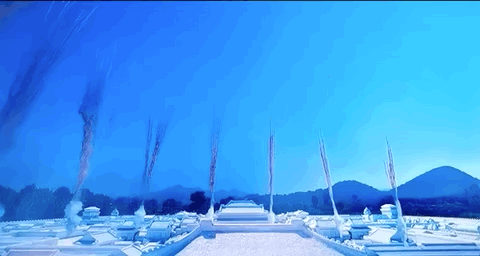
The explosion of "Sleep in the Forbidden City" was quite shocking. The team hired a master to carve a miniature version of the Forbidden City out of white marble and placed it in the natural landscape of Liuyang, Hunan. Then he placed gold, red, blue and other colored gunpowder in the palace, and blasted the gunpowder at different angles. Finally, the white Forbidden City and the scattered traces of fireworks formed a huge work of art.
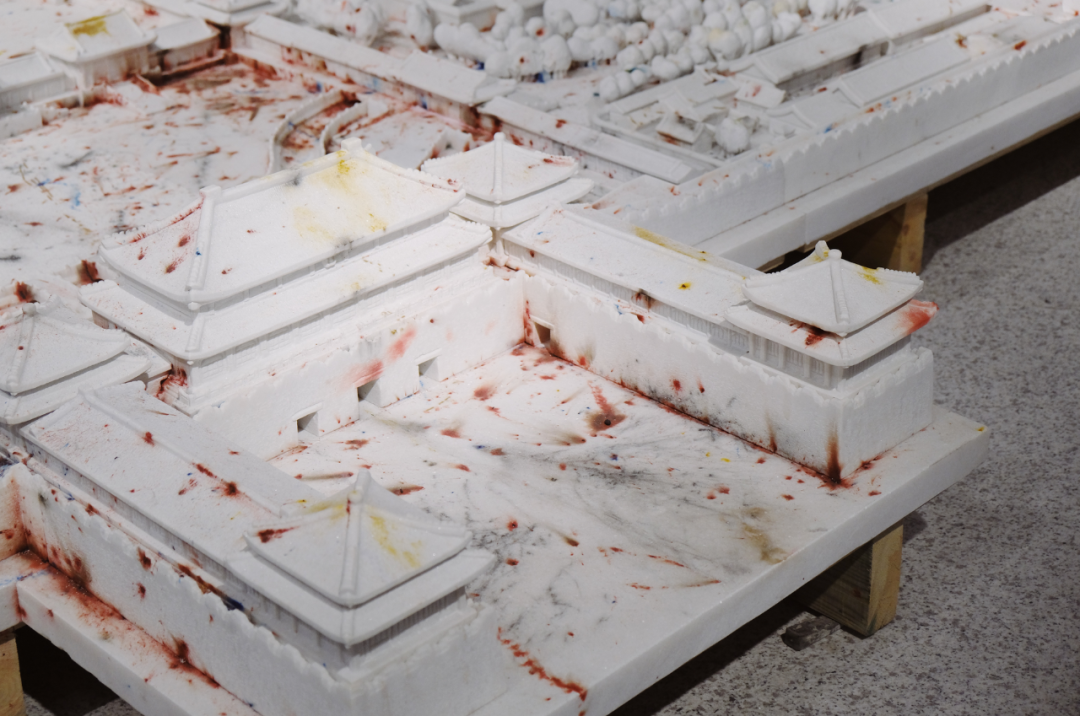
Every detail is very impactful‼ ️
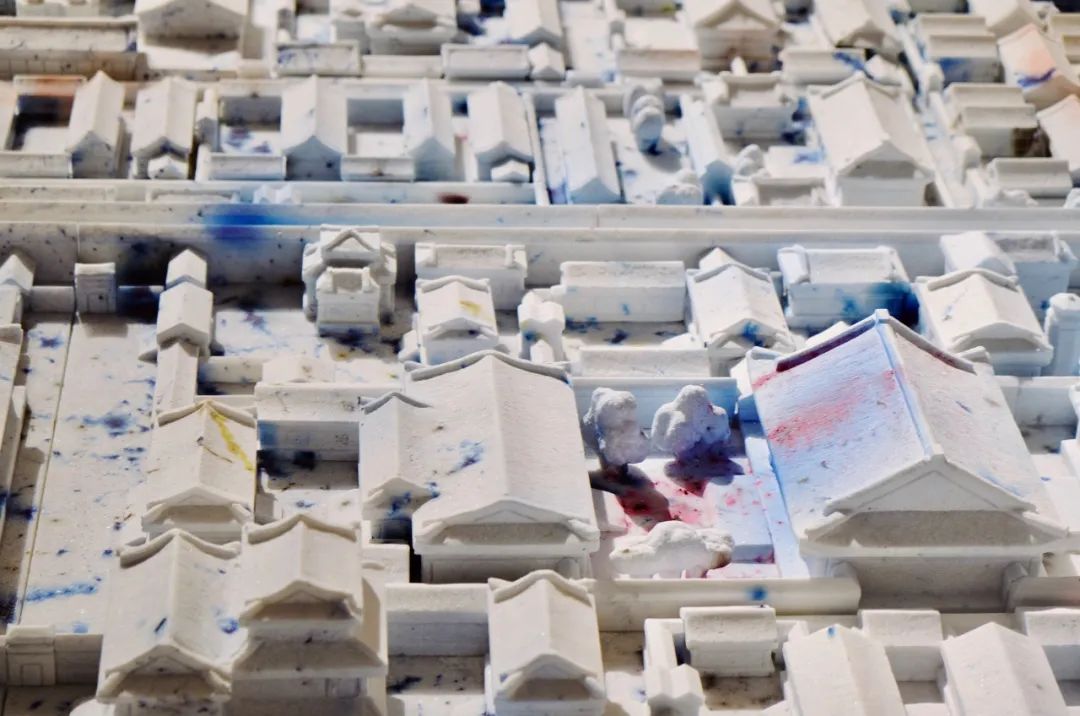

For the above Explosive Art, you can reserve VR in advance to watch the colorful fireworks, but the places are very limited (there were only 44 places in the afternoon when I went). It is recommended to rush directly to the 2nd floor to make a VR appointment as soon as the museum opens in the morning .
You have to wait in line for a normal appointment for about an hour. It's okay if you don't line up. It's a waste of time to wait in line for so long. The VR effect is actually average, and the picture is a bit grainy.
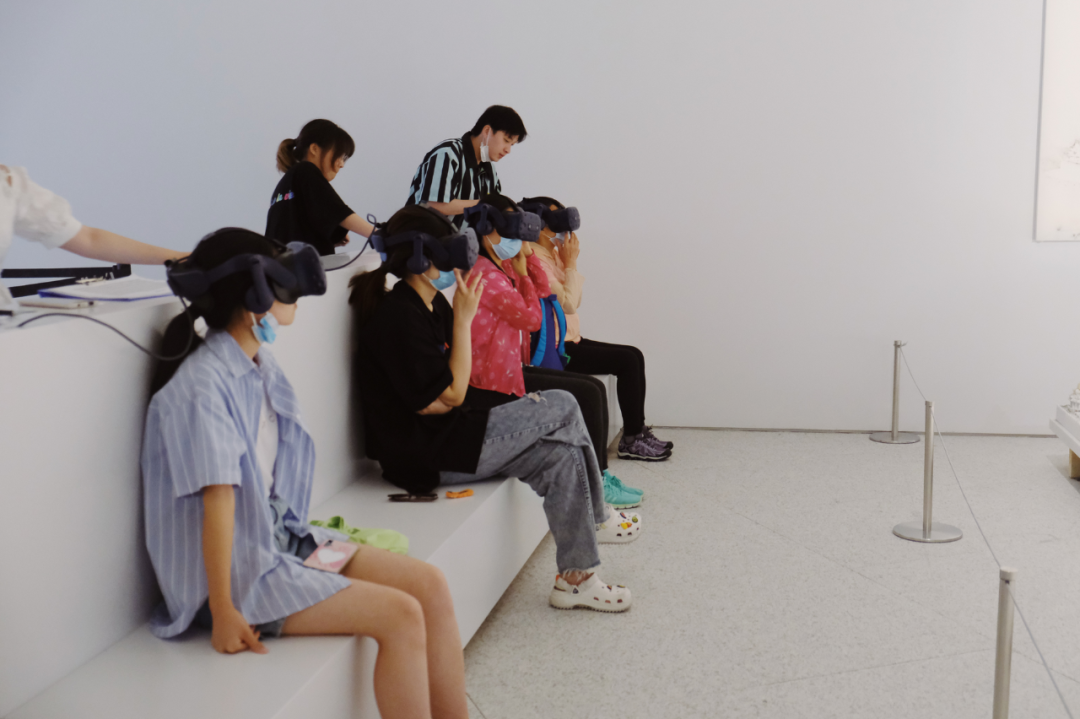
There is also this VR video on site b:
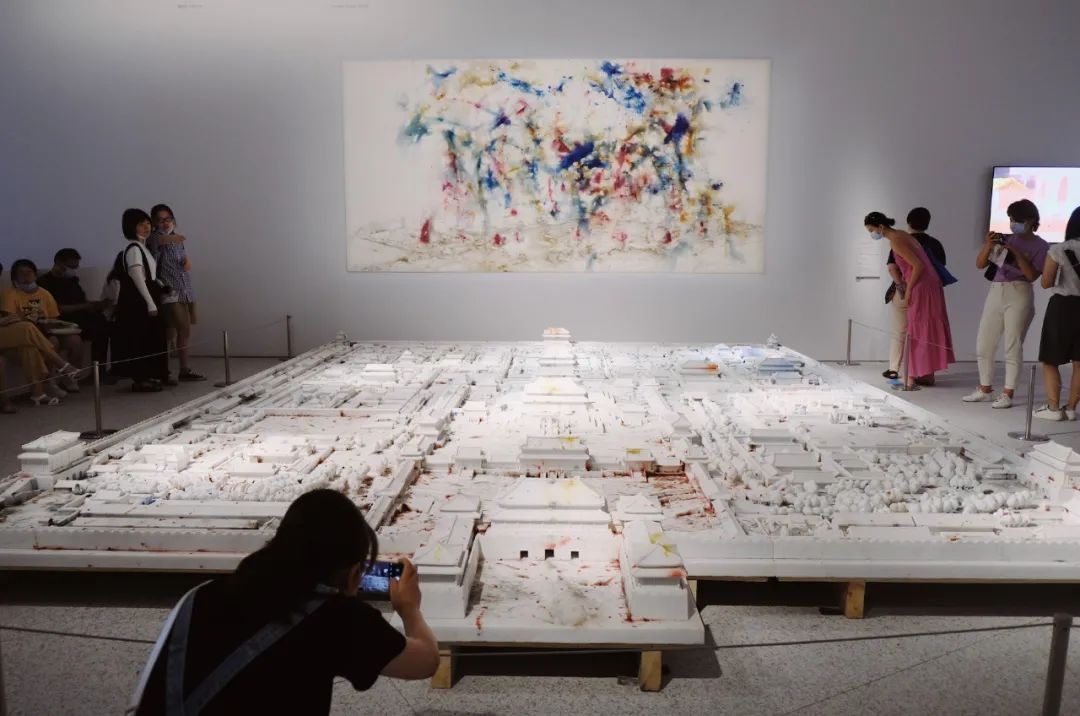
In addition, Cai Guo-Qiang's "Dialogue with the Italian Renaissance" is also quite beautiful↓ Can you tell that the prototype of its explosion is the Flower Goddess in "Spring", the treasure of the Uffizi Museum?
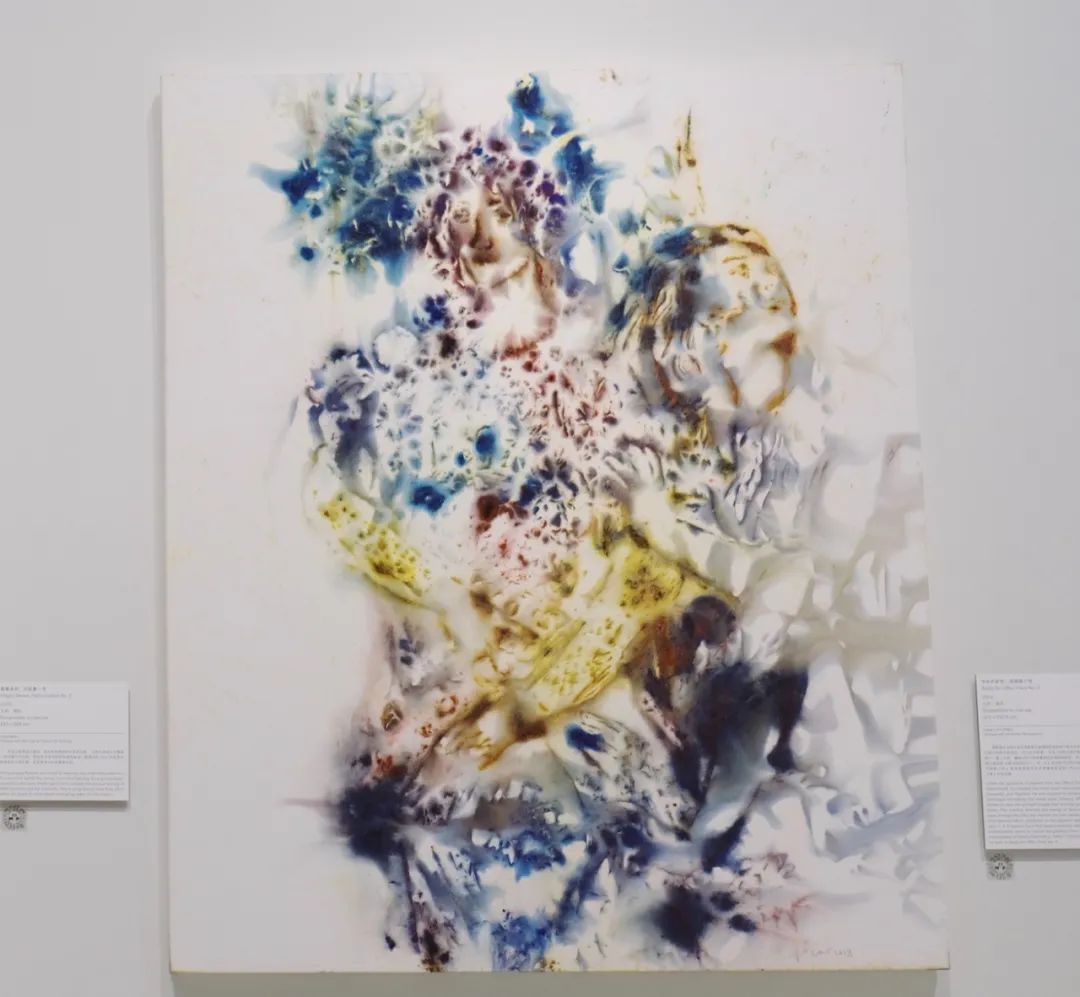
Revealing the true face of the Flower God↓
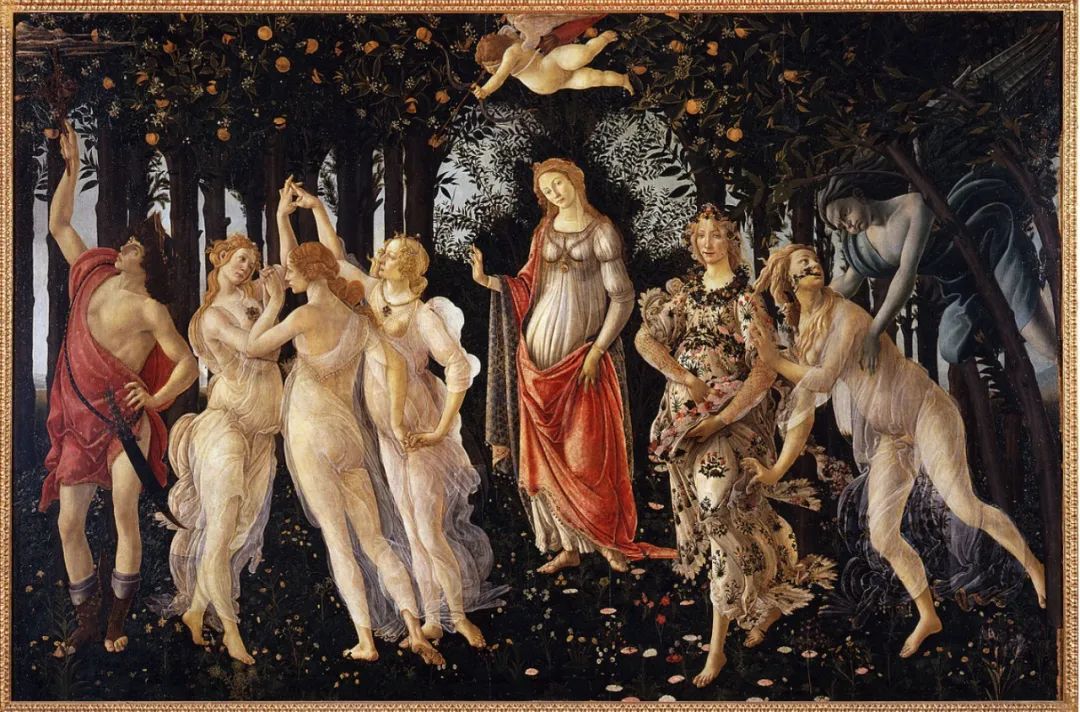
Botticelli's "Primavera"
Cai Guoqiang's exhibition is also a big queue, and he waits patiently.
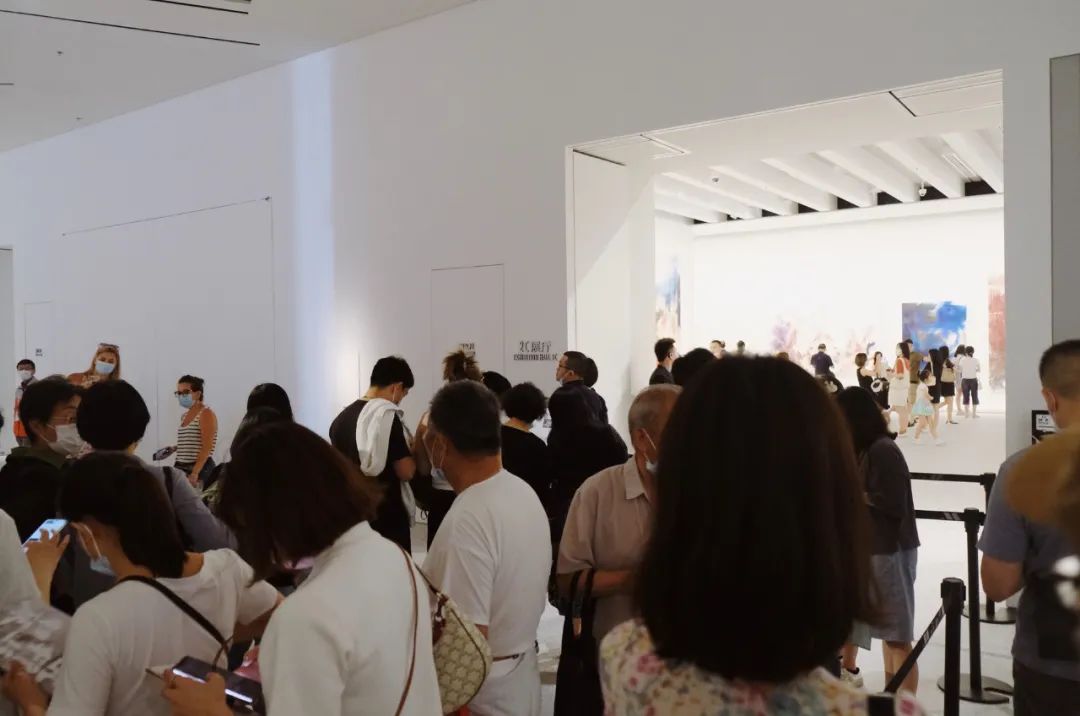
In the queuing area, you can see this "Skating Picture in the Forbidden City". Cai Guoqiang used the ancient palace people's skating as a prototype and used his own gunpowder blasting art to recreate it.
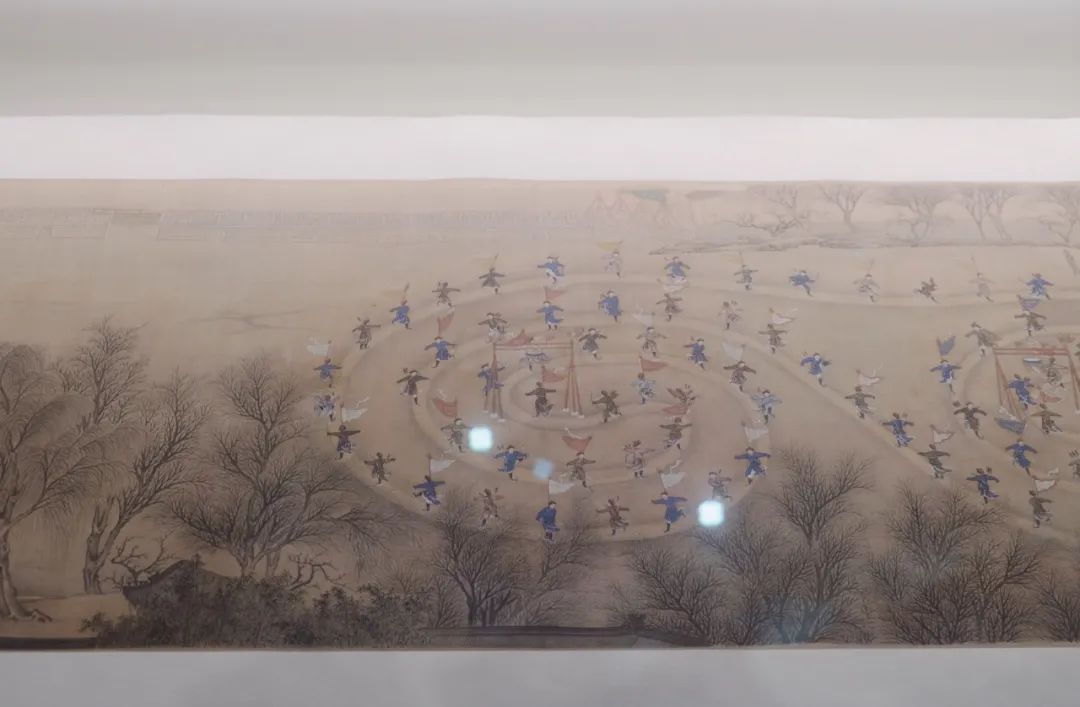
There is fire on the ice, but it is actually the palace people who drift freely.

There are so many of his works. If you want to take a closer look, you can stay at the Cai Guo-Qiang exhibition on the second floor from morning till night. Below I will pick out a few selected ones.
Toledo by day and night
The explosion revealed the scene that Cai Guoqiang saw when he returned to Toledo, from night to day and then to night.
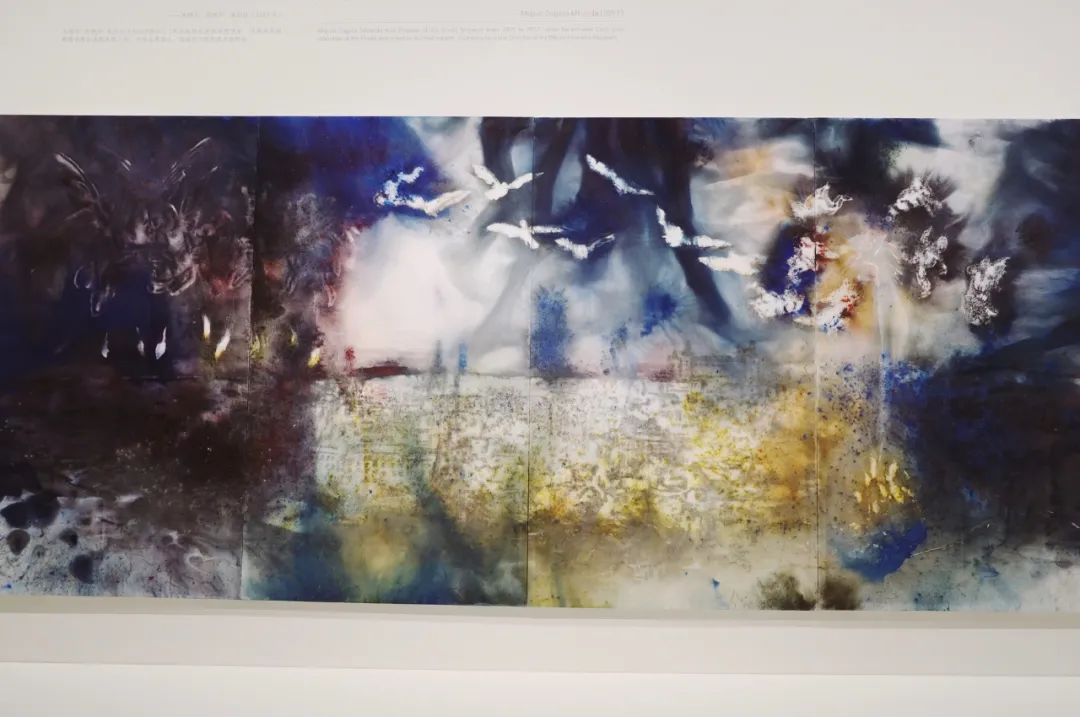
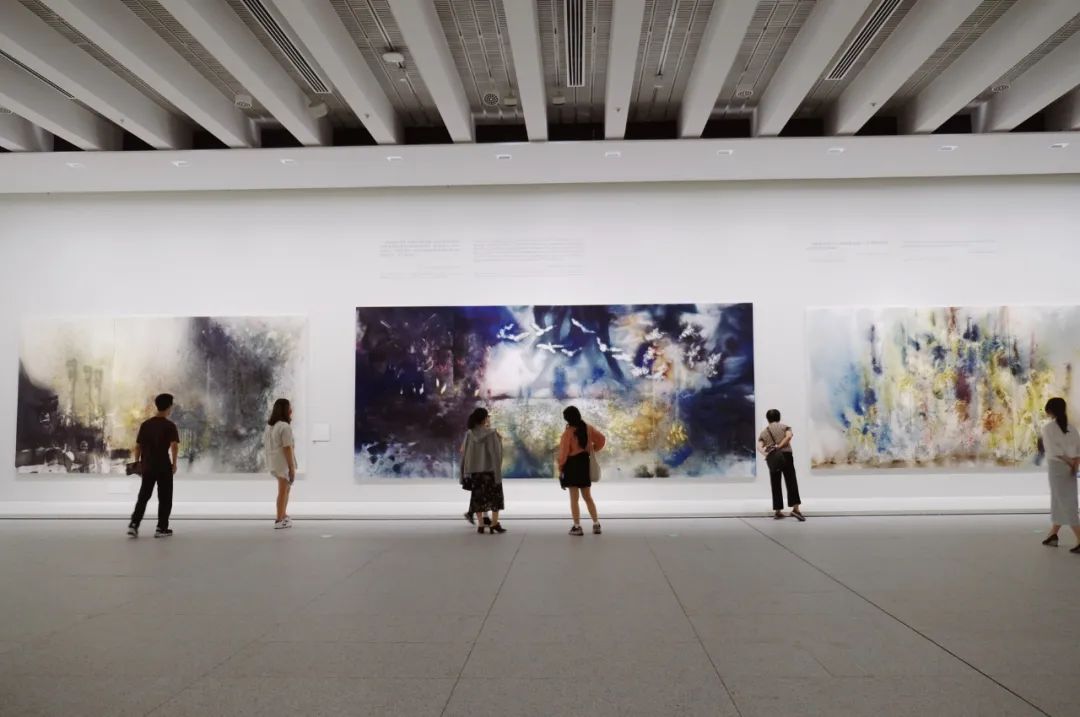
Estrus Mountain
The painting shows an exploded aphrodisiac mushroom. Mushrooms can cause hallucinations, and lust is also an illusion.
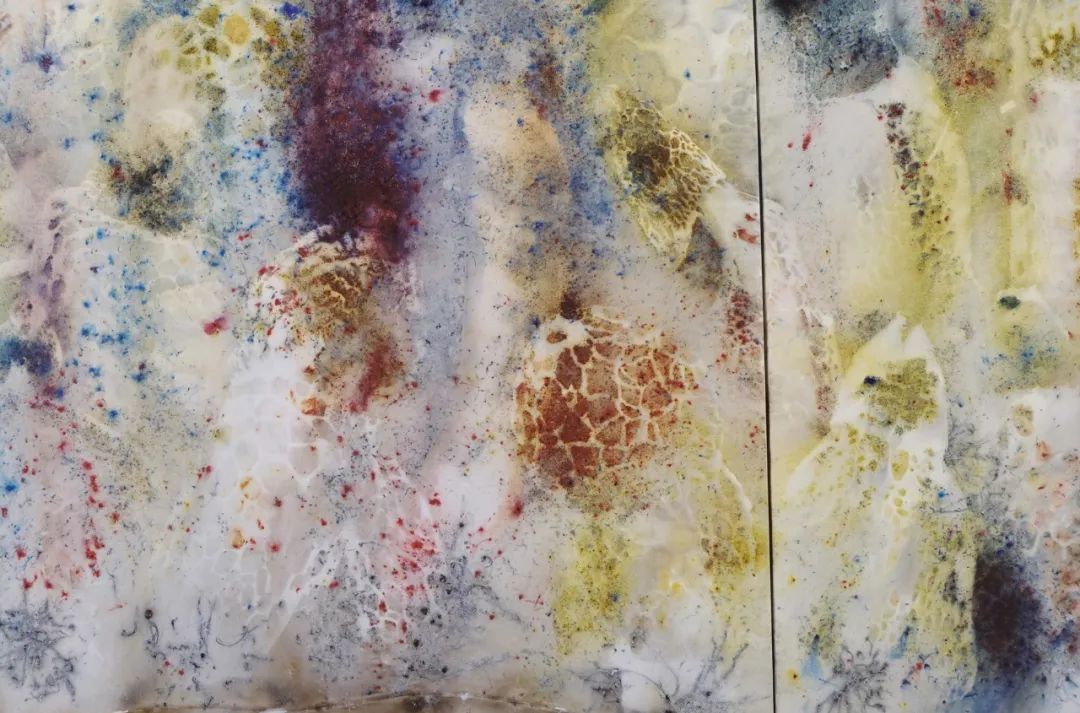
black poppy flower
Poppies represent illusion, gunpowder represents loss of control, and the combination of the two inspires greater energy.
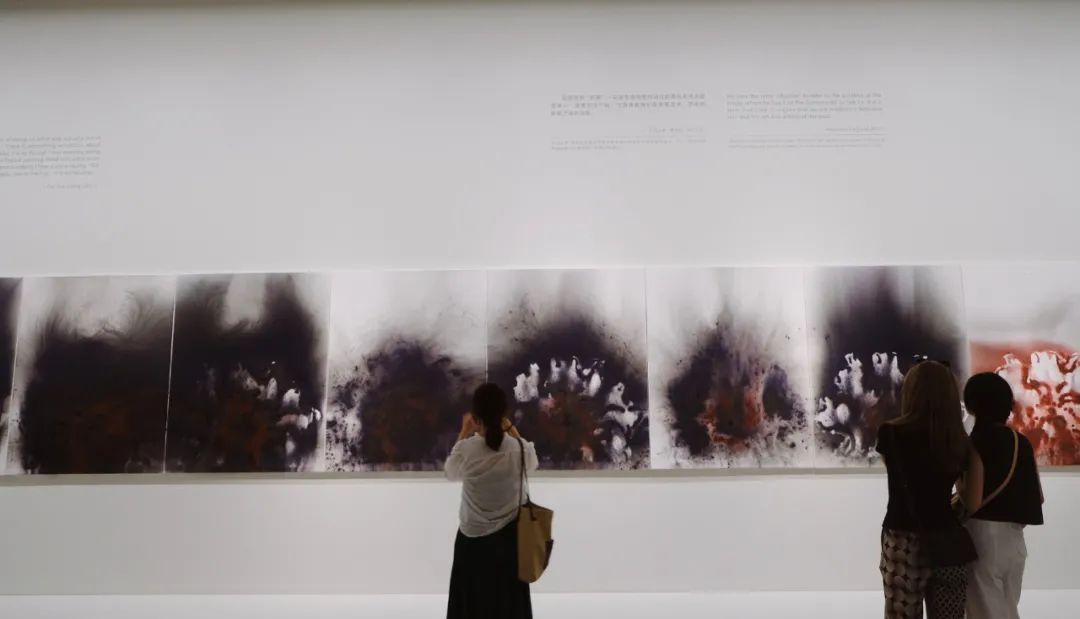
I have to say that Teacher Cai is so productive. After looking at the exhibits, the last large wall is a chronicle of his works, and there are many interesting ones that are not on display this time.
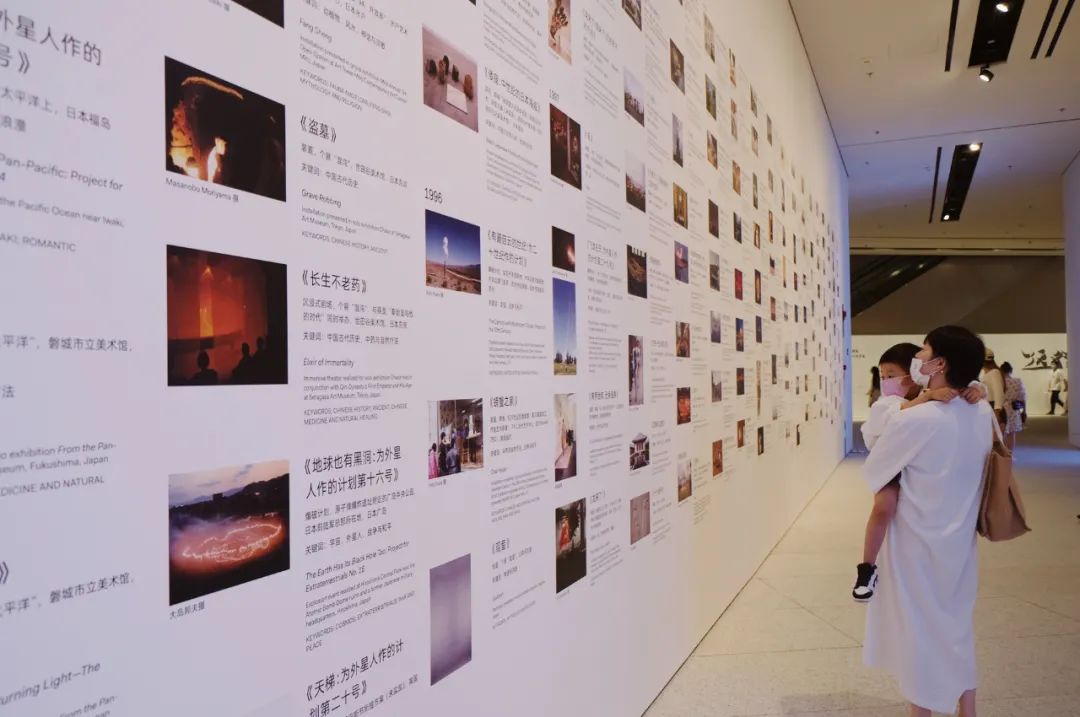
Light:
Tate Collection
The "Light" on the third floor is also an exhibition that I personally think can be spent all day looking at slowly.
The exhibition brings together more than 100 pieces from the Tate Museum's collection, created by Monet, Kandinsky, Yayoi Kusama, John Brett...the names of these art masters have completely hooked me  .
.
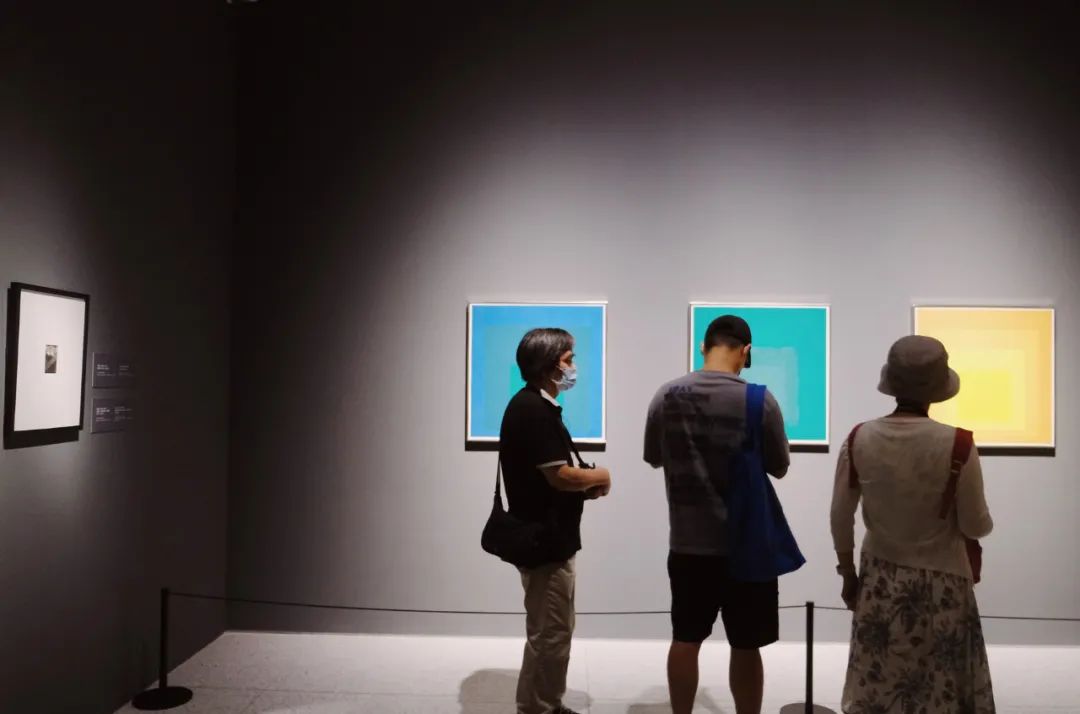
There are static paintings and dynamic installations in the exhibition hall. Compared with paintings, I think the installations in the exhibition hall are relatively more interesting and the threshold for appreciation is relatively lower. First, let’s talk about some beautiful paintings in the exhibition hall.
Monet's "Poplars on the Bank of the Epte"
Someone said: "I am not that impressed by Ophelia, but the poplar trees painted by Monet are very beautiful."
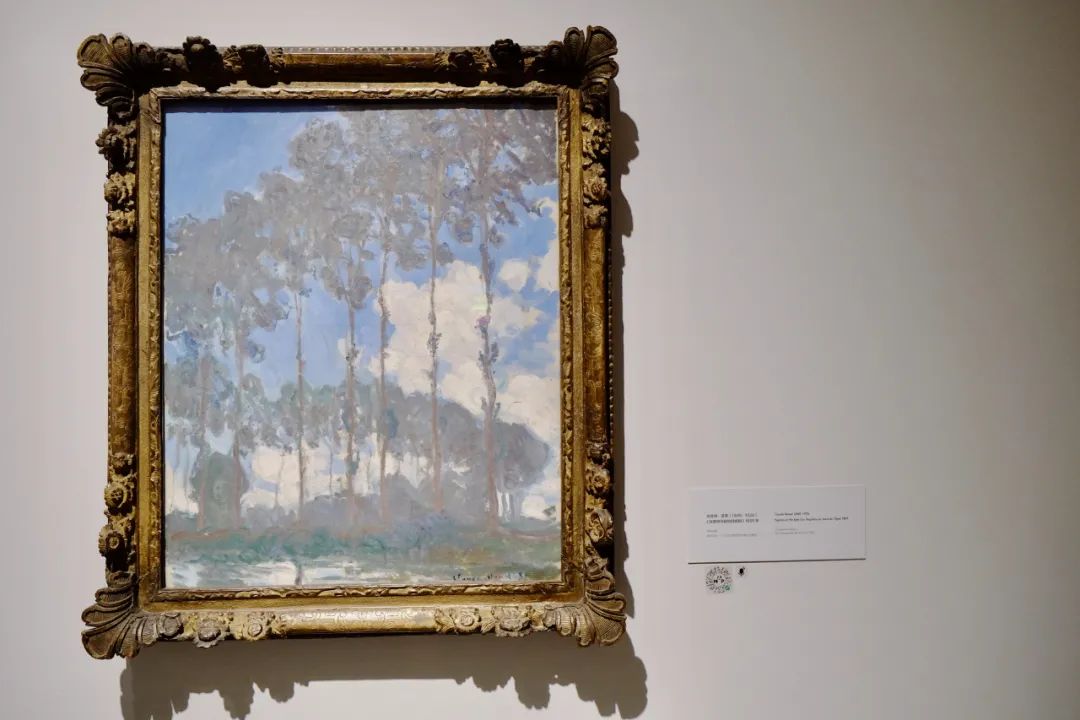
What people don’t expect is that Monet’s painting is located in a very inconspicuous position, with a small frame, and is lined up with other works, but those who know the art will definitely spot it at a glance.
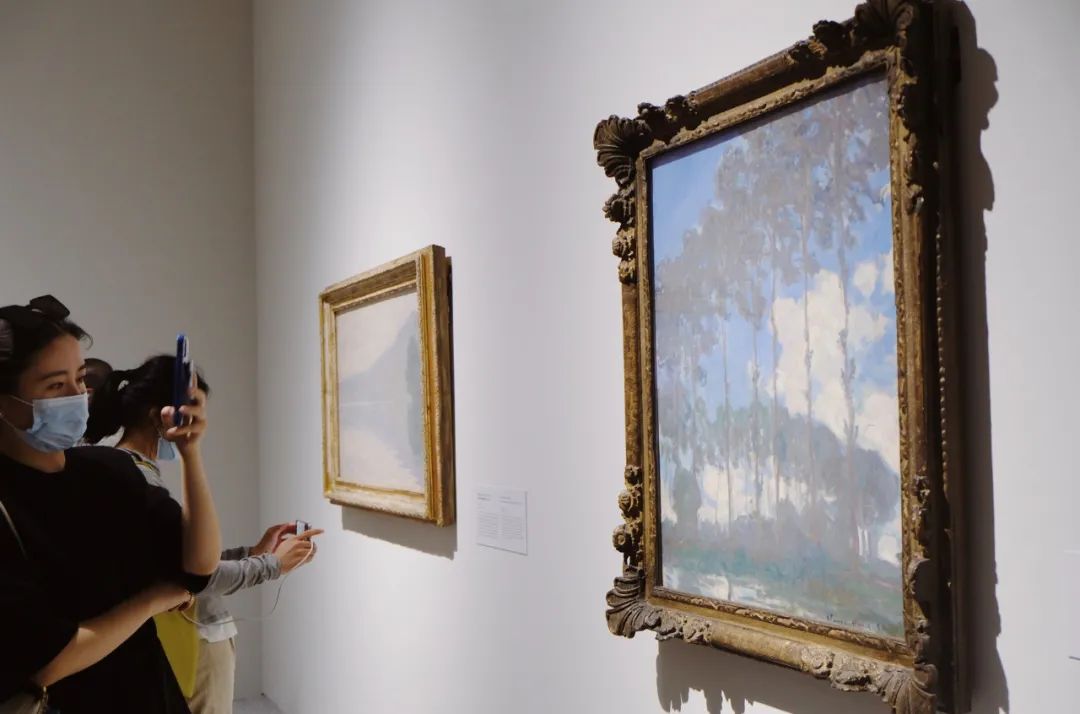
Joseph Malold William Turner: Light and Color
Turner was a painter of light and the king of landscape paintings.
In theory, he understands optics very well and is an expert in the reflection, refraction and shadow generation of light; in art, he can tell stories through light very vaguely.
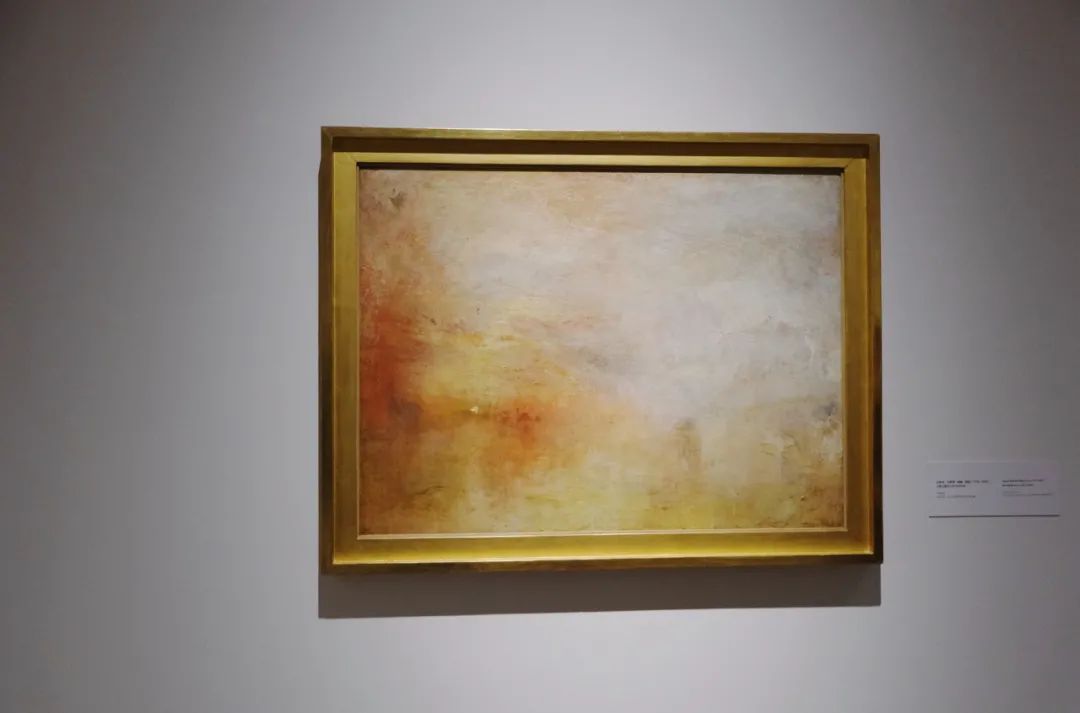
However, Turner’s paintings are basically of London, which is seriously polluted. It is beautiful, but this painting also looks a bit sad...
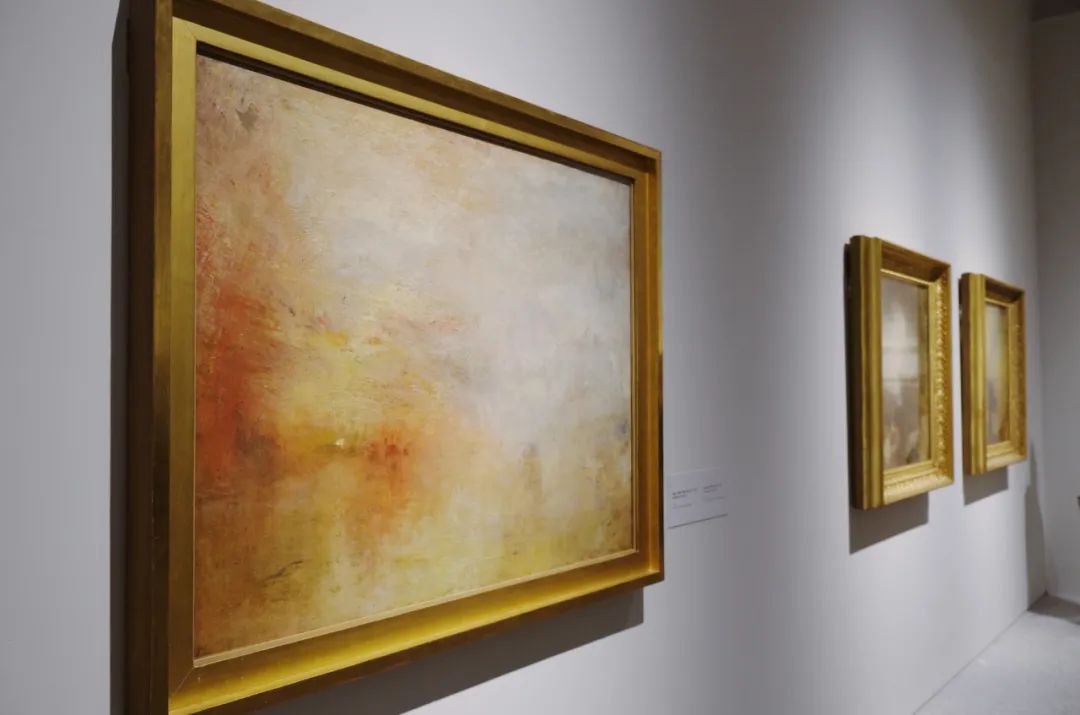
"View of the English Channel from Dorset Cliffs" by John Brett
This painting is the highlight of this Tate collection. Many of the lights in the 18th-century paintings in the exhibition are related to religion, and the light and dark in them have various metaphors.But by the 19th century, painters focused on nature and captured the beauty of light.
For example, Brett's painting of the English Channel allows us to quietly appreciate a beautiful sea that is thousands of kilometers away from us physically and more than a hundred years ago in front of the painting.
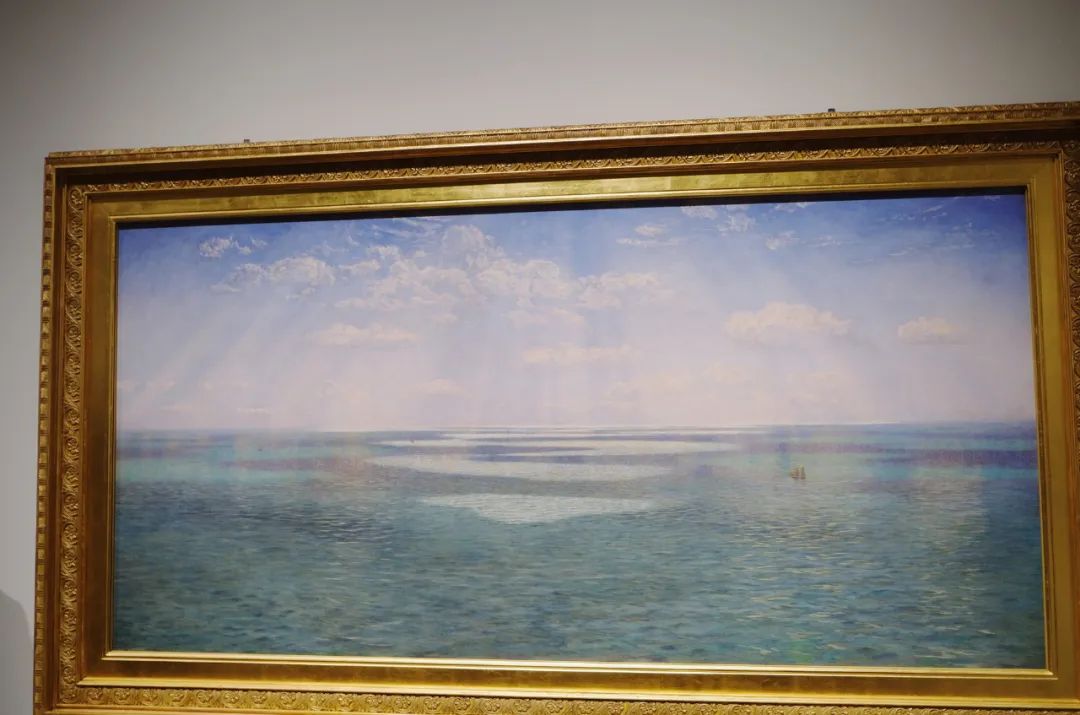
At that time, the old lady standing next to me said to the old grandfather: Look at how well the sea is painted, how transparent it is.
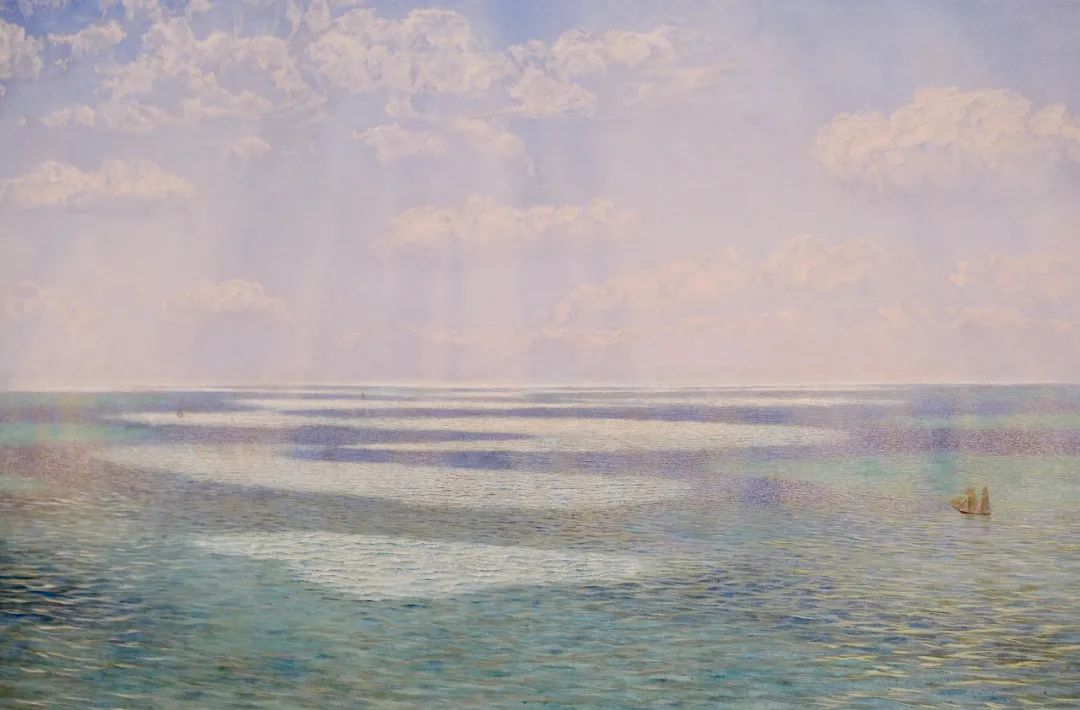
William Rosenstein"Mother and Son"
I felt warm the moment I saw this painting. The child is very happy in his mother's arms, and the room is well lit at this time. It is a happy afternoon.
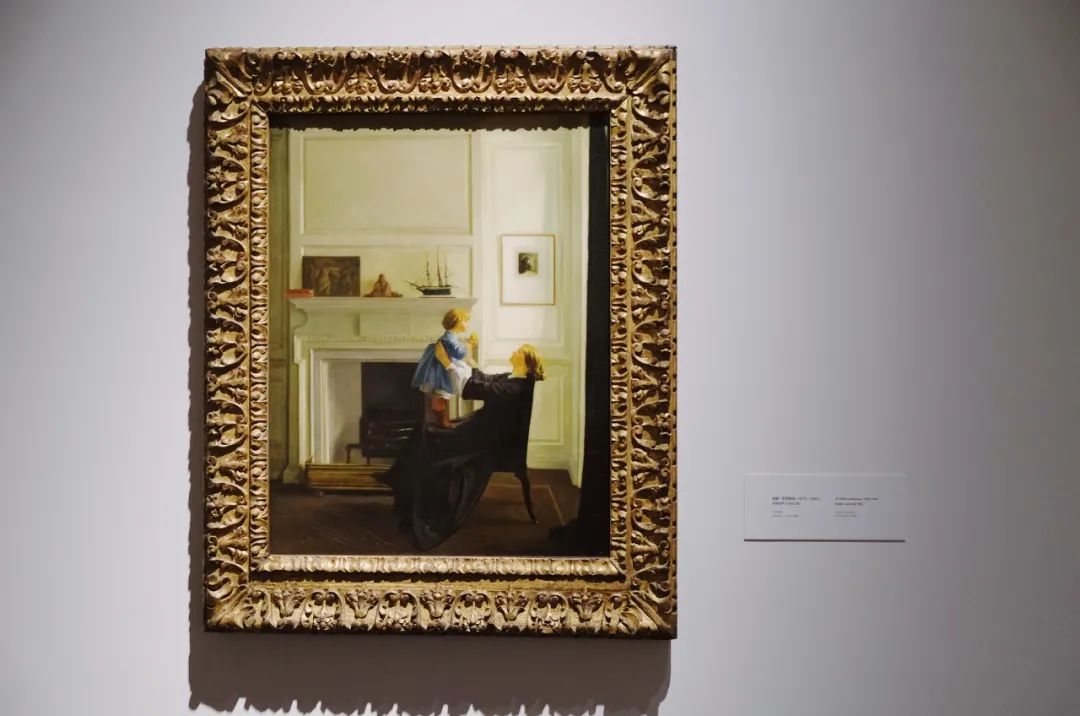
Let’s take a look at the device part↓
Yayoi Kusama’s glass installation
Yayoi Kusama is the one I am most familiar with here. The holes in the glass installation are the polka dots that she is very good at.
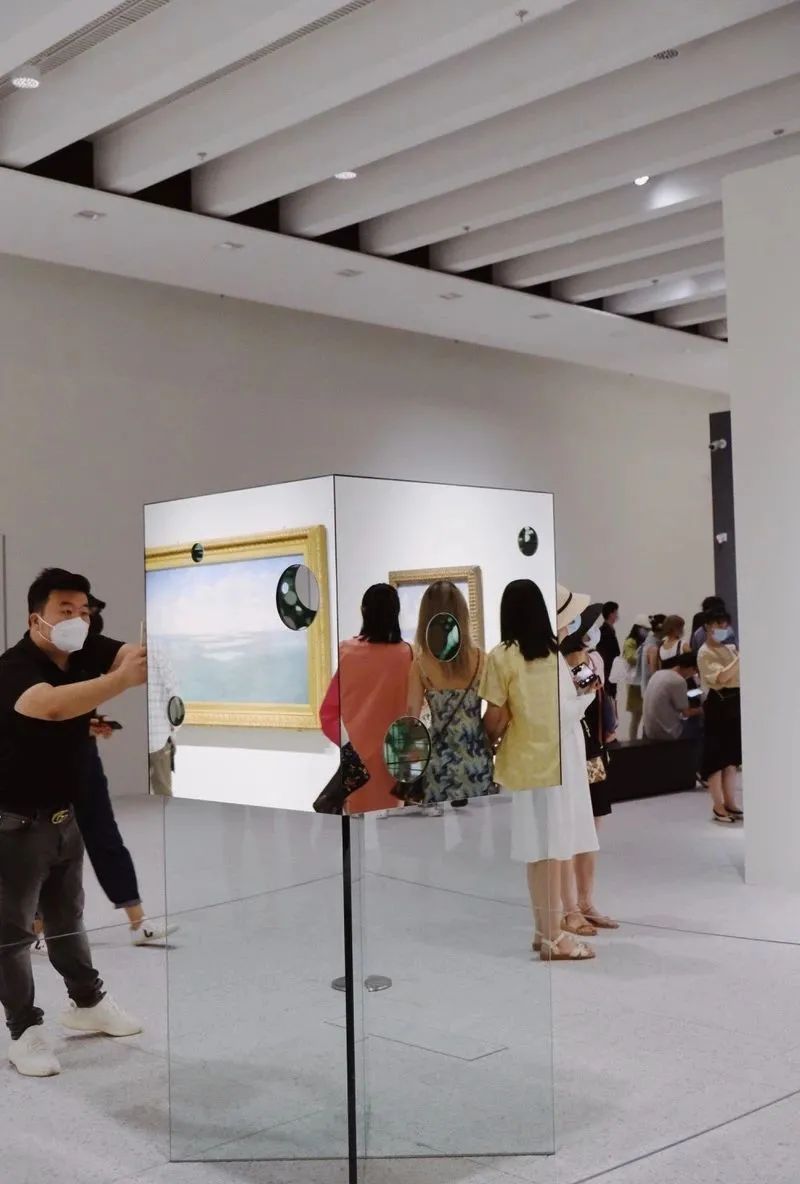
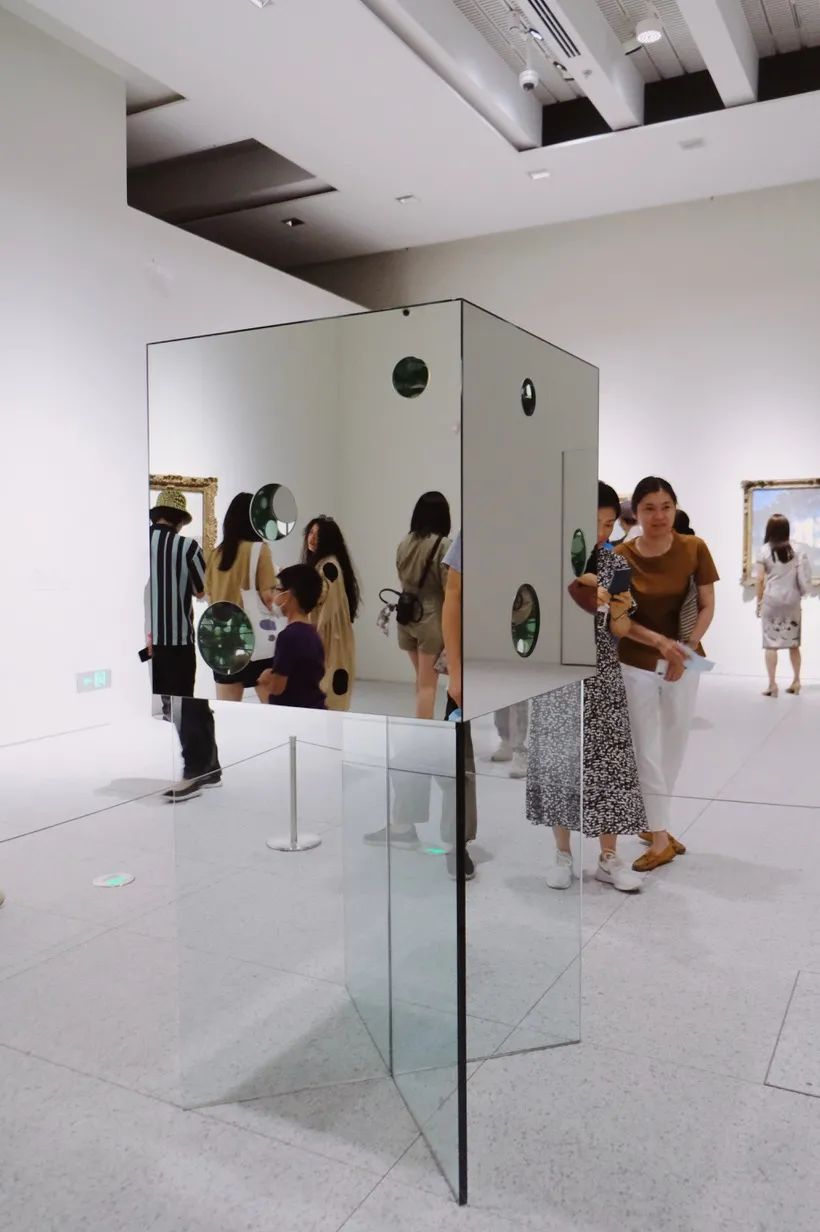
When you look at others, yourself, the lights, and the words on the wall in the holes, you will find that the contents of the exhibition are all captured by these holes, and there is another universe inside.
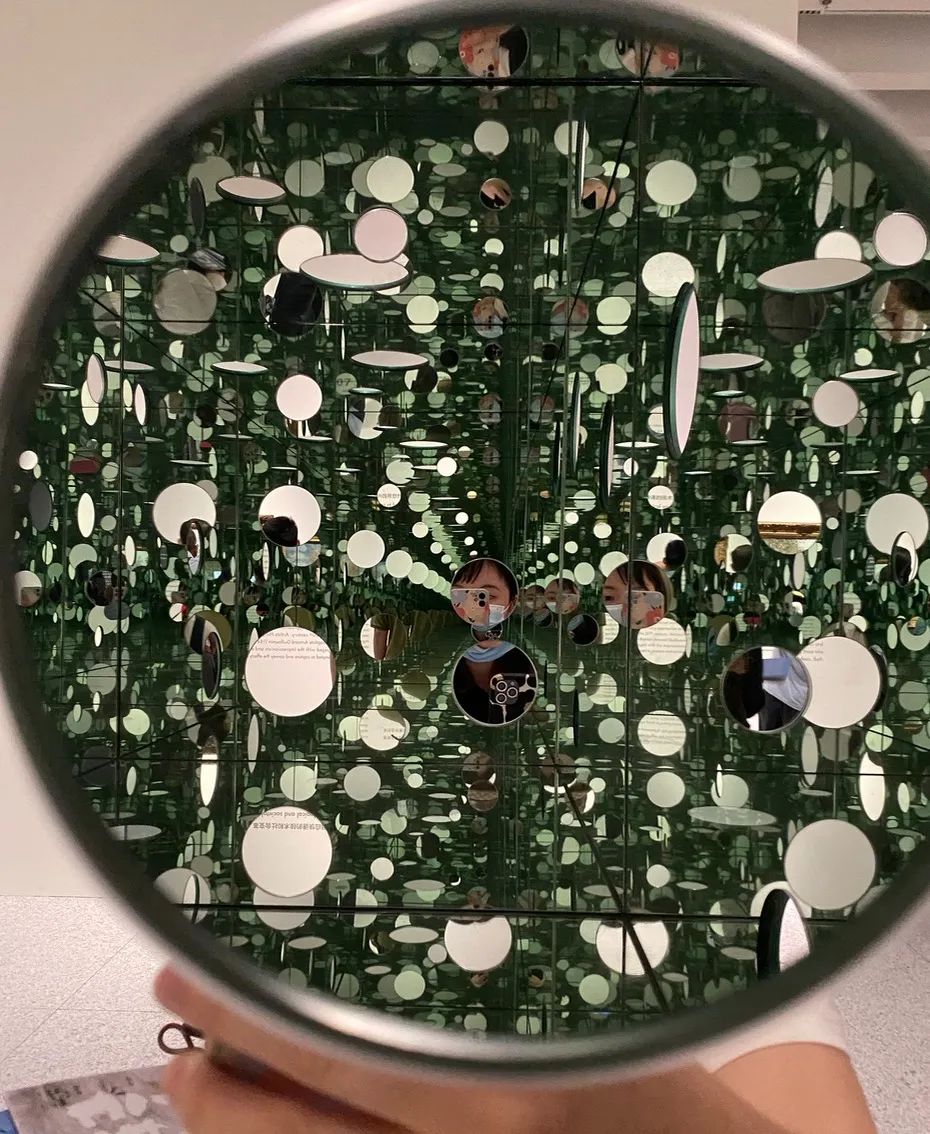
Touching the glass or having children play may cause irreparable damage to the exhibits, so everyone looks at them from a certain distance.
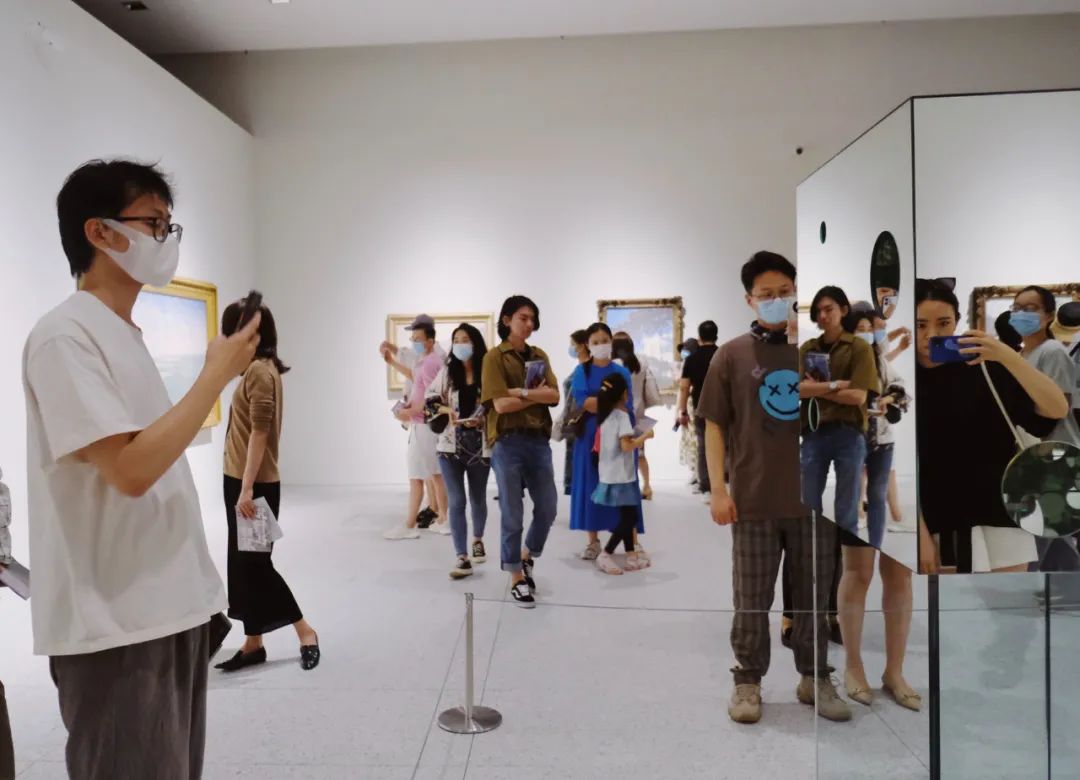
The device I forgot its name😌
There is also an installation like a disco scene which is also very fun. Everyone stands in the open space and can do whatever they want. Your movements will be recorded on the curtain in front of you. People participate in the exhibits and interact with each other. It is wonderful. .
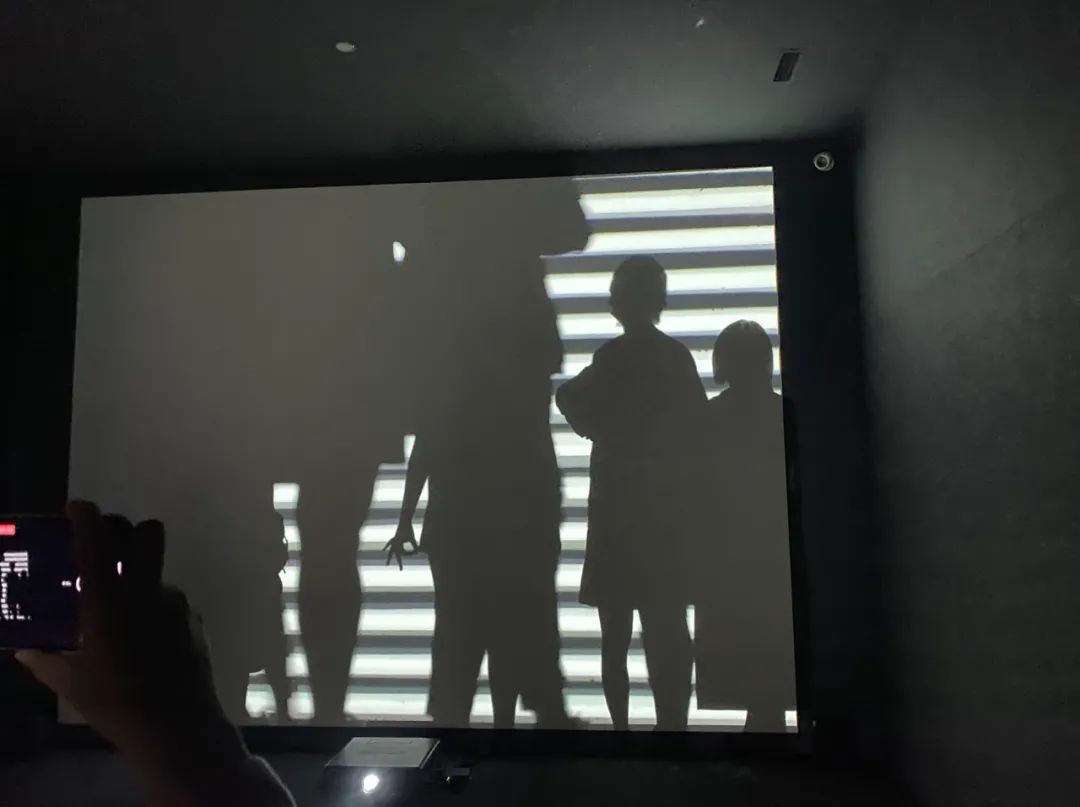
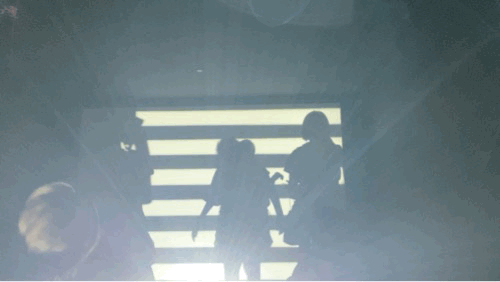
Anish Kapoor "The Light of Ishi"
As soon as you walk into the exhibition hall, you can see this device. It looks like half a large egg shell, with white outside and dark red inside, with some darkness.
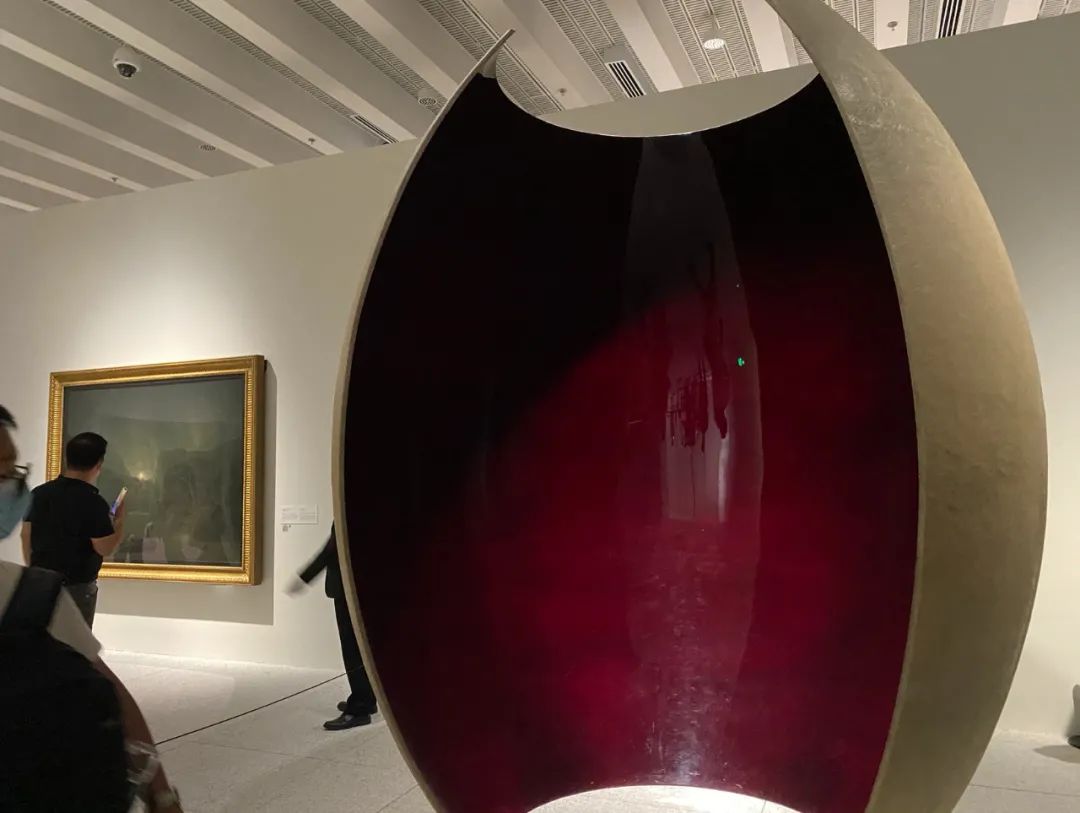
But when you look at the ground, a beam of light left in the darkness hints at a glimmer of hope amid the pain.
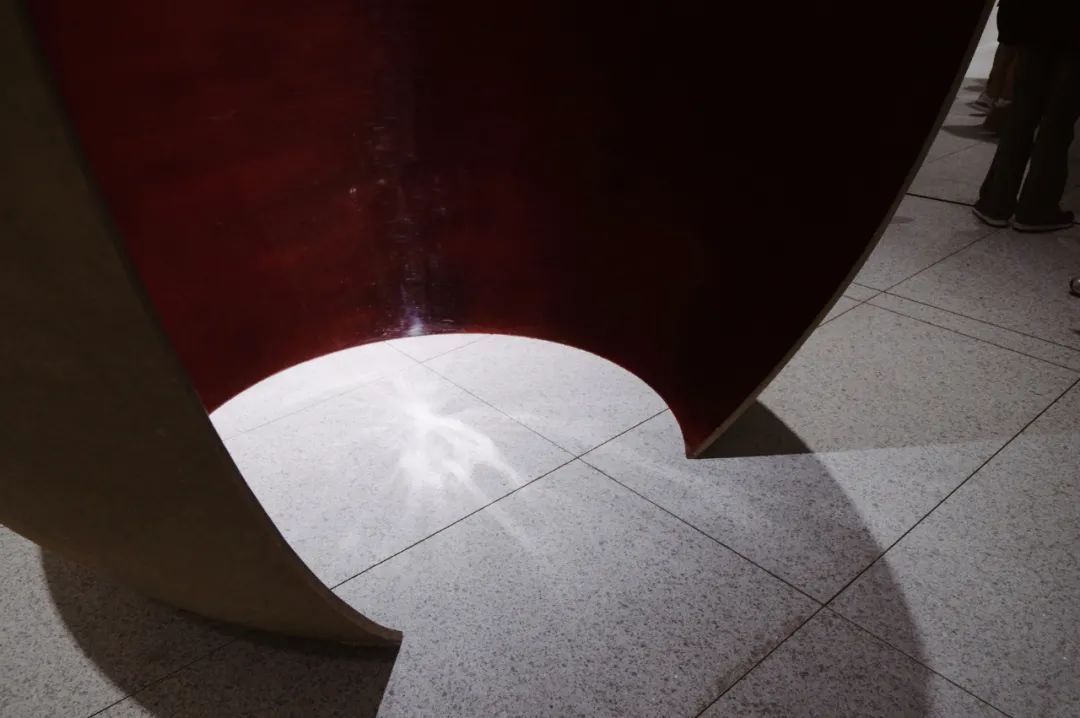
Peter Sedgley "Color Circle III"
When I saw this work, the first thing I thought of was the sunset lamp that was very popular last year and this year. Do you think it looks like it?
On-site exhibits↓

Sunset lamp↓
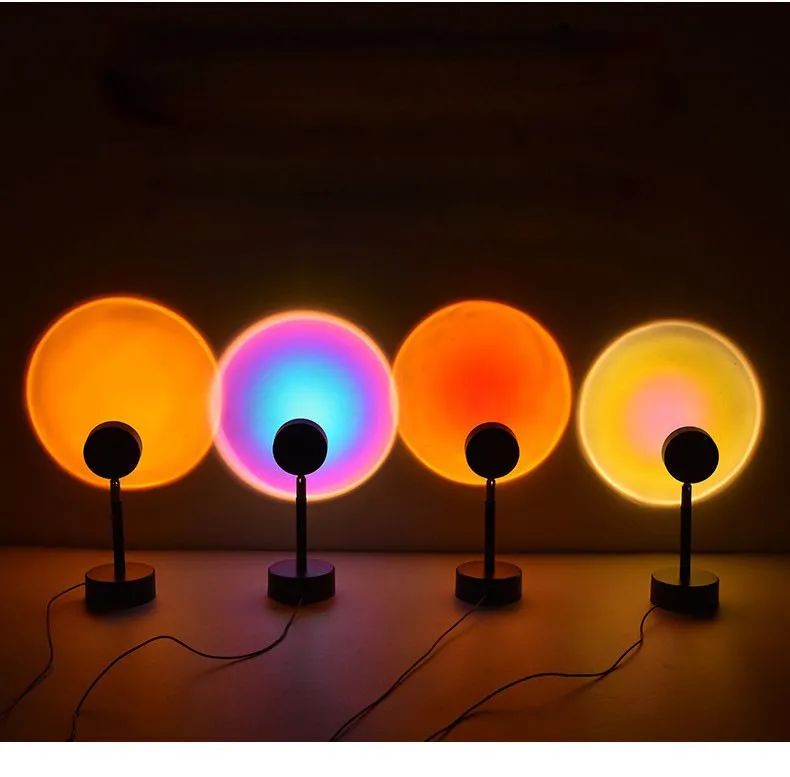
It also reminds me of the ten-meter air rifle competition in the recent Olympic Games. This 10.9 ring is a bit difficult to beat...
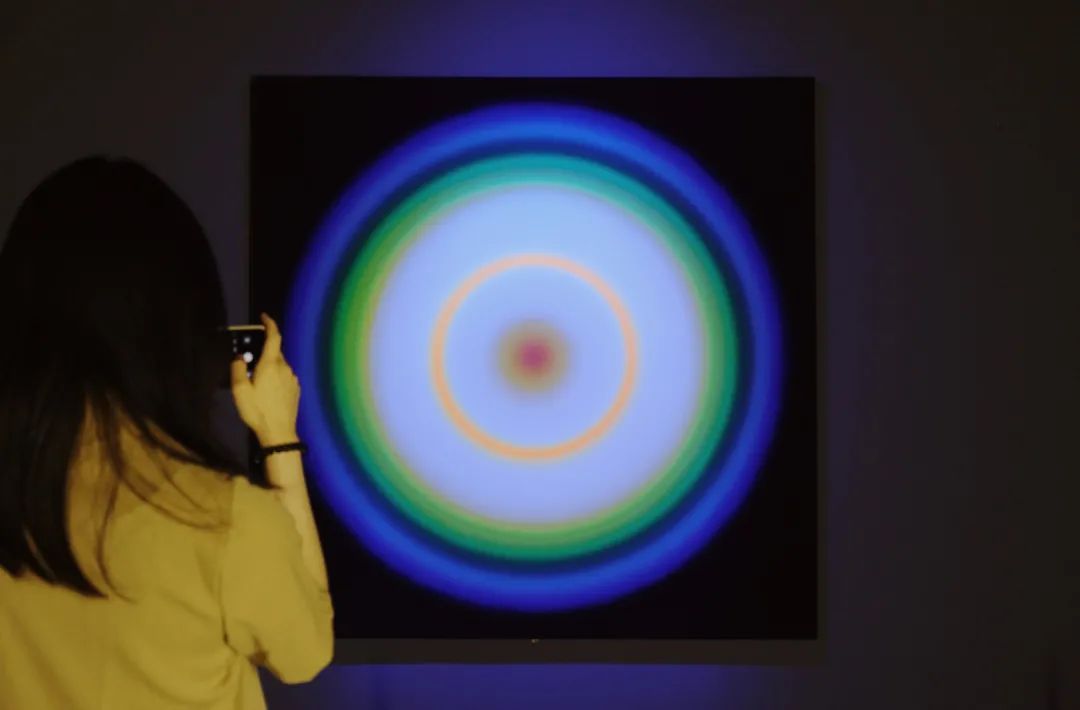
This exhibit was made by Peter Sedgley in 1970. From this point of view, maybe he is the inspiration for the sunset lamp.
The color of the exhibit's color ring is constantly changing. Just look at it and it changes from red and orange to blue and green, spreading in circles like ripples in a river.
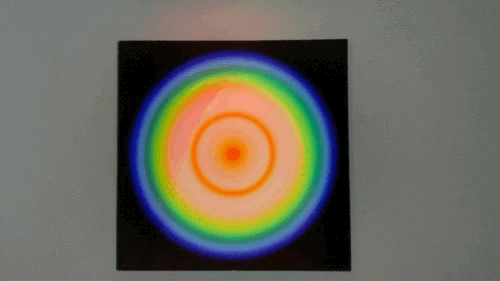
Pai White, "The Hanging Fragment"
This device looks great no matter which angle it is photographed from. It uses 482 strands of colored rope, and each strand has 5-6 pieces of colored paper.
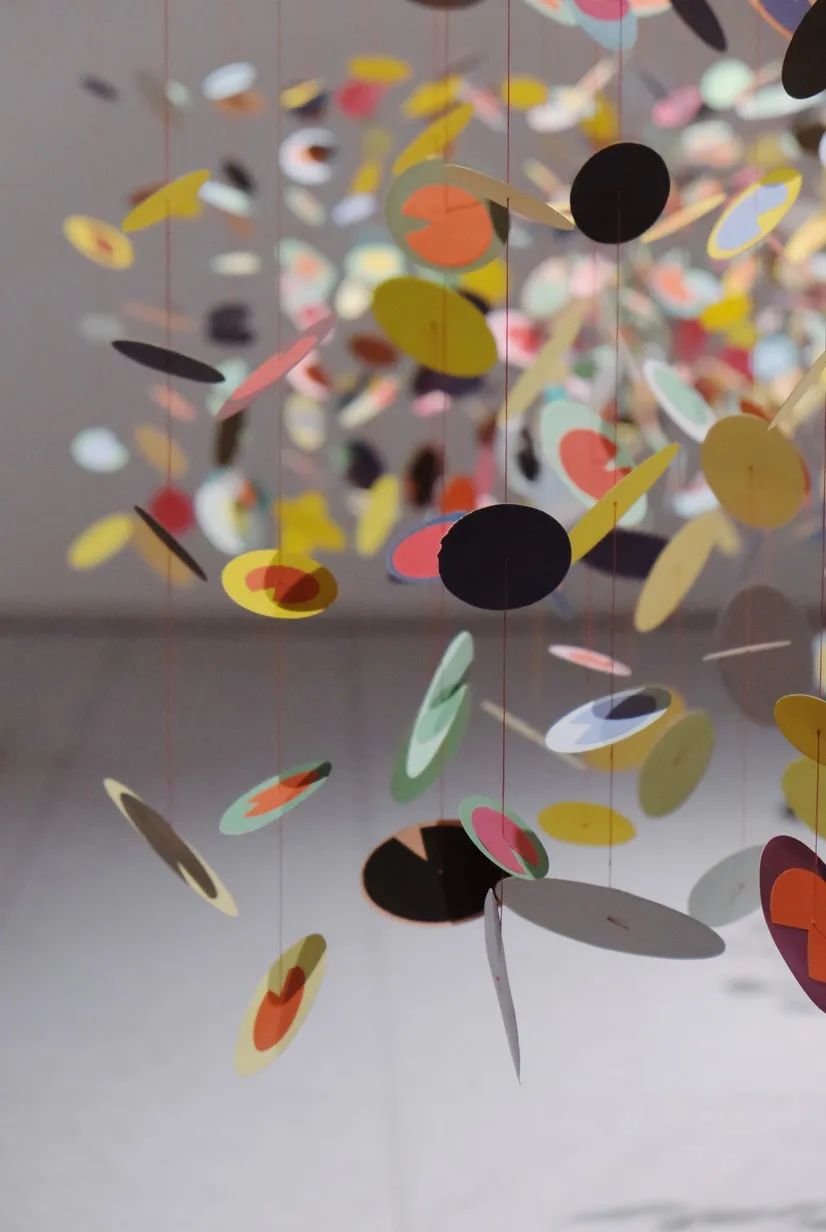
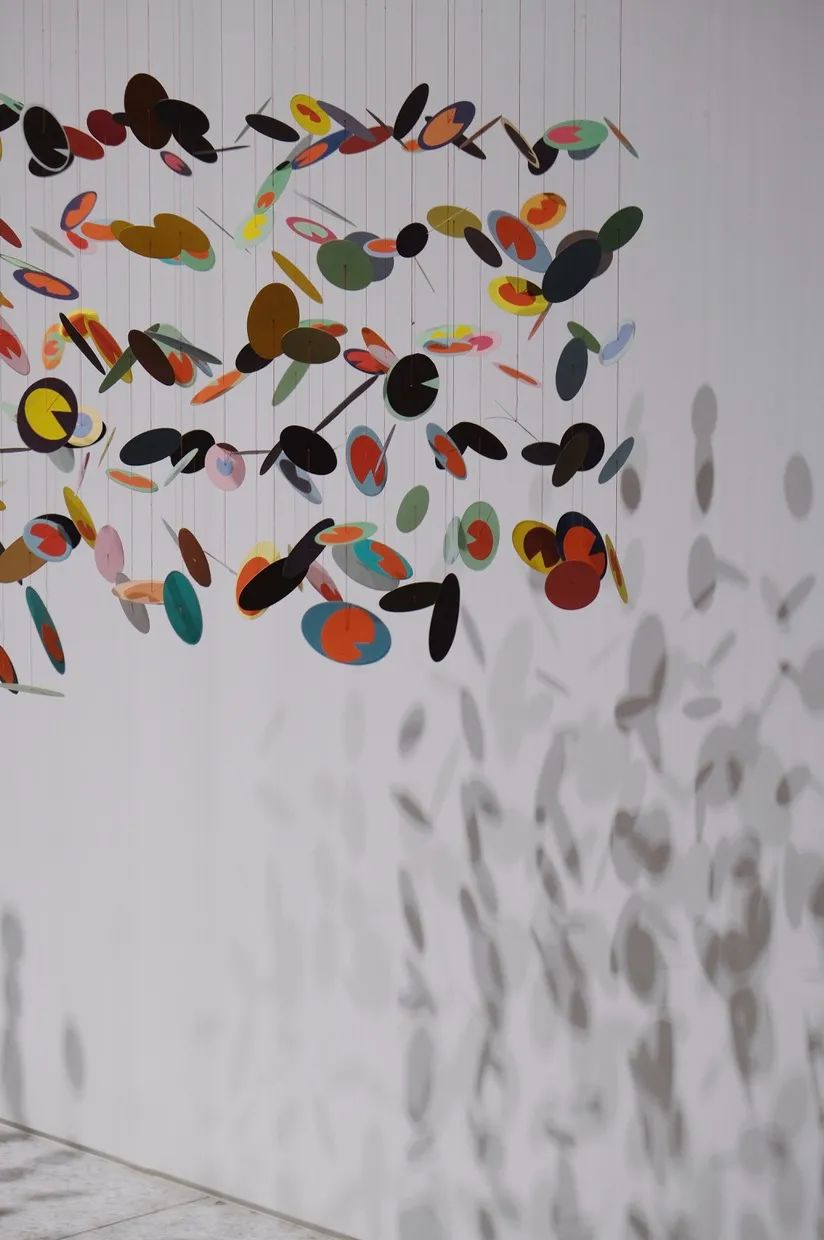
Under the interaction of color and light, you can see different things when you look around it 360 degrees. The artist himself said: "This experience is an exploration of intriguing movement."
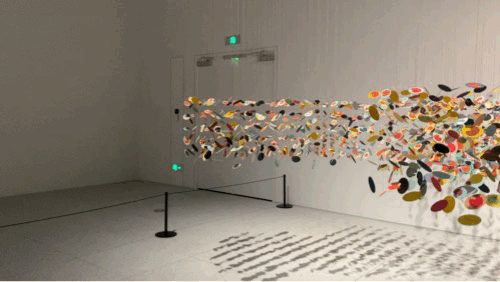
Although it takes up a lot of physical space, if you take it down, everything can be stored in a shoe box.
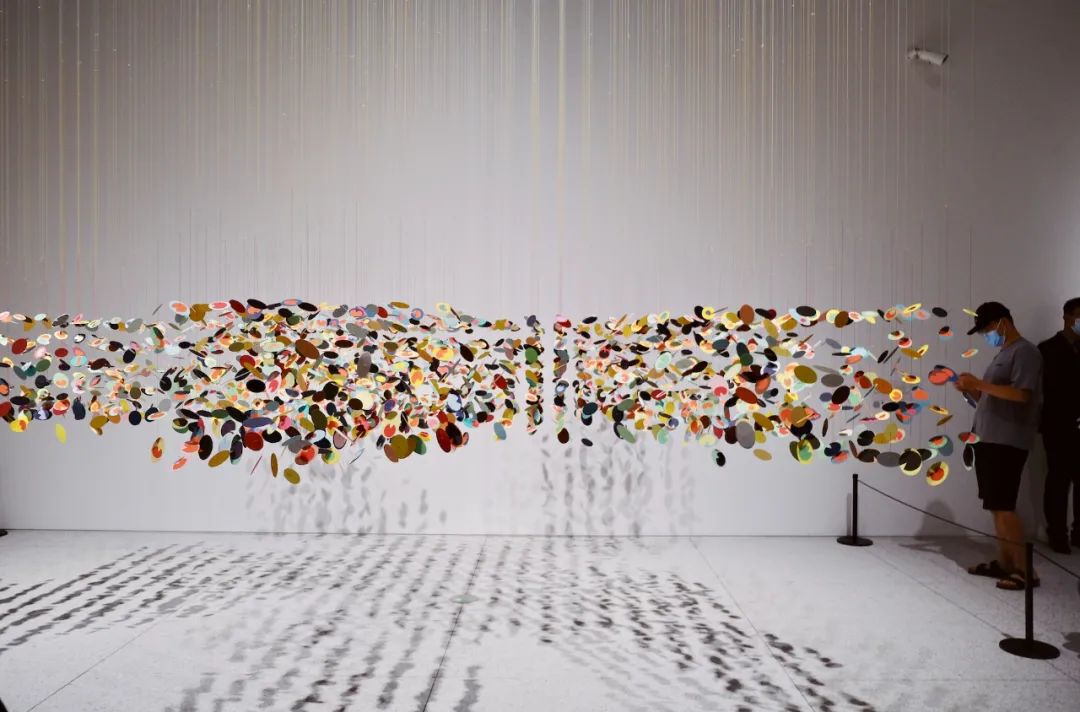
Olafur Eliasson "Stardust"
"Stardust Particles" is one of my favorite installations. There is a large light ball hanging in the air and rotating in the venue. You can see the flowing light spots reflected by the light ball on the wall, which is extremely beautiful.
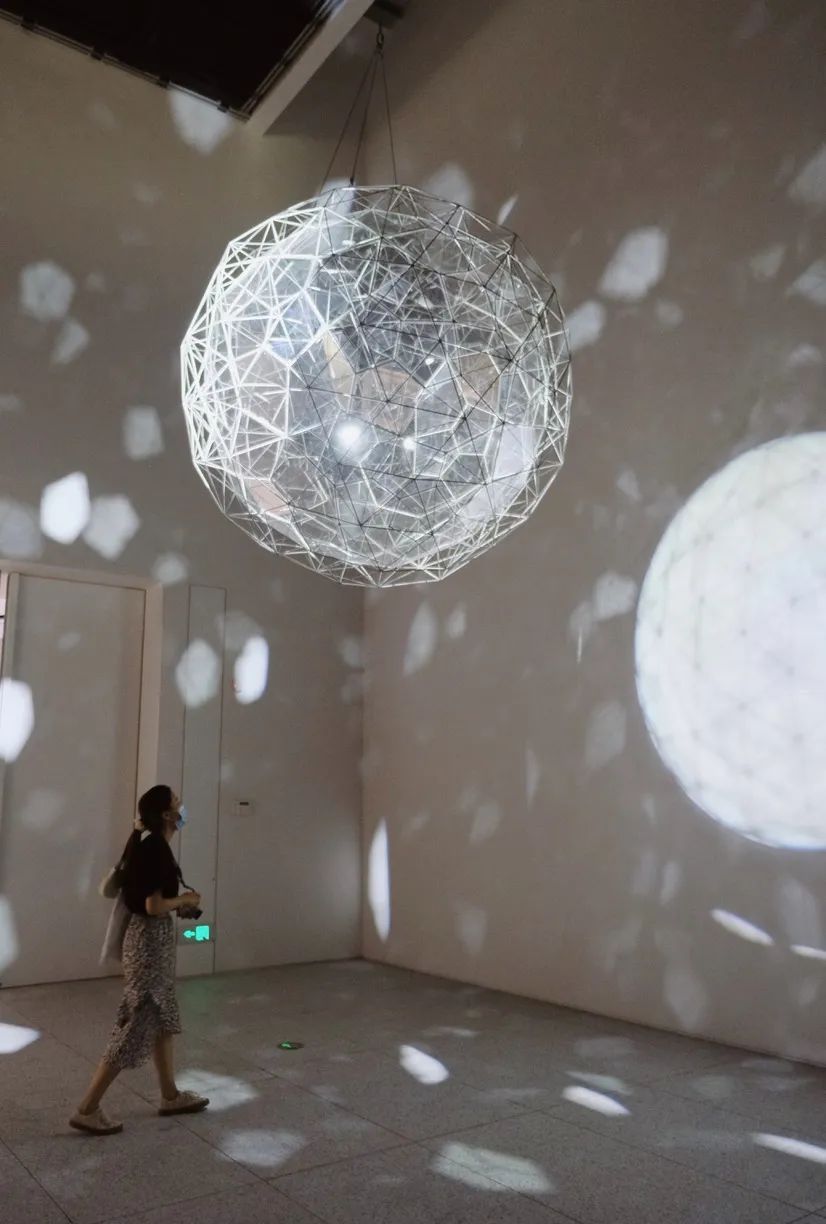
In addition, taking pictures here is also very beautiful. Everyone took photos in an orderly manner, waiting in line for the best spot.
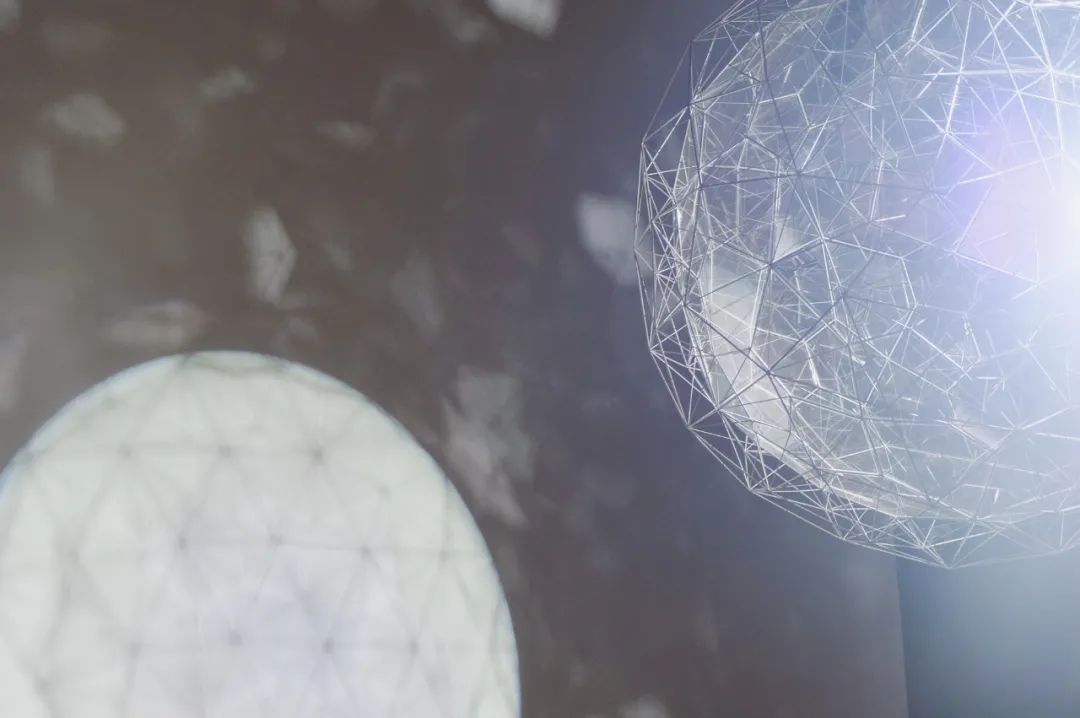
Light is a part of our lives, just like breathing. Because we are so accustomed to it, we often forget its beauty. Thank you for this exhibition, which taught me to open up my five senses and observe everything flowing around me.
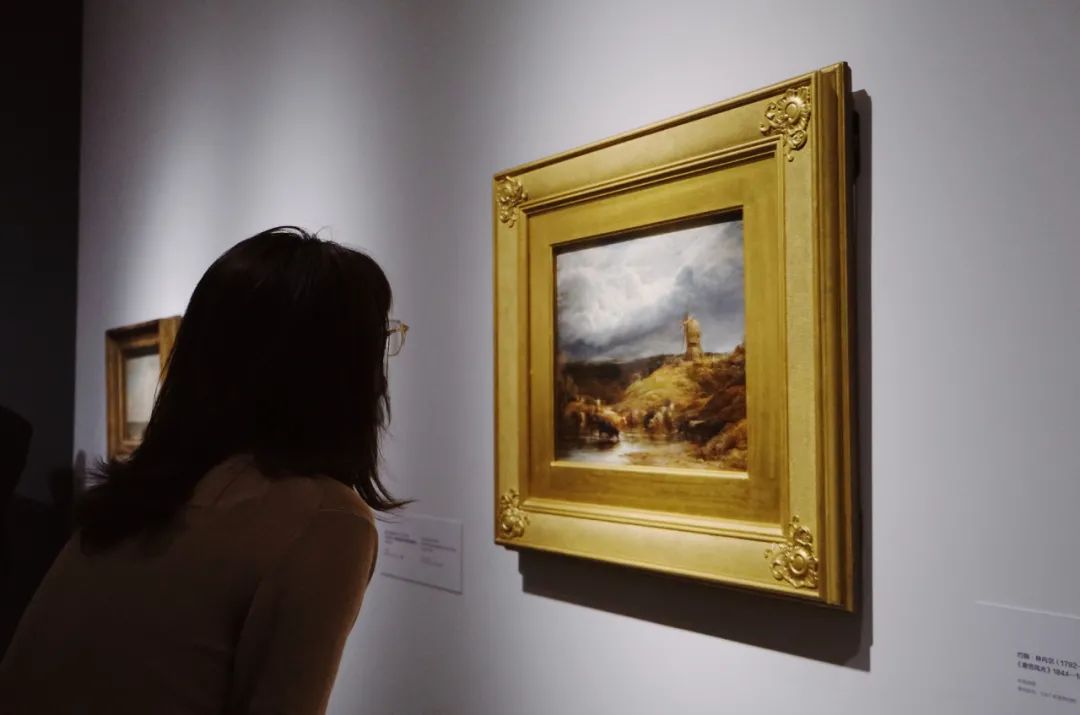
The queue for "Light: Tate Museum Collection" in the afternoon was touching, with men, women and children attending. It is recommended that you arrange your time between 16:00-18:00 (two hours before closing).
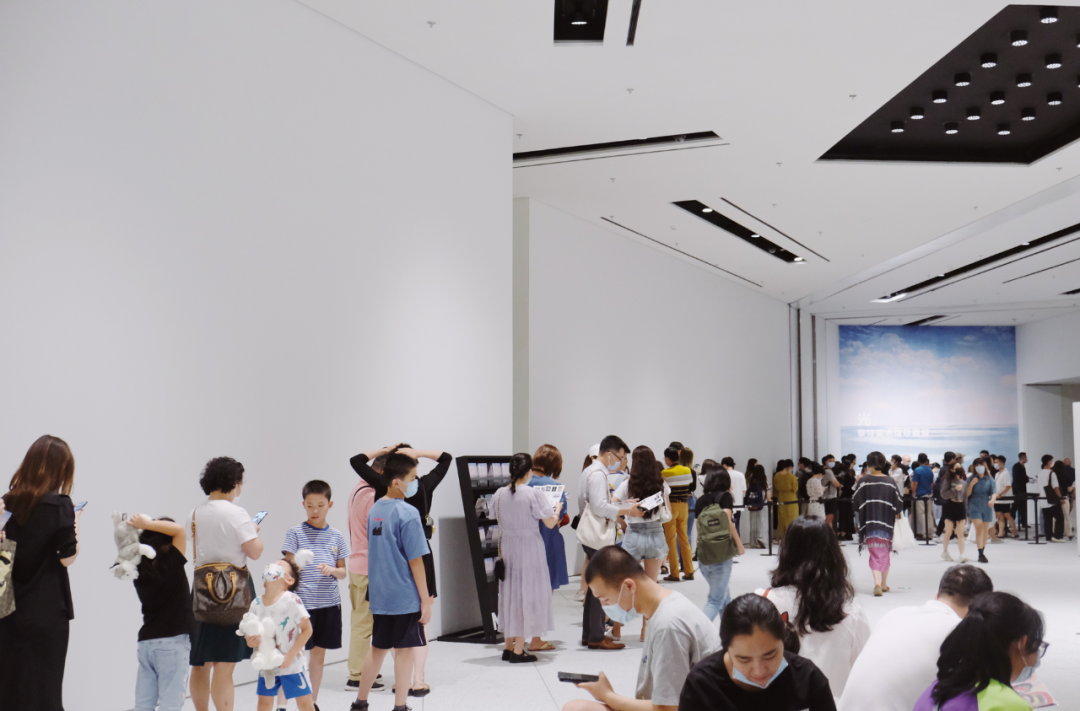
Let’s talk about the wonderful fate of Pudong Museum and Tate Museum↓
Listening to the podcast, I heard Xiong Xiaomo say: I feel that the two cities of London and Shanghai are very similar. The Huangpu River in Shanghai passes through the core area, and the Thames River in the UK.
The Tate Museum and the Pudong Museum of Art are both located at position C by the river, and they are both at the protruding corner of the land!
And as of now, the cultural status they play in the city is very similar. I wish them a happy three-year cooperation~
Tate Britain location↓
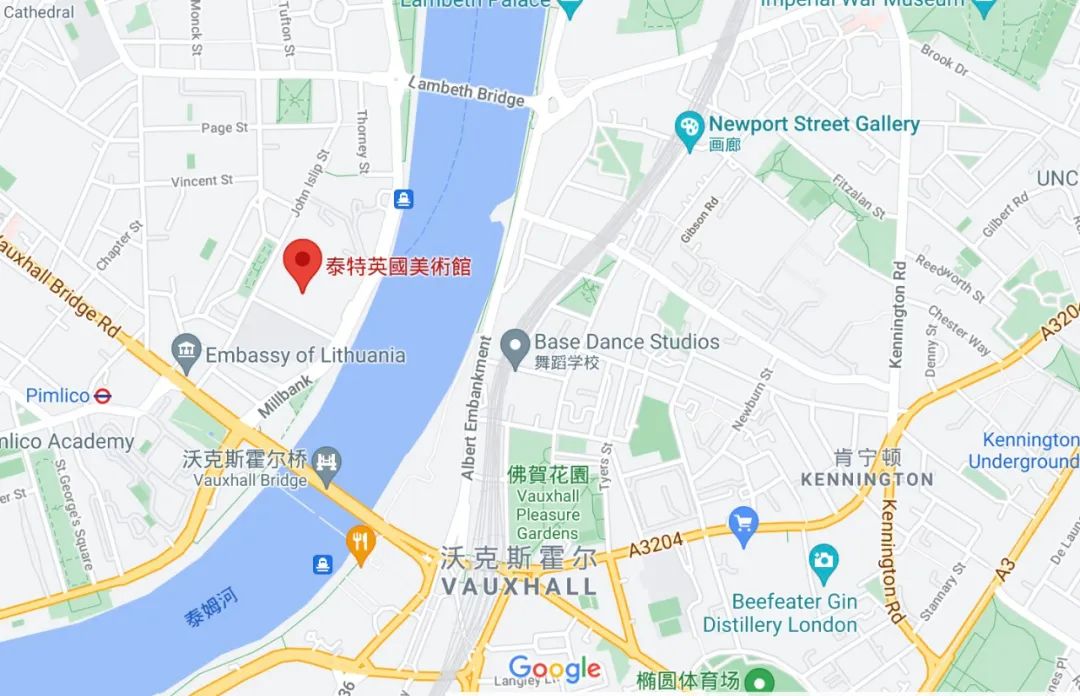
Pudong Museum of Art (MAP) location↓
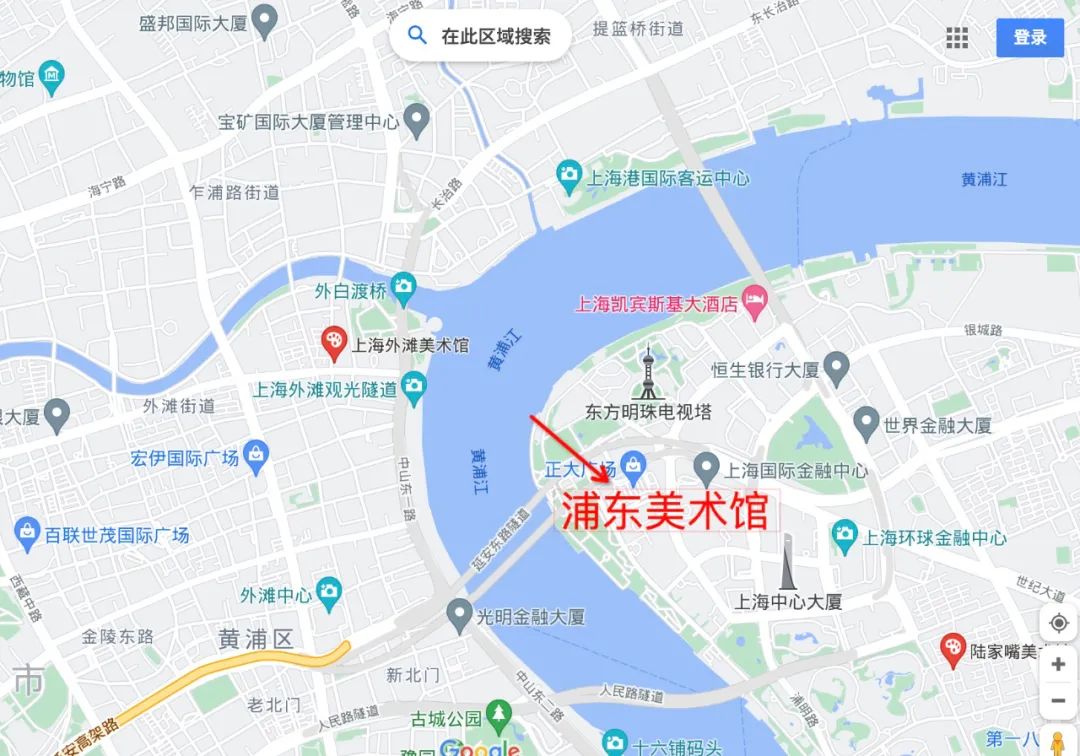
Juan Miró
woman, bird, star
Miró's paintings have very simple patterns, even like children's paintings, but Miró's exhibition makes me feel The audience has the highest threshold for understanding.
“I couldn’t understand it, but I was shocked”—a perfect description of this exhibition.
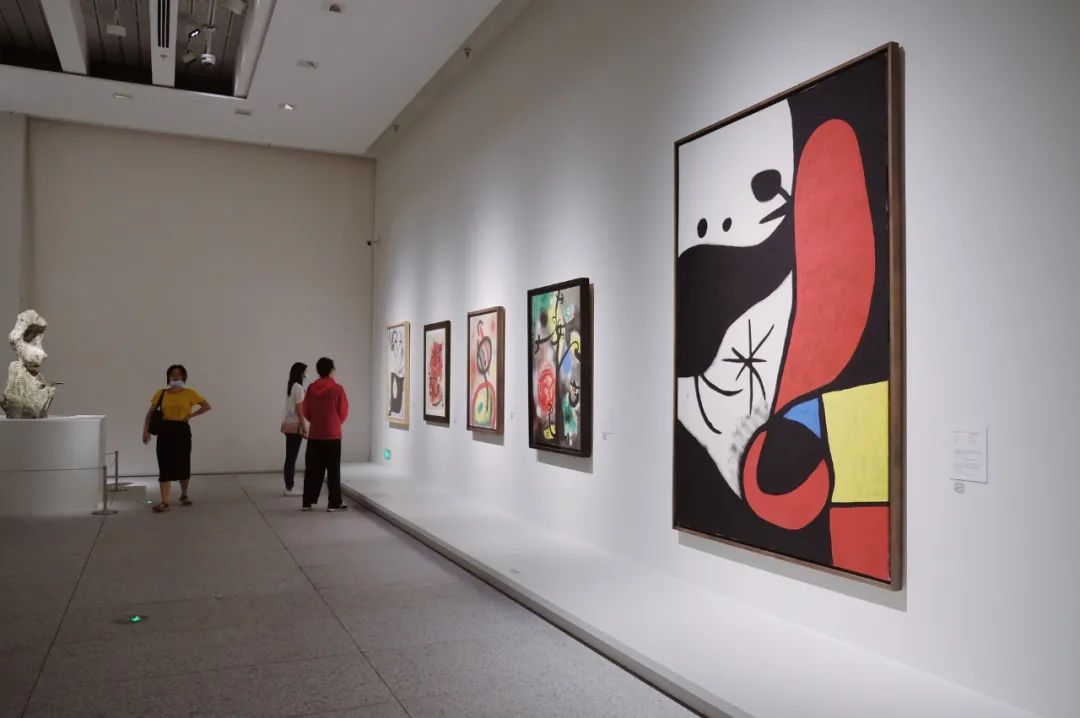
I saw a print of Miró's painting at a friend's house before. When my friend described Miró, he used the words "childlike and imaginative".
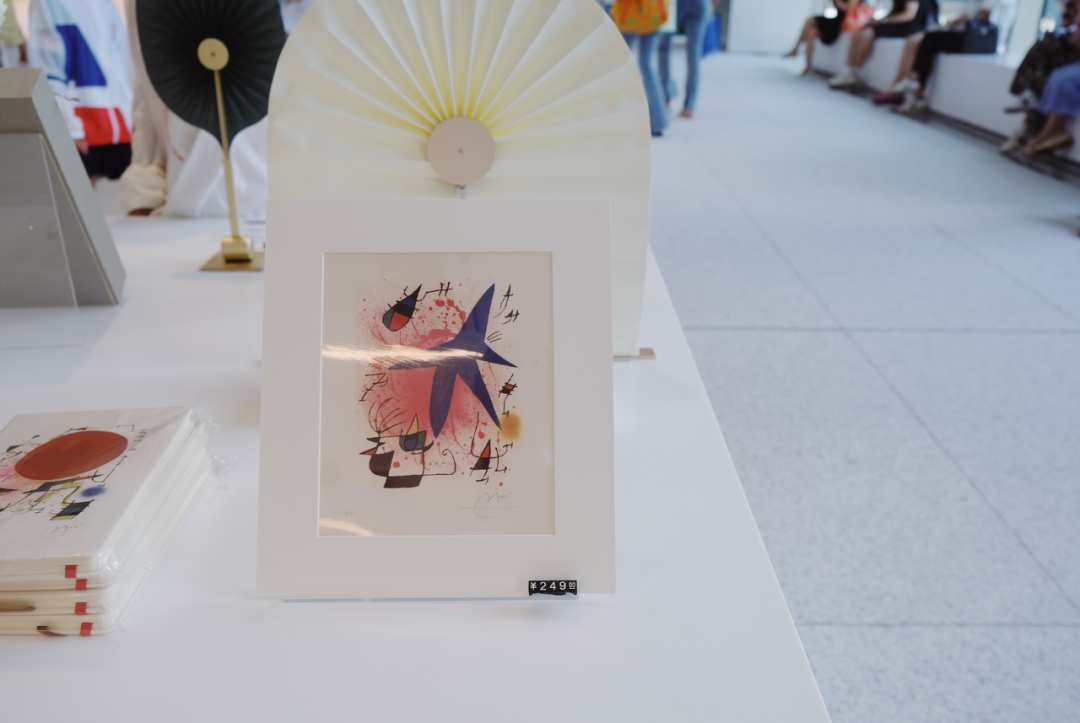
The title of the exhibition "Women, Birds, Stars" may make people confused, but in fact these are three very important symbols in Miro's paintings.
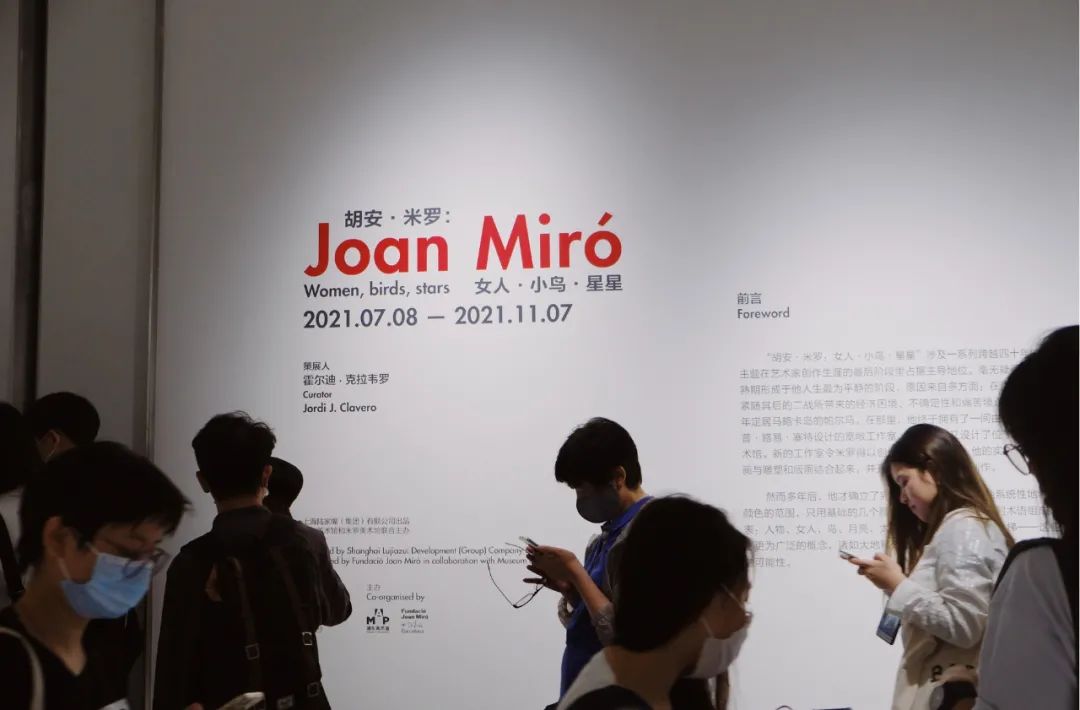
Some people also said that the exhibition title was a bit slow and unattractive. But I disagree. It is this name that allows visitors to remember Miró’s most important symbolic expressions—women, birds, and stars!

While watching the entire exhibition, you can follow the exhibition guide and ask questions. Where are the "women, birds, and stars" in each painting?
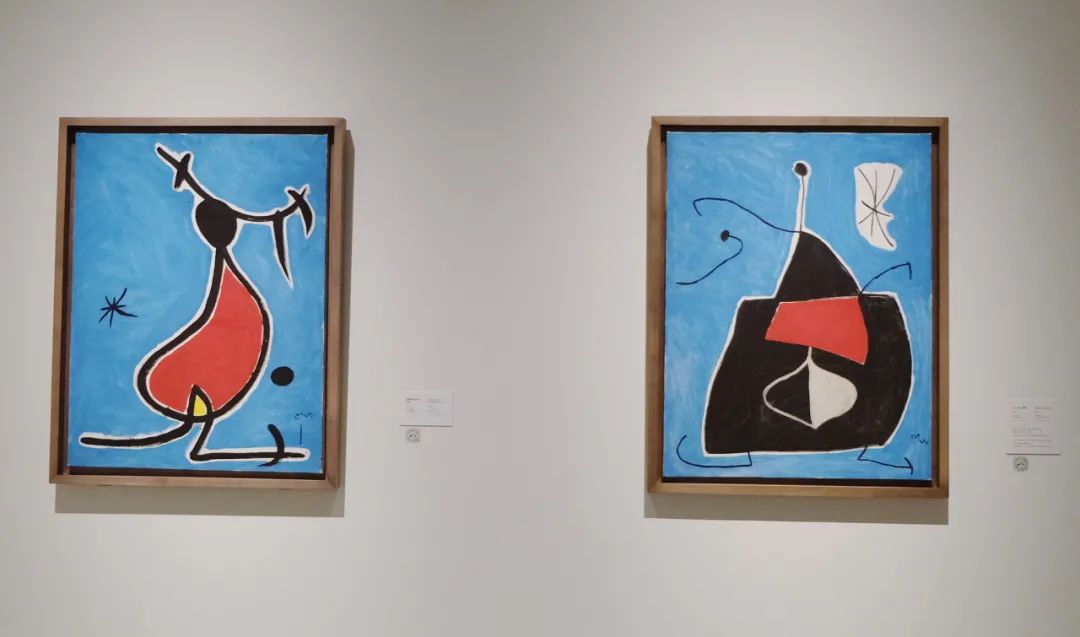
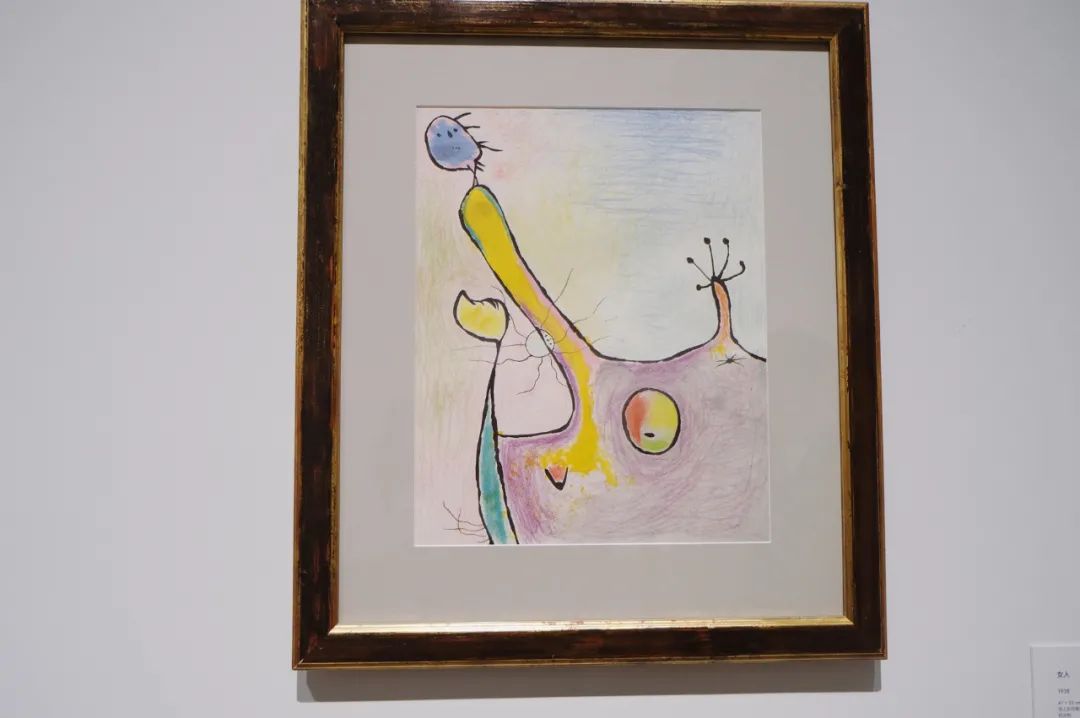
Through these symbols, Miró is also conveying his own view of the universe: No matter in the sky or on the earth, there are only a few elements that make up things, such as the sun, stars, moon, humans and other living things.
(The introduction to the exhibition is not personal, this is my personal understanding)
This meaning is somewhat similar to what the "Tao Te Ching" says: One life is two, two begets three, and three begets all things.
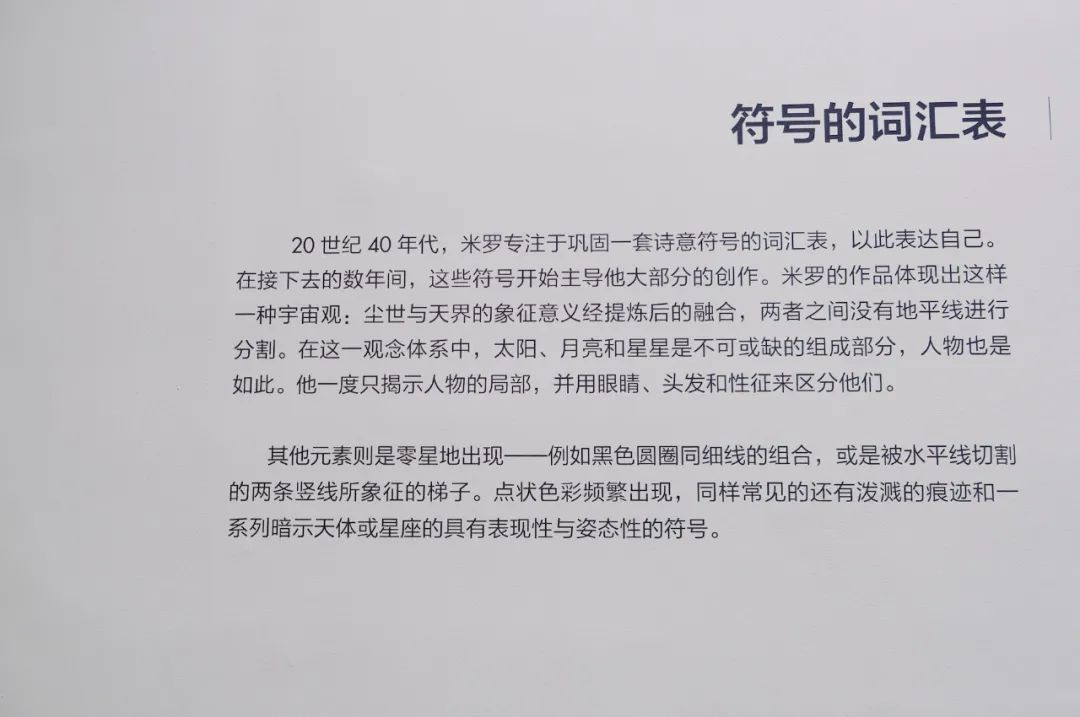
So, what kind of celebrity is Milo?
Let's put it this way: In the field of Surrealism, he can be as famous as Picasso and Dali.
His early art career was quite bumpy. At that time, no one saw or bought his paintings. Later, he met the noble Picasso, bought his paintings, and brought him into the powerful art circle.
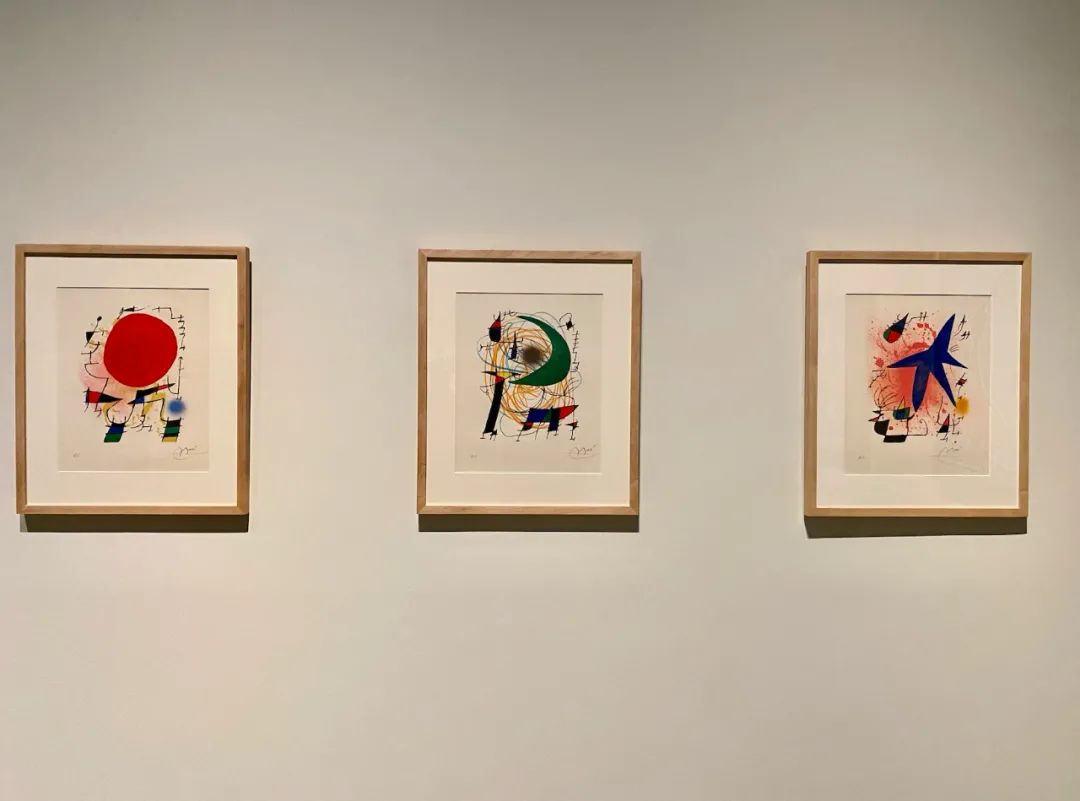
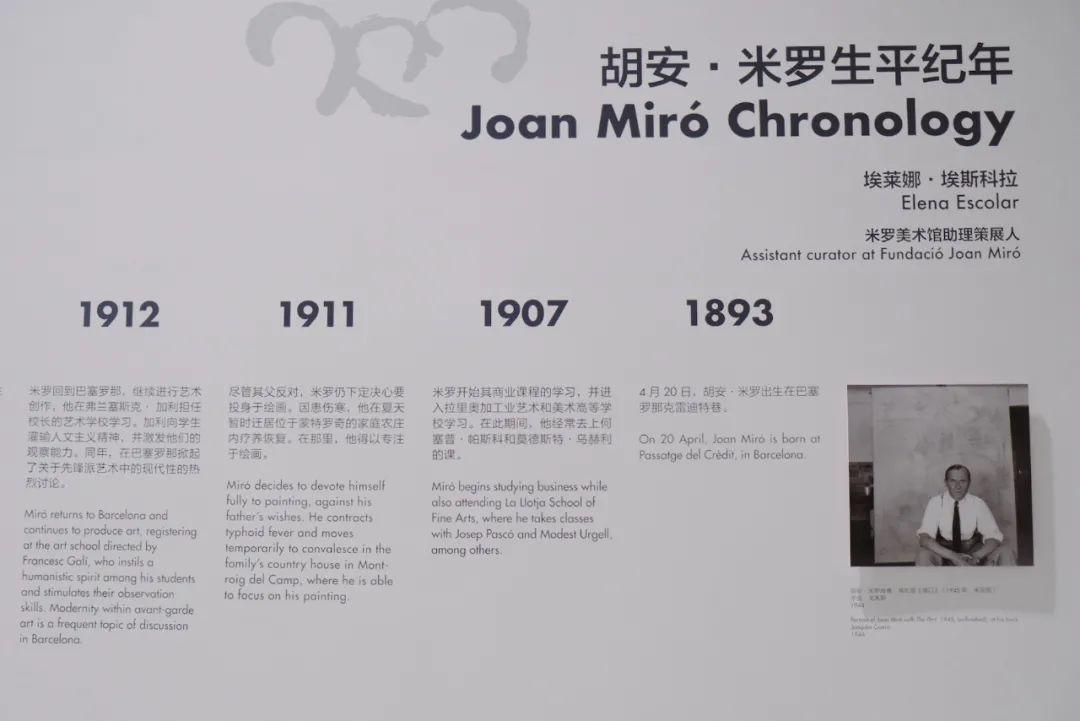
As the exhibits became more and more famous, Miró also had relatively peaceful creative time and sufficient material security.
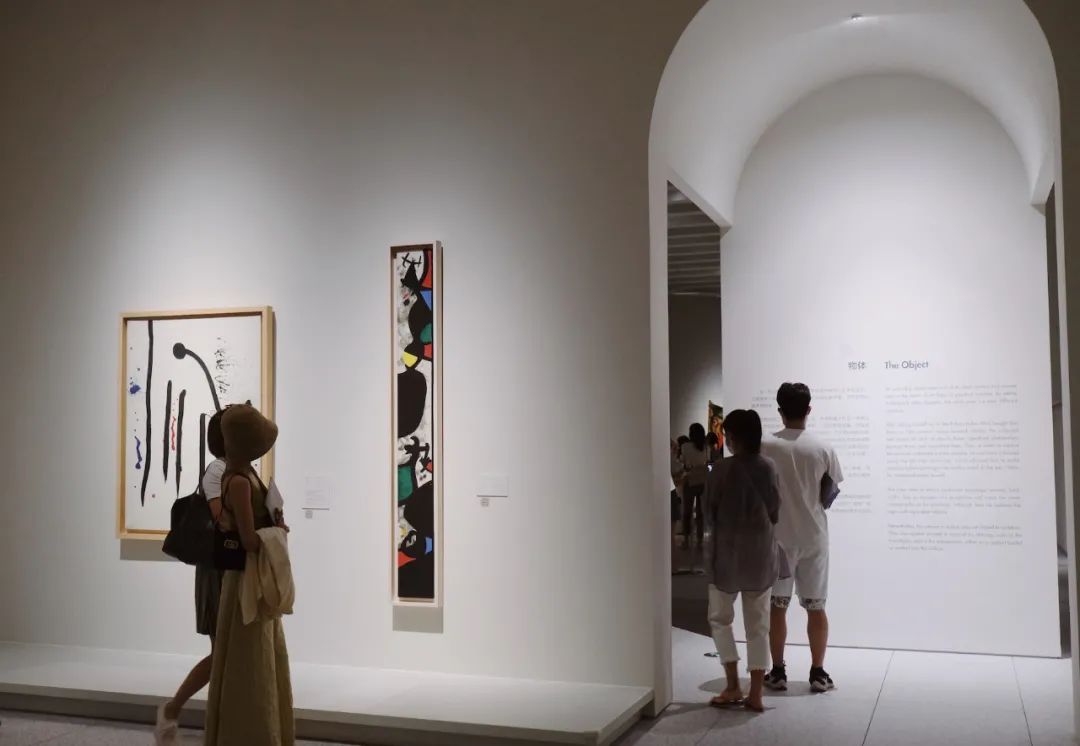
As the need to make a living faded, the works Miró created became increasingly bold, which can be said to be "entering into a fantasy that is not bound by the earth."

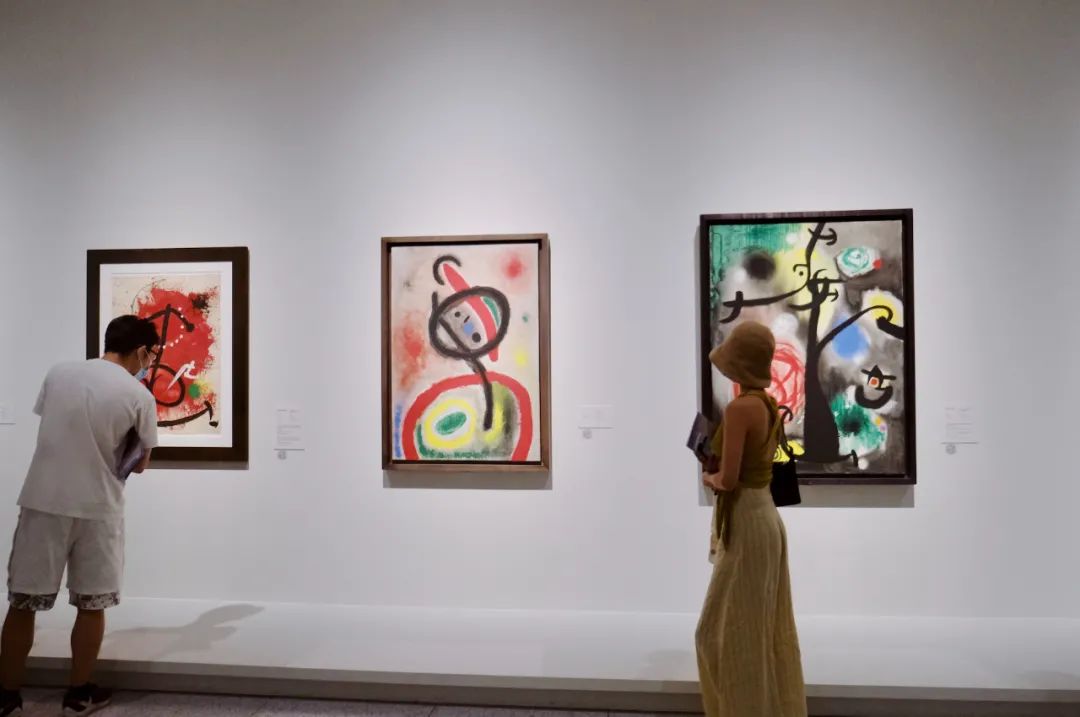
This painting, which looks a bit like a panda🐼, is called "Woman and Bird in Landscape". It is also the most photographed work in this exhibition. It is a work created during Miró's period of financial and spiritual freedom. His life during that period Very peaceful, immersed in my work in a big house in the countryside.
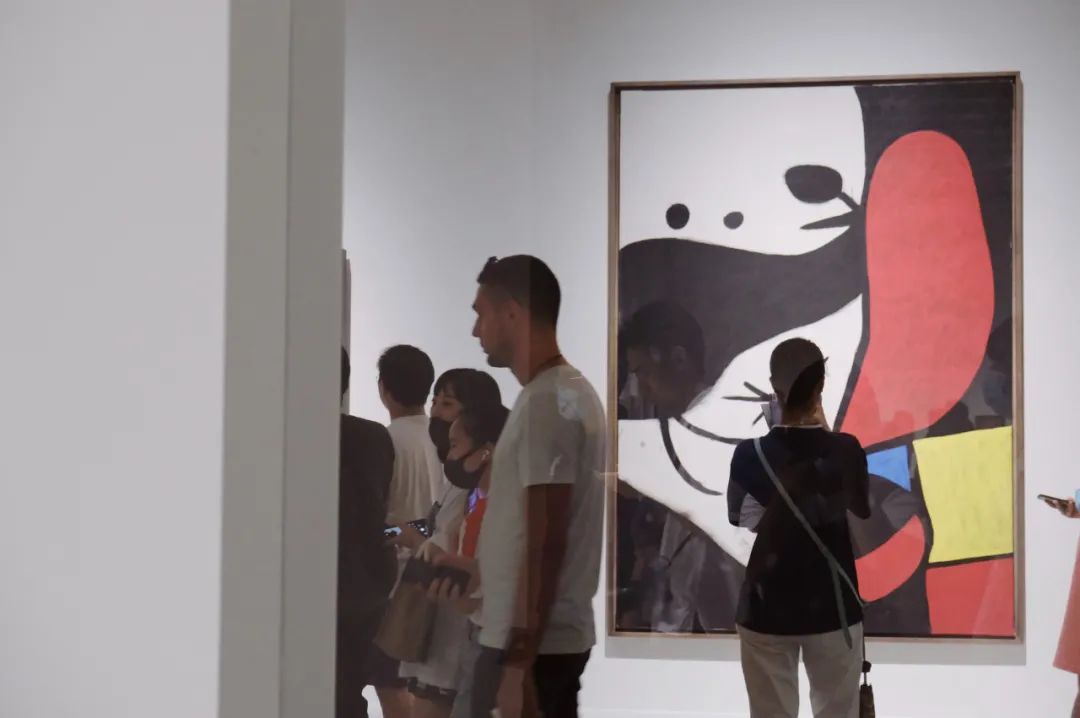
In the later period, Miró also expressed his works through some physical objects, such as hemp ropes and sculptures. Same elements, different formula.
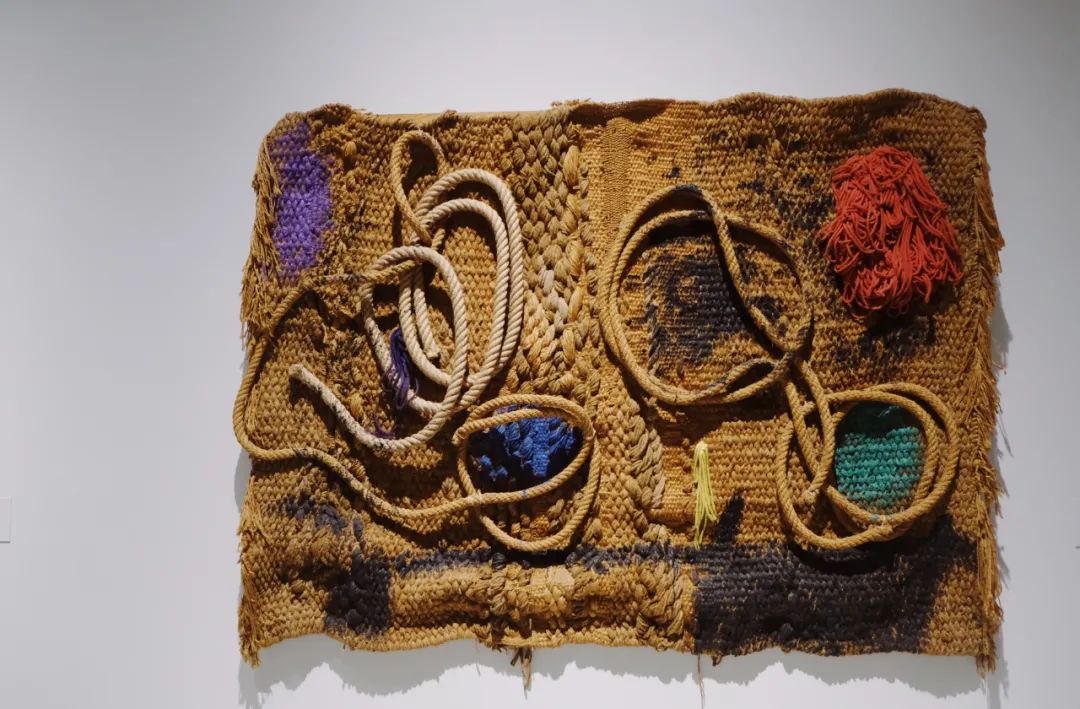
The sculpture on the right is called "Girl on the Run", but I think her posture is quite leisurely and she doesn't mean to run away. In addition, if you look at the reflection of the sculpture, it is also another shadow artwork.
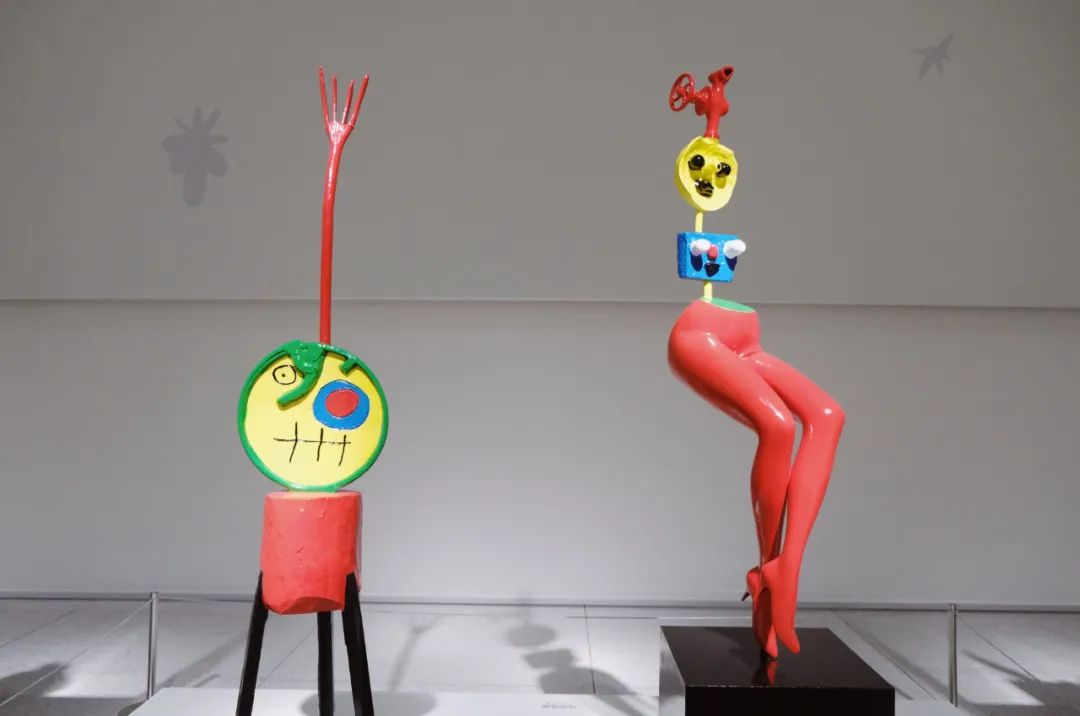
Although I didn’t understand Milo very clearly, I have lived so long that I can slowly understand his “women, birds, and stars” and the philosophy behind them.
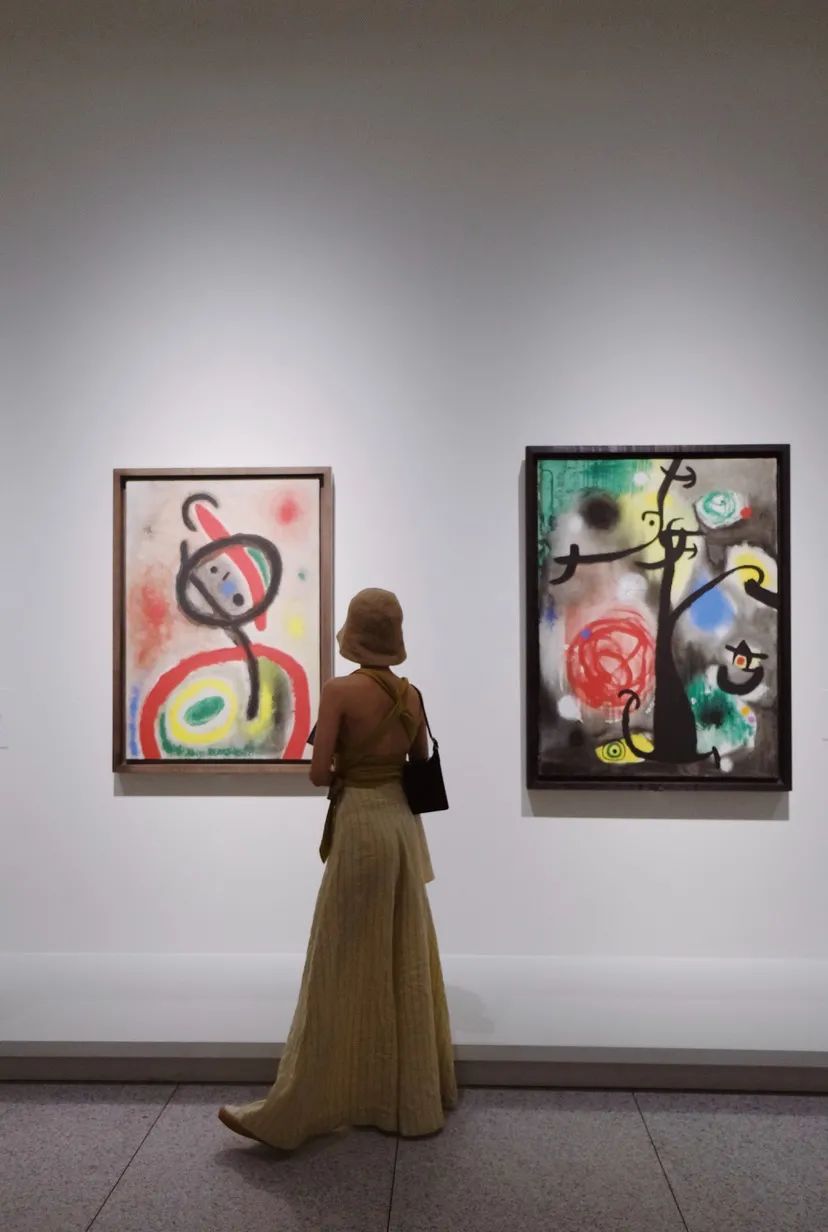
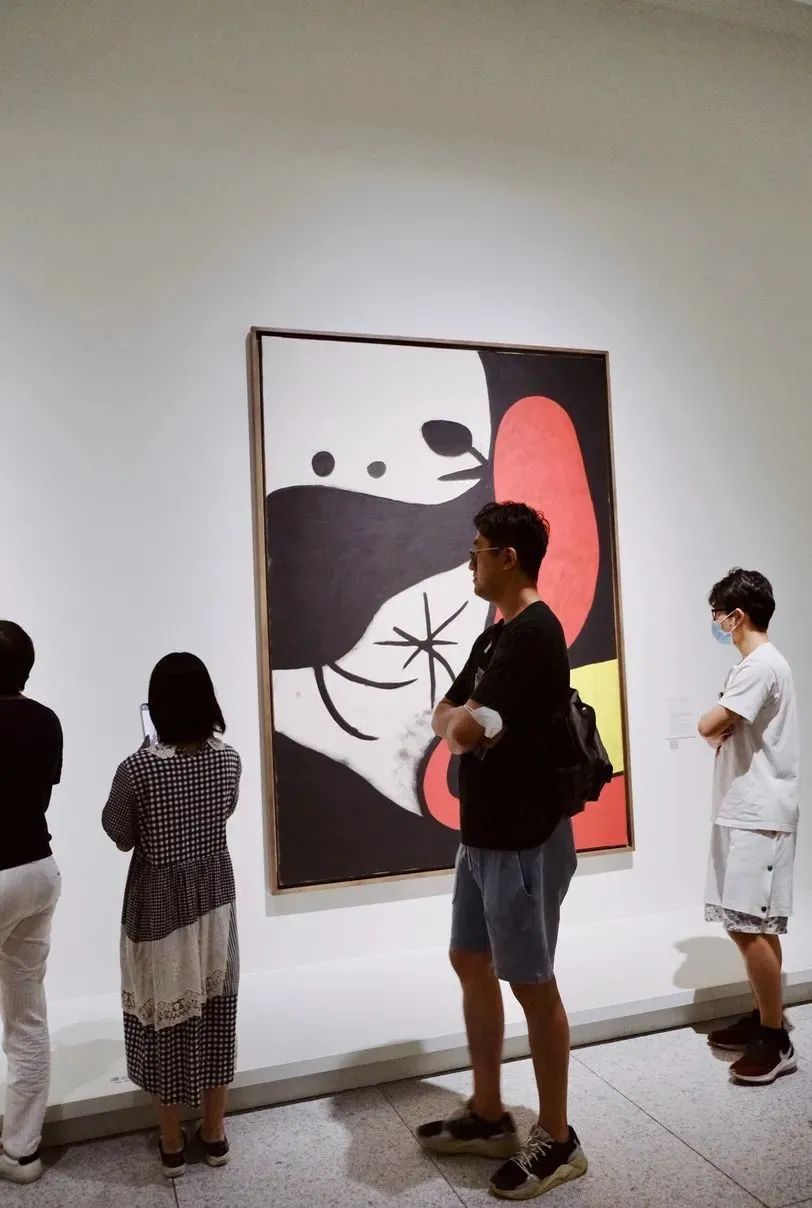
If you have seen this far, congratulations. I have almost talked about the exhibition. Finally, I will give you some easter eggs and tips.
 Several Easter eggs from Pudong Art Museum
Several Easter eggs from Pudong Art Museum
Easter egg 1: The cultural and creative area is super fun to visit
The cultural and creative area of Pudong Museum of Art was designed by Cai Guoqiang’s daughter. It’s very easy to buy, and the prices of peripheral products are also normal.
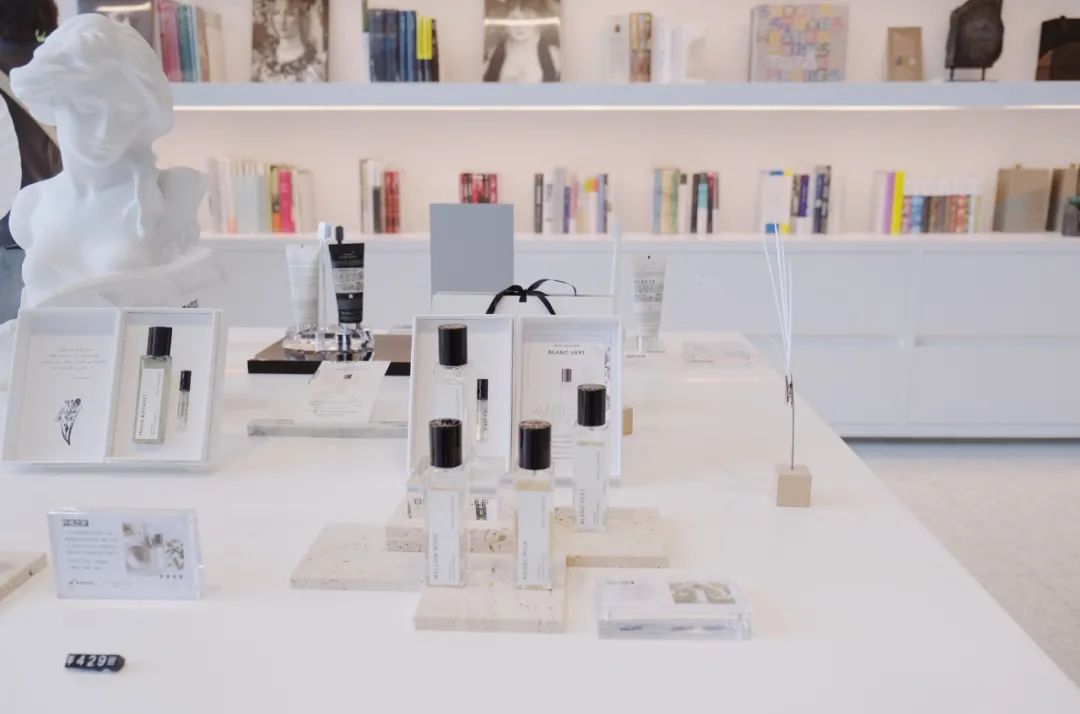
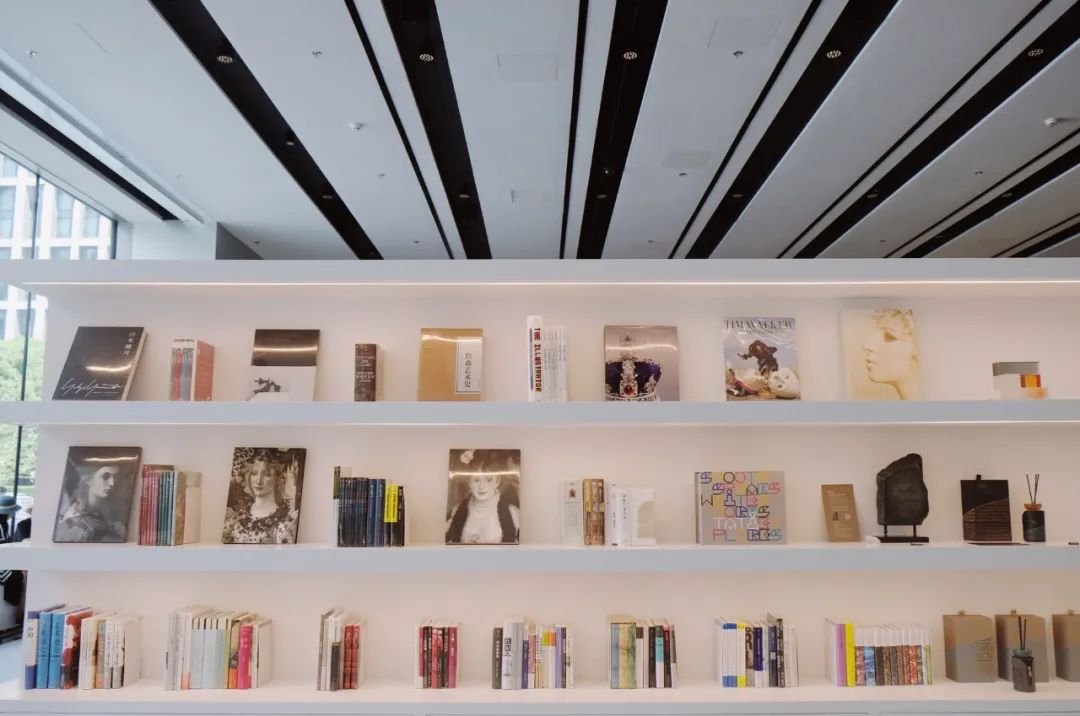
Easter egg 2:
The cafe on the first floor is a collaboration between Pudong Art Museum and Seesaw, and I have to say that the two styles match well. The area is huge, but there are so many people there that it’s hard to get a seat.
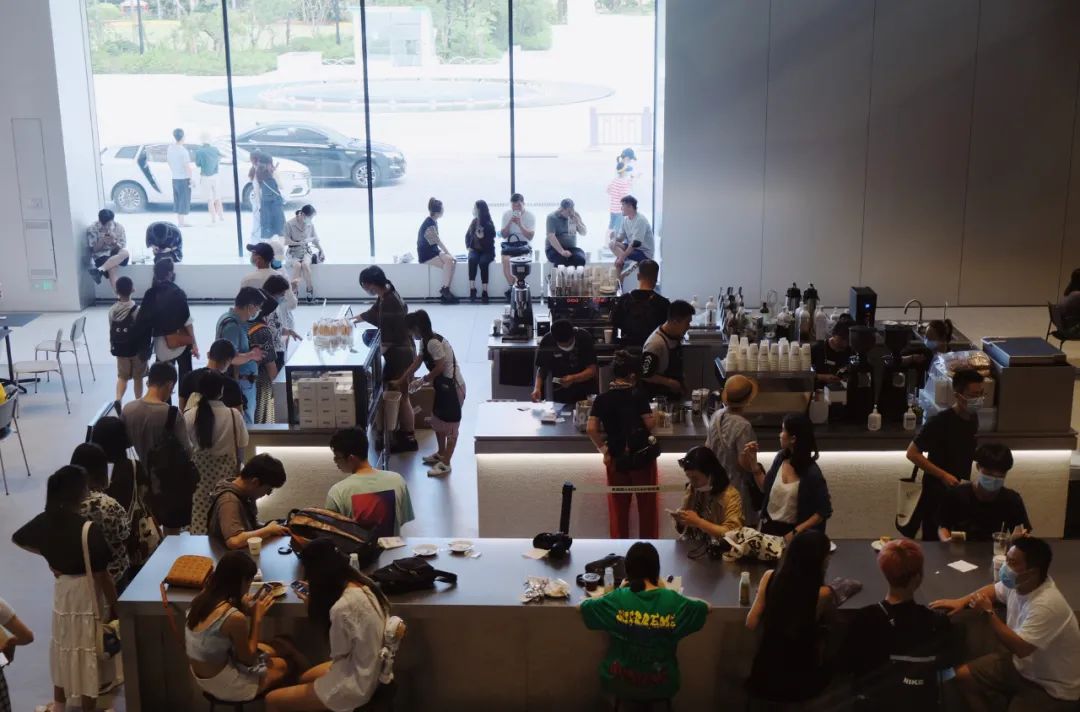
I went there around two o'clock in the afternoon and saw that the order number had reached 2,000+, and the business was amazingly good.
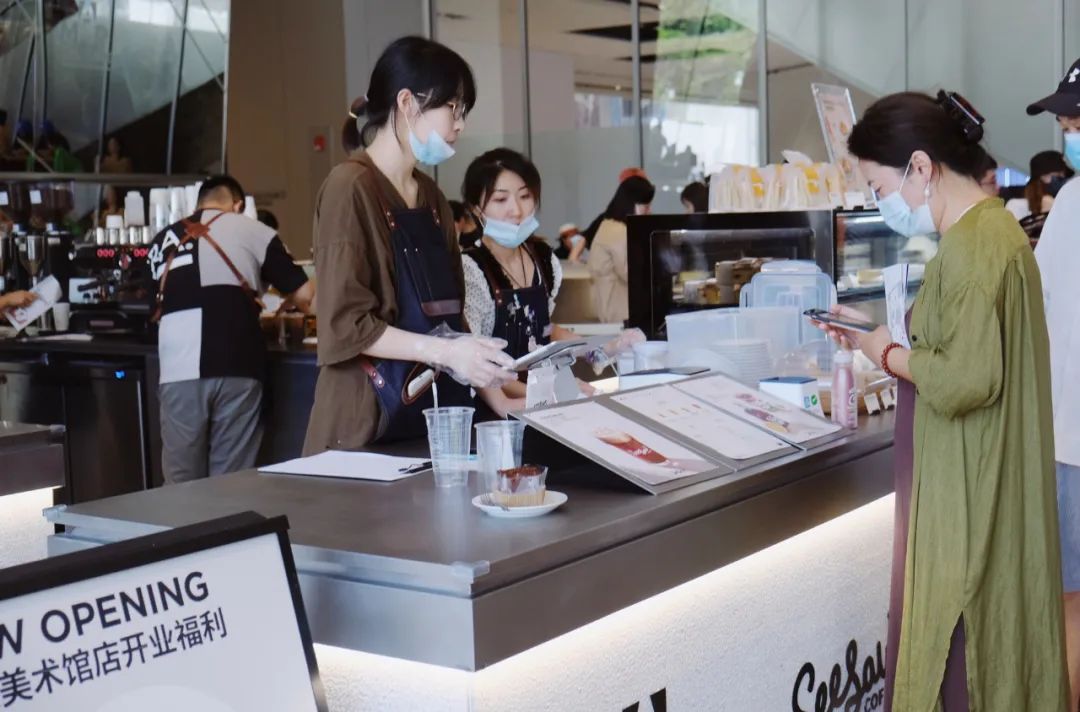
It takes almost half an hour to order basic coffee, such as Americano, latte, etc. However, the special cup comes out very quickly, and you can get your meal within 10 minutes by visual inspection.
There is a special blend customized by Seesaw for the art museum called "Huangpu Riverside" . The taste is amazing, with a strong citrus flavor and an overall sour flavor.
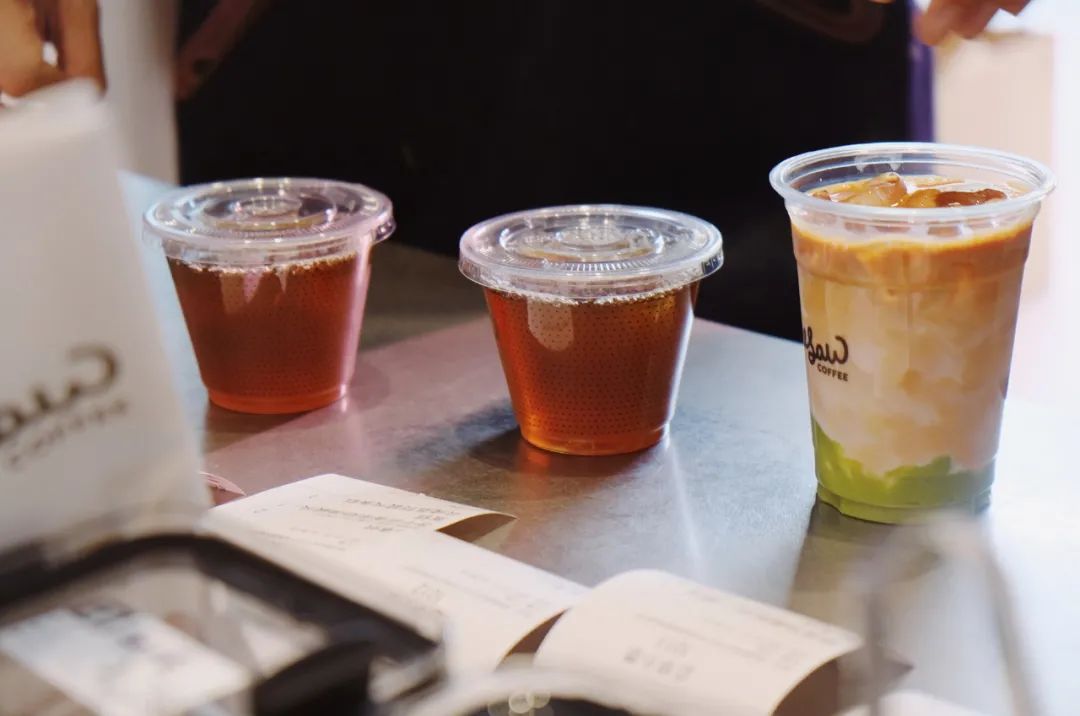
Drinks cannot be brought into the exhibition hall and must be consumed in the cafe area.
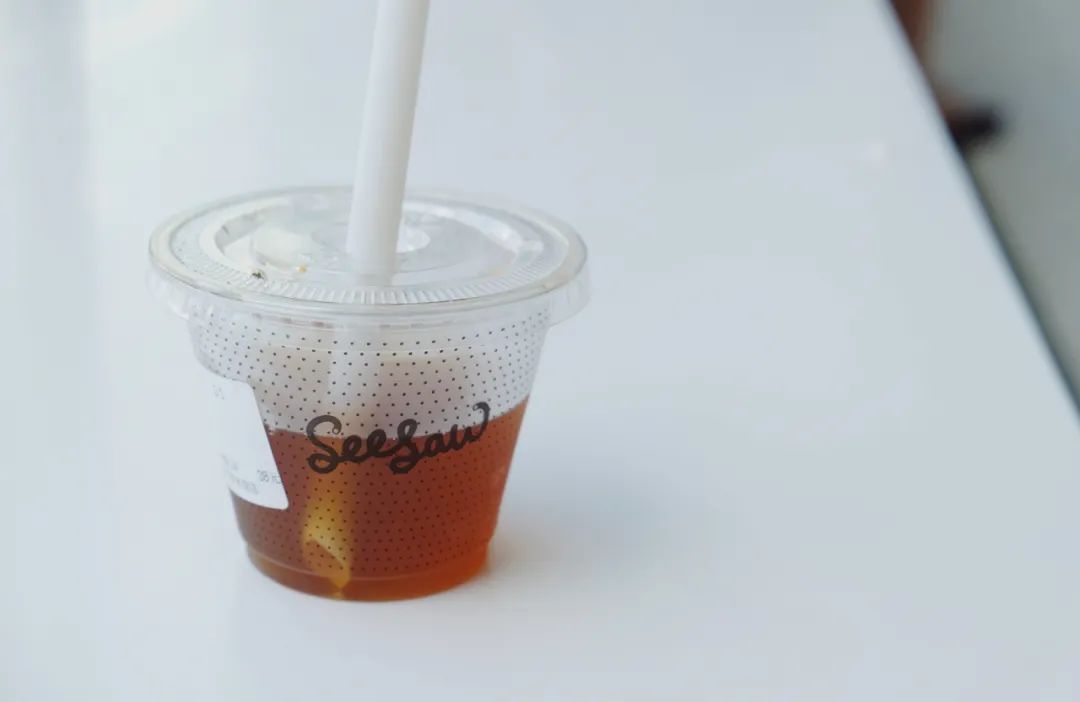
Easter Egg 3: Bathroom
The logo design of the restroom is so nice. In addition to the standard men's and women's restrooms, there are also mother and baby rooms and restrooms for the disabled.
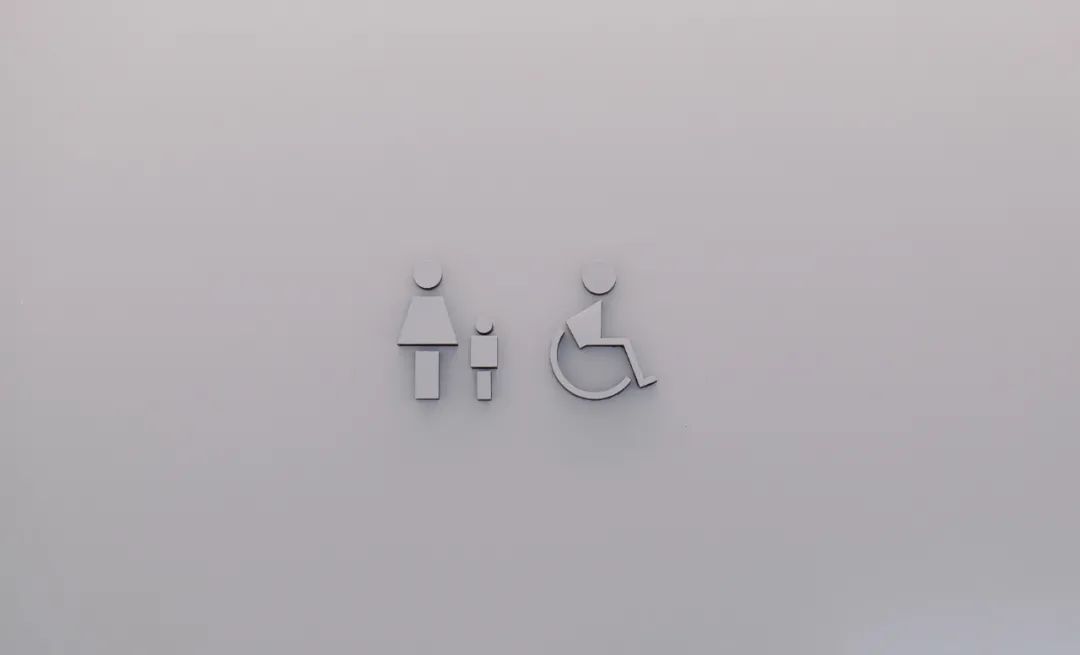
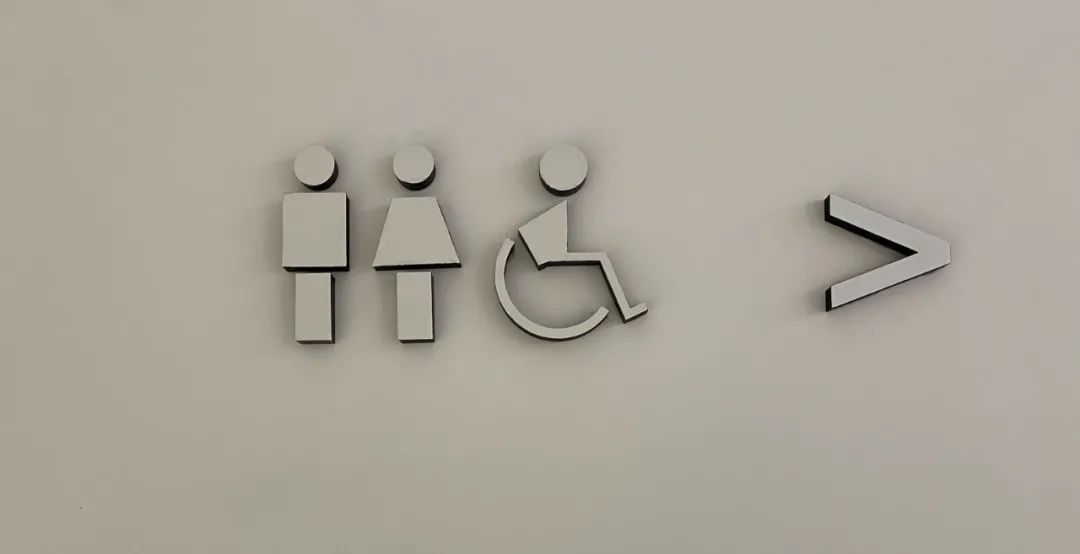
The interior is also very beautiful, and the bathroom is actually very easy to photograph. Taking out a camera to take pictures here is a bit outrageous, so I just clicked with my phone, and I felt sublimated when I went to the bathroom.
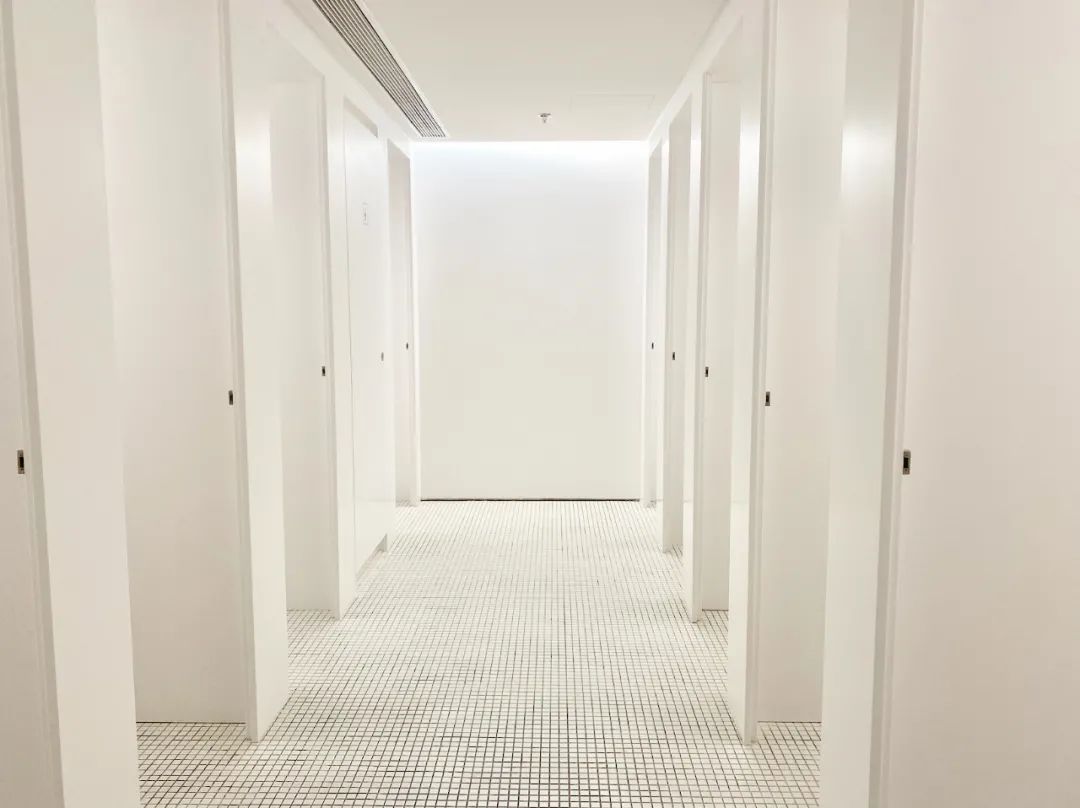
Easter Egg 5: The entrance to the restroom on the 3rd floor is an important camera location
The long window at the entrance to the restroom on the 3rd floor just captures part of the Oriental Pearl Tower. Everyone’s enthusiasm for taking photos is high here. I didn’t expect that the location at the entrance to the restroom is so good.
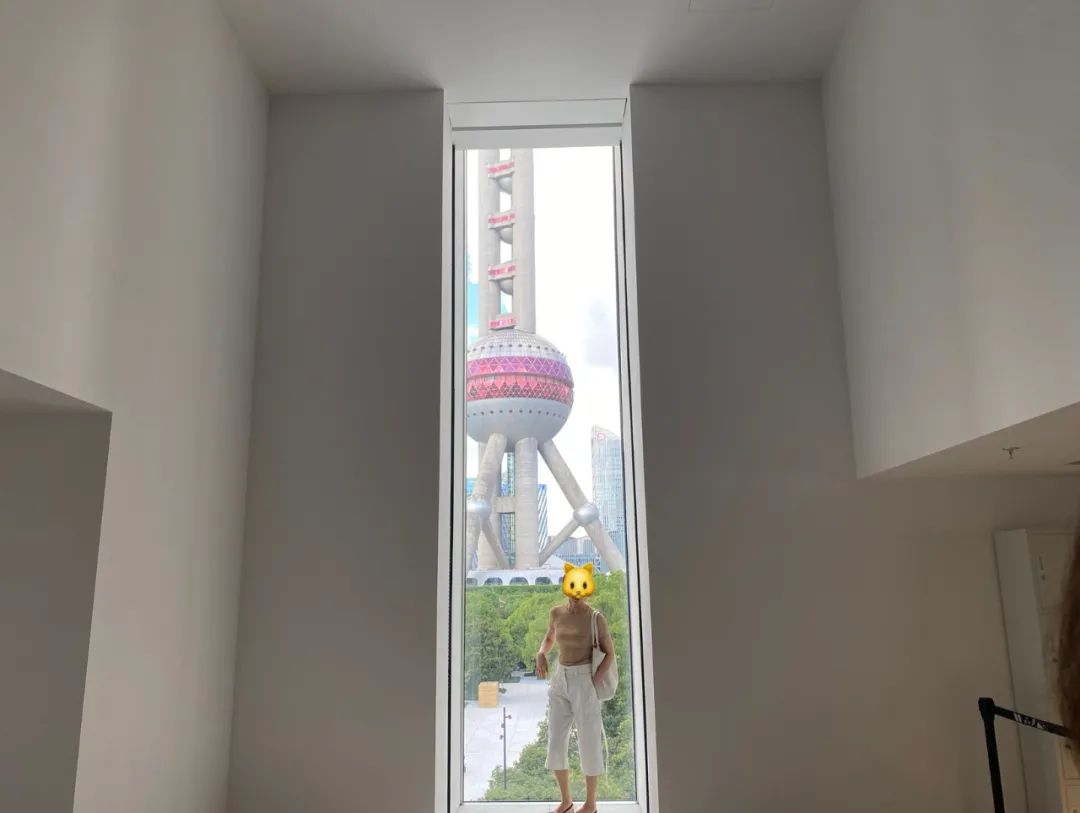
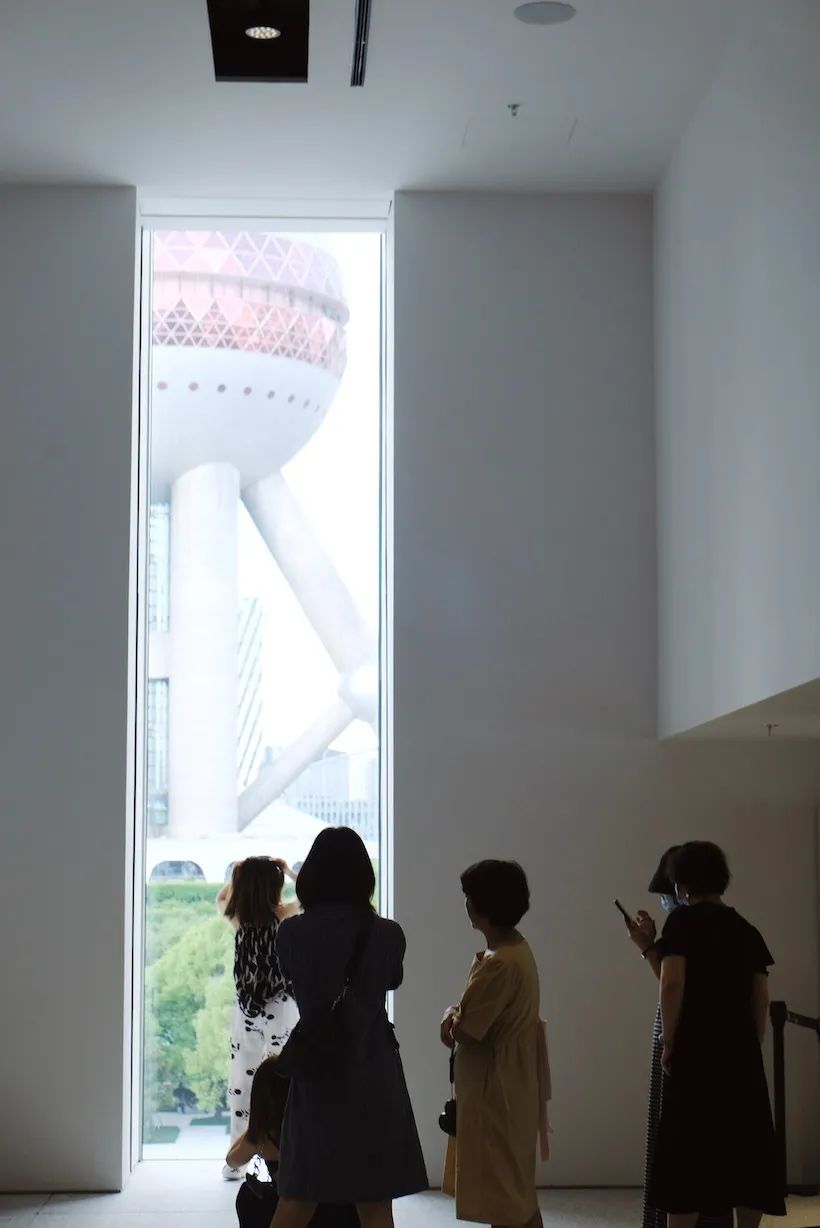
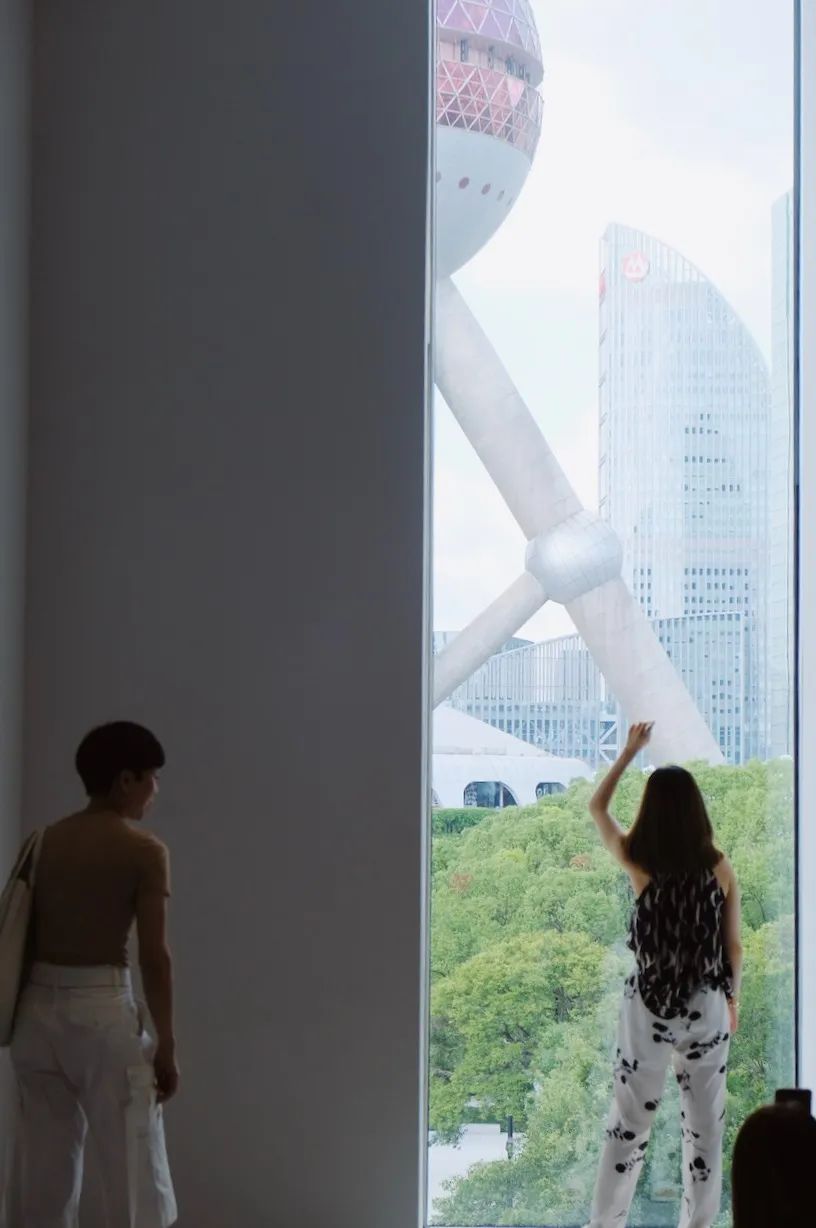
Easter Egg 6: Be sure to go to the terrace
Take the elevator from Miro's exhibition on the 4th floor to the terrace.
From the terrace, you can see all kinds of giant buildings around MAP, as well as an unobstructed view of the river. Buildings from all over the world are spread out before your eyes, and there are magical camera seats everywhere~
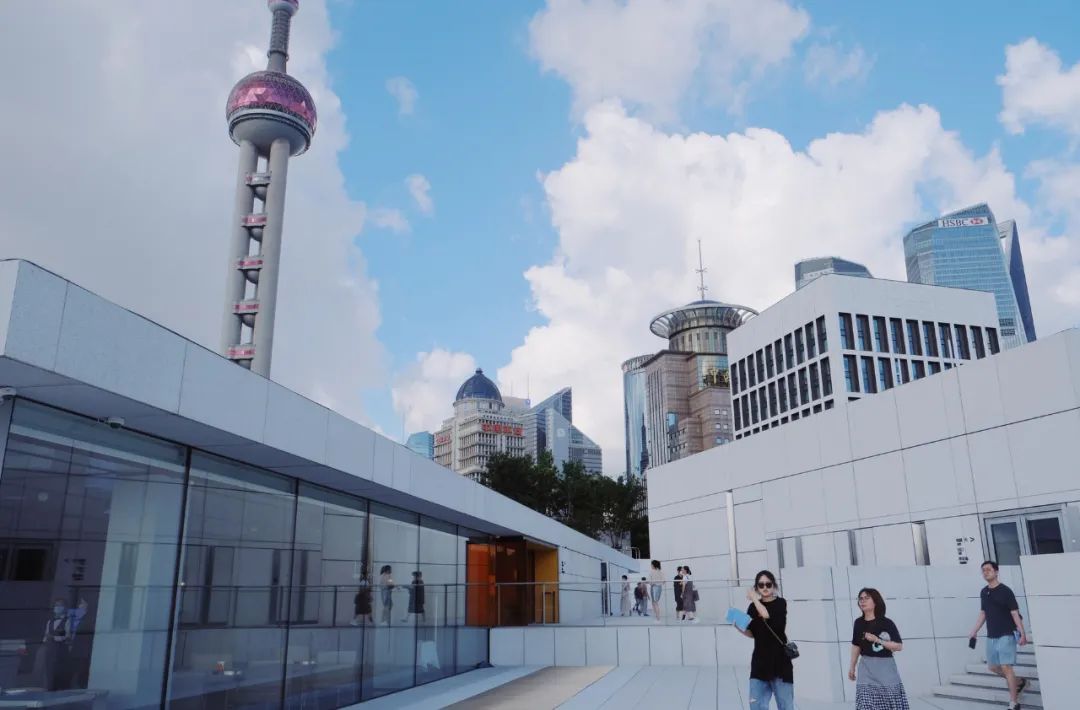
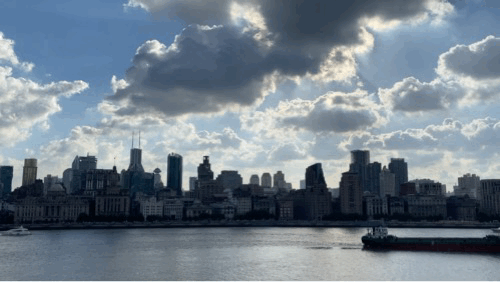
I was very happy to see a young lady pinching the Oriental Pearl Tower.
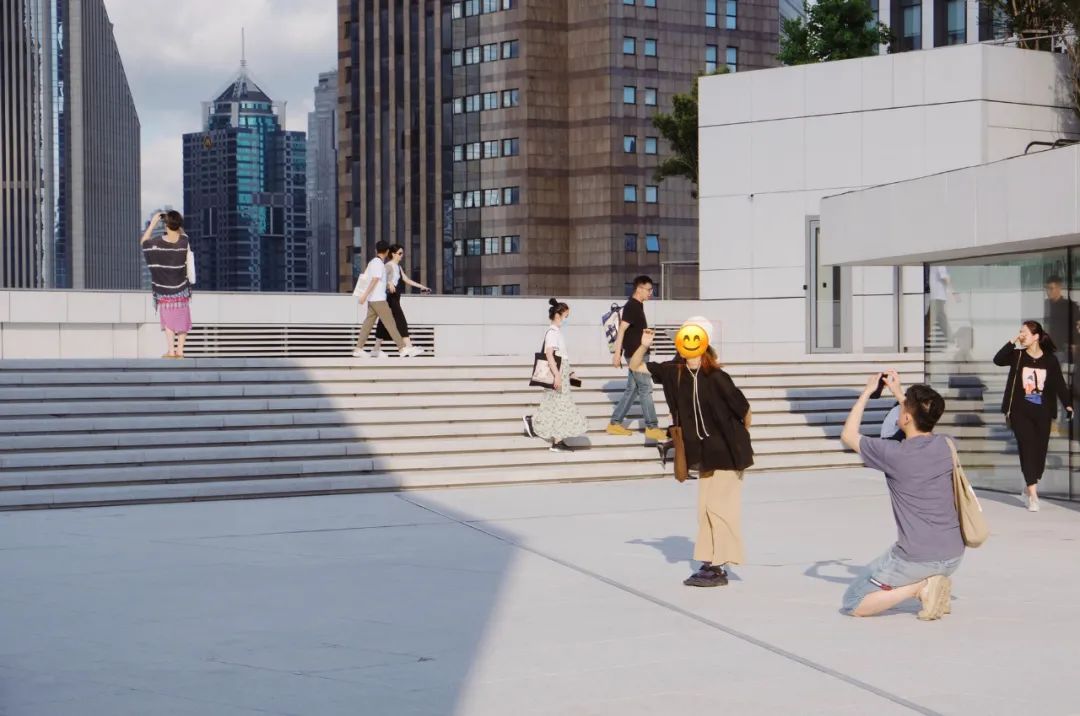
Easter Egg 7: Go to the art museum through the Bund Sightseeing Tunnel
A magical way to get to the Pudong Art Museum: through the Bund Sightseeing Tunnel.
Downstairs from the Pudong Art Museum is the entrance and exit of the Bund Sightseeing Tunnel. Shanghainese may be expelled from their household registration if they use it.
Passing through a tunnel with special effects of fifty cents from the beginning of this century, arrived at another contemporary art museum. The strong contrast made people dizzy.
What kind of experience is this? It can only be said that both are art.
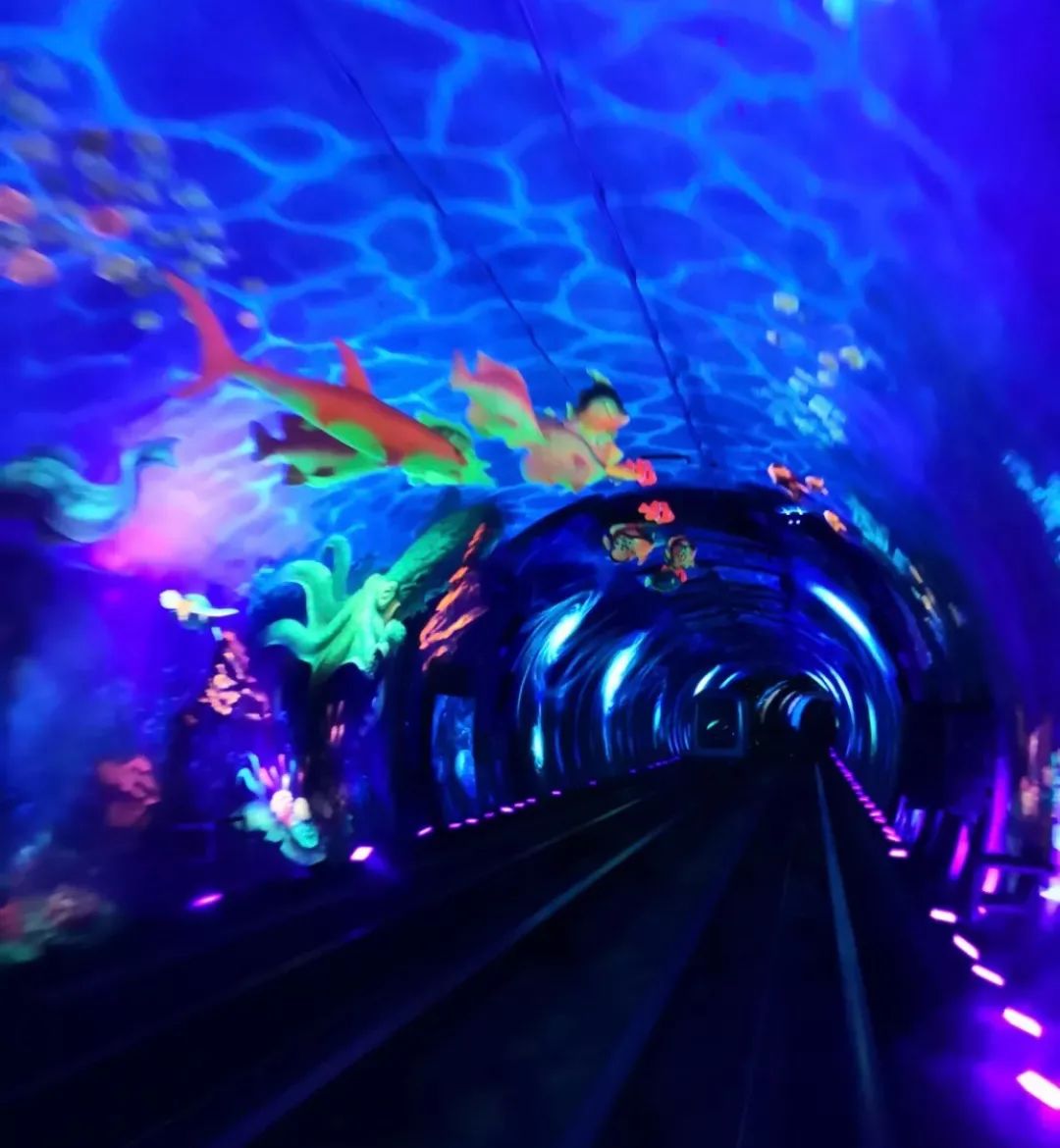
😇Tips😇
1. Exhibition specific information
📍 Address
No. 2777, Binjiang Avenue, Pudong New Area
⏰ Opening hours
Friday, Saturday and statutory holidays
10:00-21:00 (last entry time 20:00)
🚗 Transportation
Take Line 2 from Lujiazui Station and walk about 500m.
Taxi - Destination Pudong Art Museum
Drive - destination to nearby parking lot (tips below)
Bicycle - ride to the east bank of Pujiang River, bicycle parking lot
🅿️Parking
The museum parking lot is currently not open to the public.
There are three parking lots nearby:
1. Fudu Binjiang Parking Lot
2. Shanghai International Convention Center parking lot
3. Super Brand Plaza parking lot
For more information about viewing the exhibition, please visit Pudong Museum of Art’s official Q&A
2. If you want to watch it carefully, I suggest you go as soon as it opens in the morning. There are night shows on Fridays and Saturdays.
The richness of the exhibits this time is definitely beyond everyone’s imagination, and there is a lot written on it. Although there are many people on weekends, there are night clubs. The night view of the buildings of all nations can be seen in the Hall of Mirrors, which is very shocking.
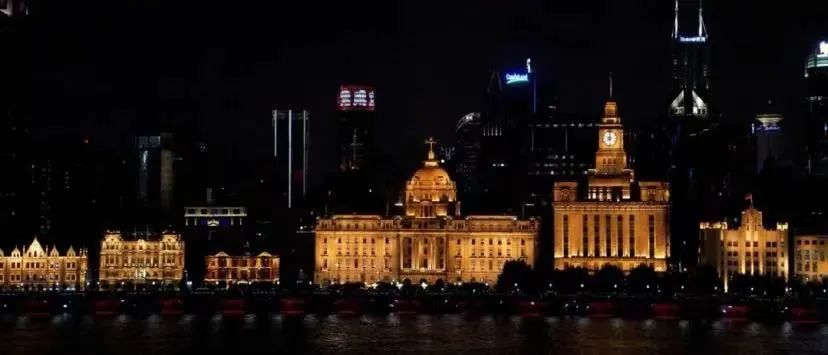
Picture from from 🍠: Escape_Summer
3. Try not to wear high heels!
Although it is just moving within a building, it is easy to exceed 10,000 steps, and 20,000 steps is also a KPI that can be easily achieved.
4. Bring a jacket if possible!
The temperature in the museum is 20 degrees all year round. Especially children and the elderly are prone to colds🤧
There is a storage room on the first floor, where you can scan the code to store your bags. There are also dedicated staff responsible for helping you store your luggage and clothes.
5. It is recommended that the mobile phone be fully charged before use
Every work here is very good, and many of them are hard to get at once. You can go home and savor them carefully, and learn about the relevant history.
Judging from the current concentration of exhibits in the museum, it is really easy to run out of battery on your mobile phone while taking pictures. You can rent power banks at the service desk on the first floor and in the storage room on the first floor, but the number is limited.
If you like the paintings, you can take them home and look at them again and again.
6. Places to eat
I just mentioned that there is a coffee shop on the first floor that MAP cooperates with Seesaw. It has coffee, desserts and bread, but it is very crowded! You can also bring some dry food in, and be careful to pick up the trash.
There is also a restaurant on the terrace, which costs about 200 per person. It is a semi-buffet style and the environment is very fancy.
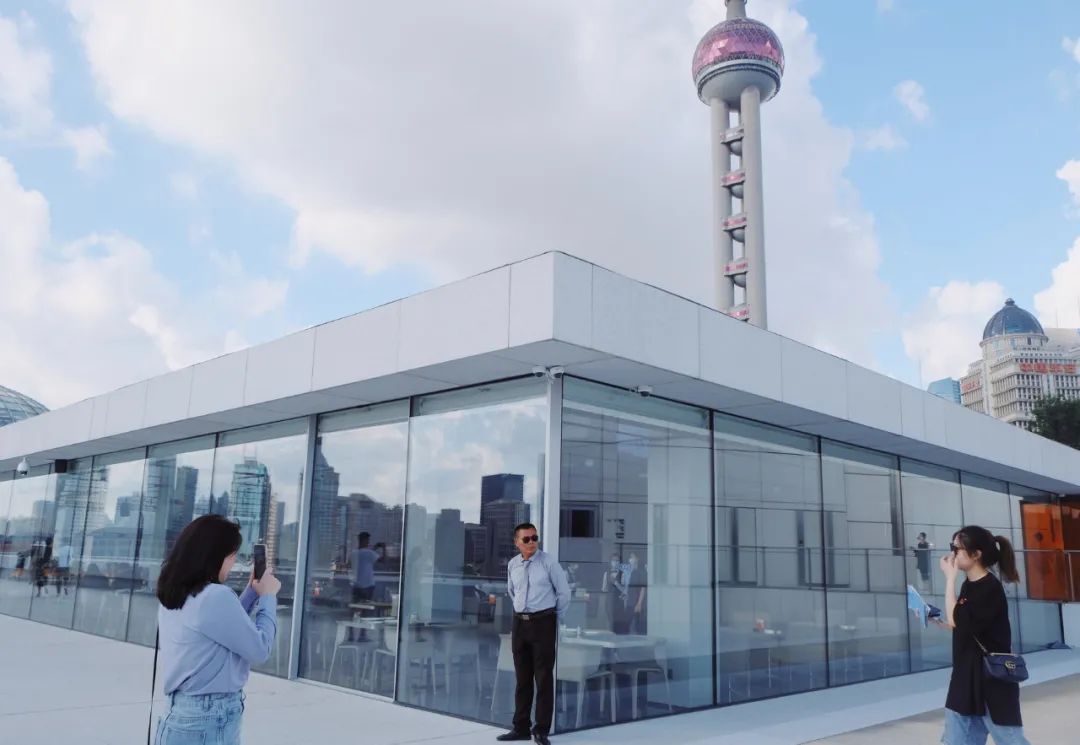
7. Do your homework in advance
In order to understand the exhibition more clearly, it is important to prepare in advance.
I would like to recommend to you some that I found during my research for this exhibition that are worth listening to and watching.
On the way to the Pudong Art Museum, I listened to the "B-Side Radio" podcast twice, which will give you a better understanding of the awesomeness of this exhibition.
After I came back, I listened to the Key Words on the right again [Exhibition Campaign · Part 2] Pudong Art Museum. The guest said that "Ophelia" was just average, haha
